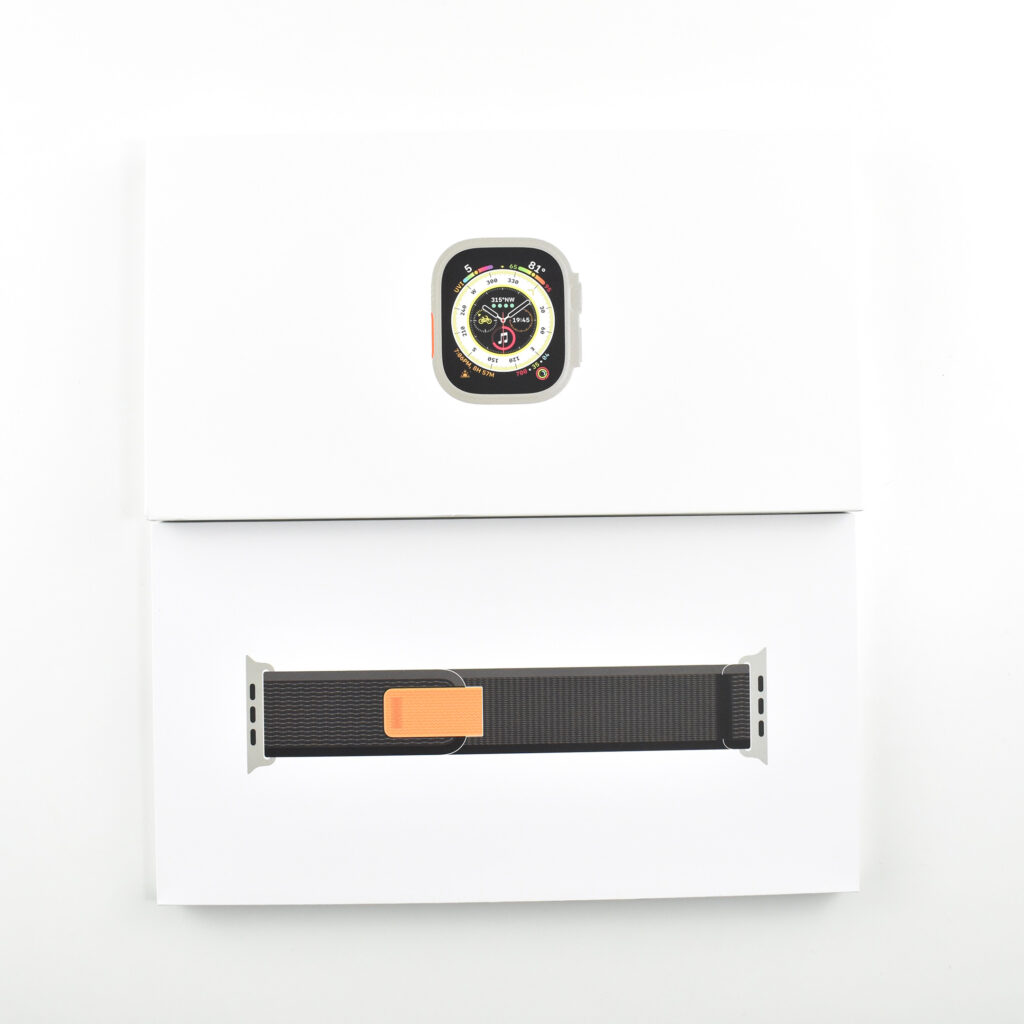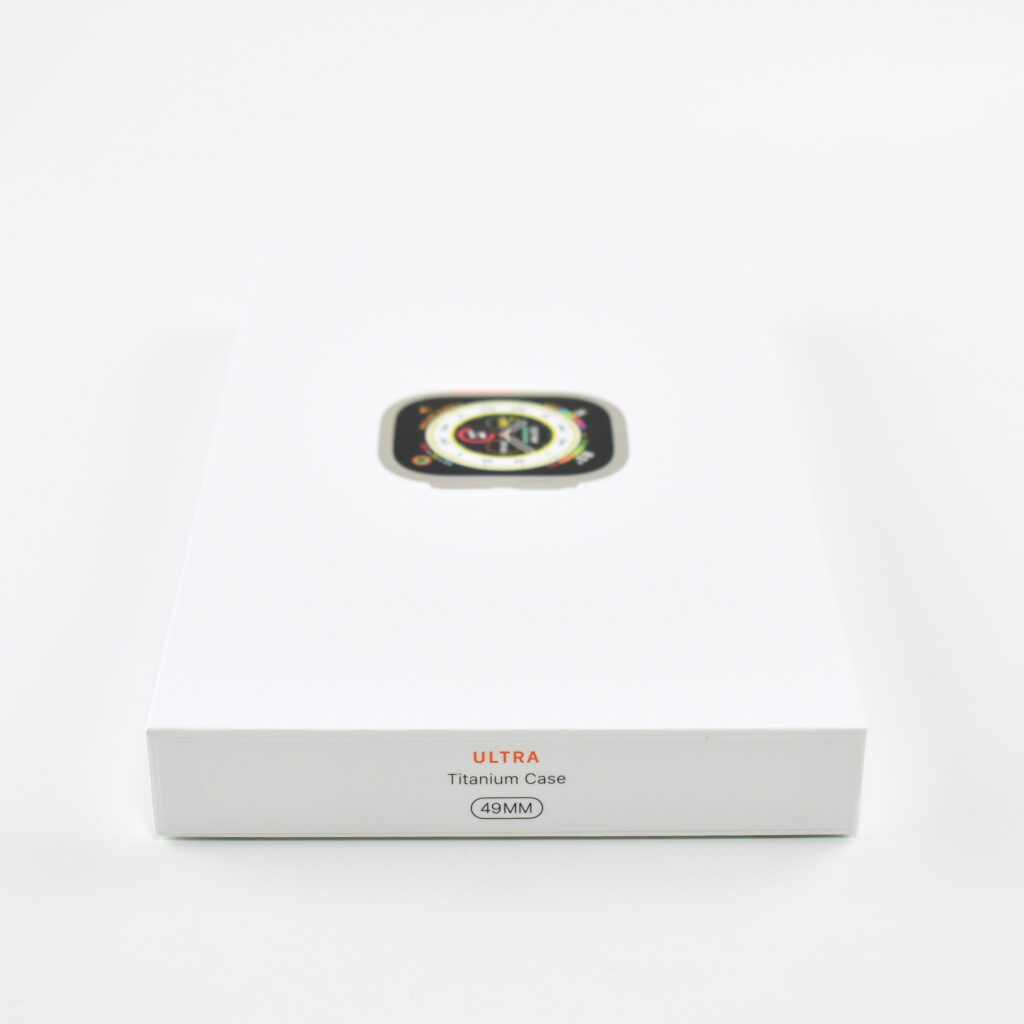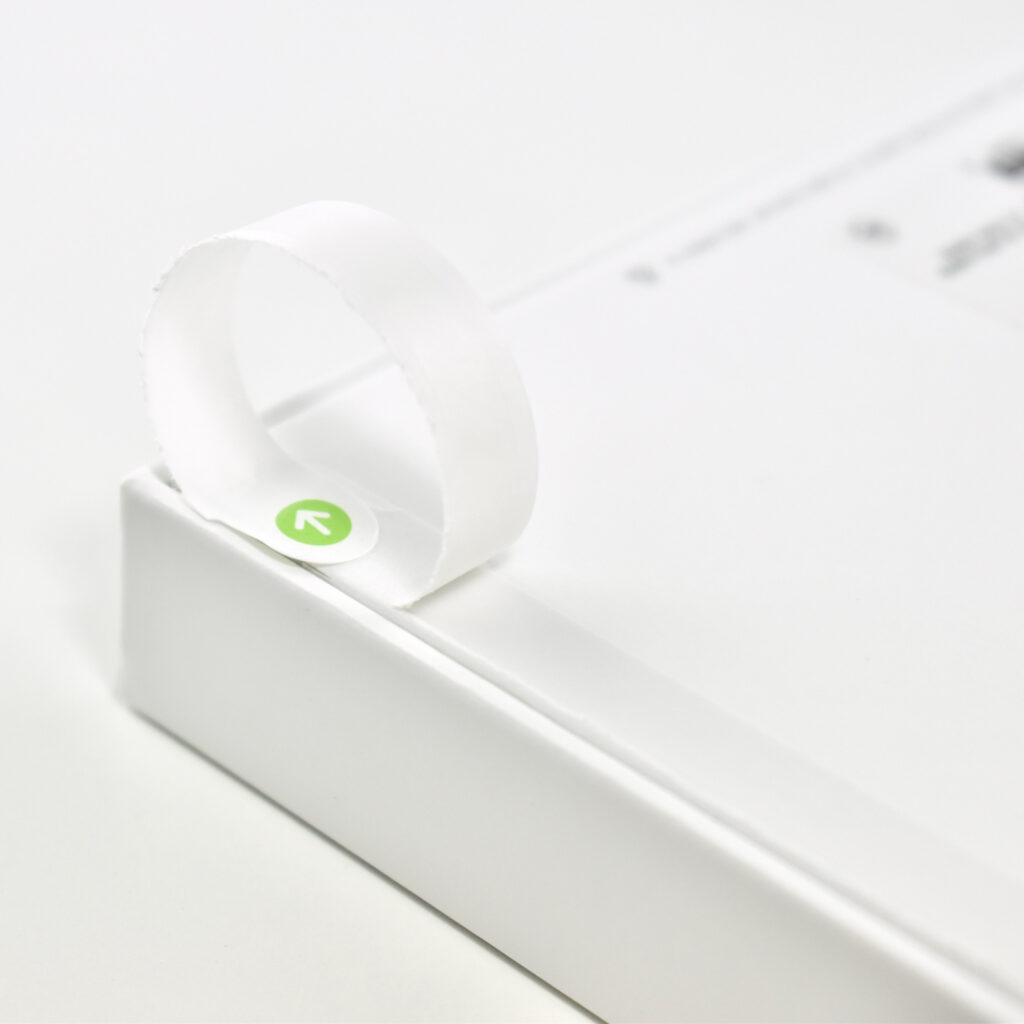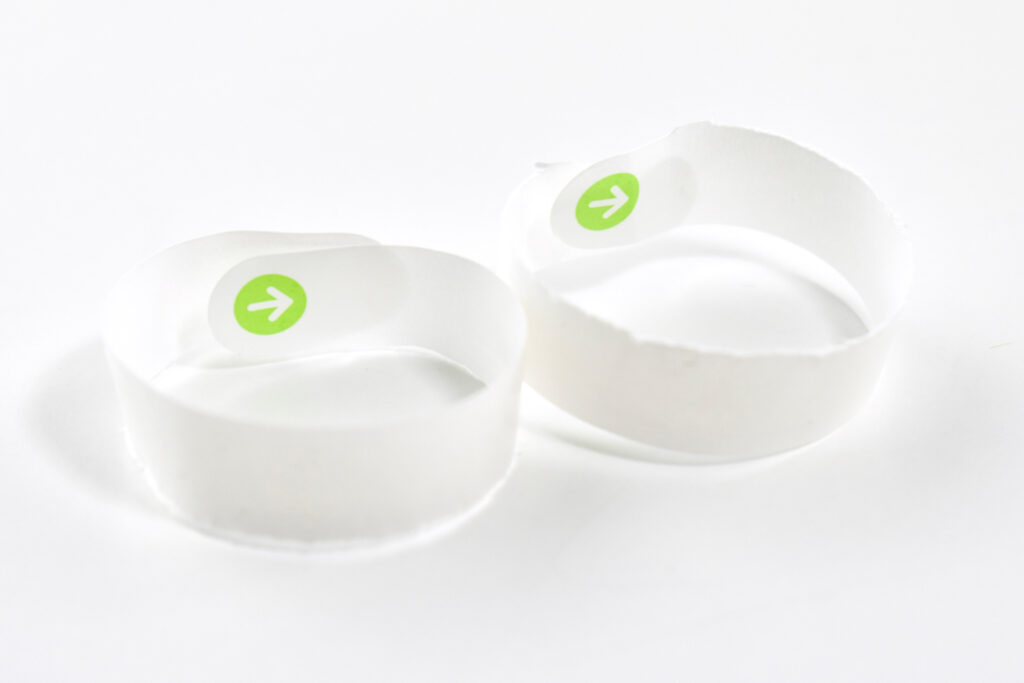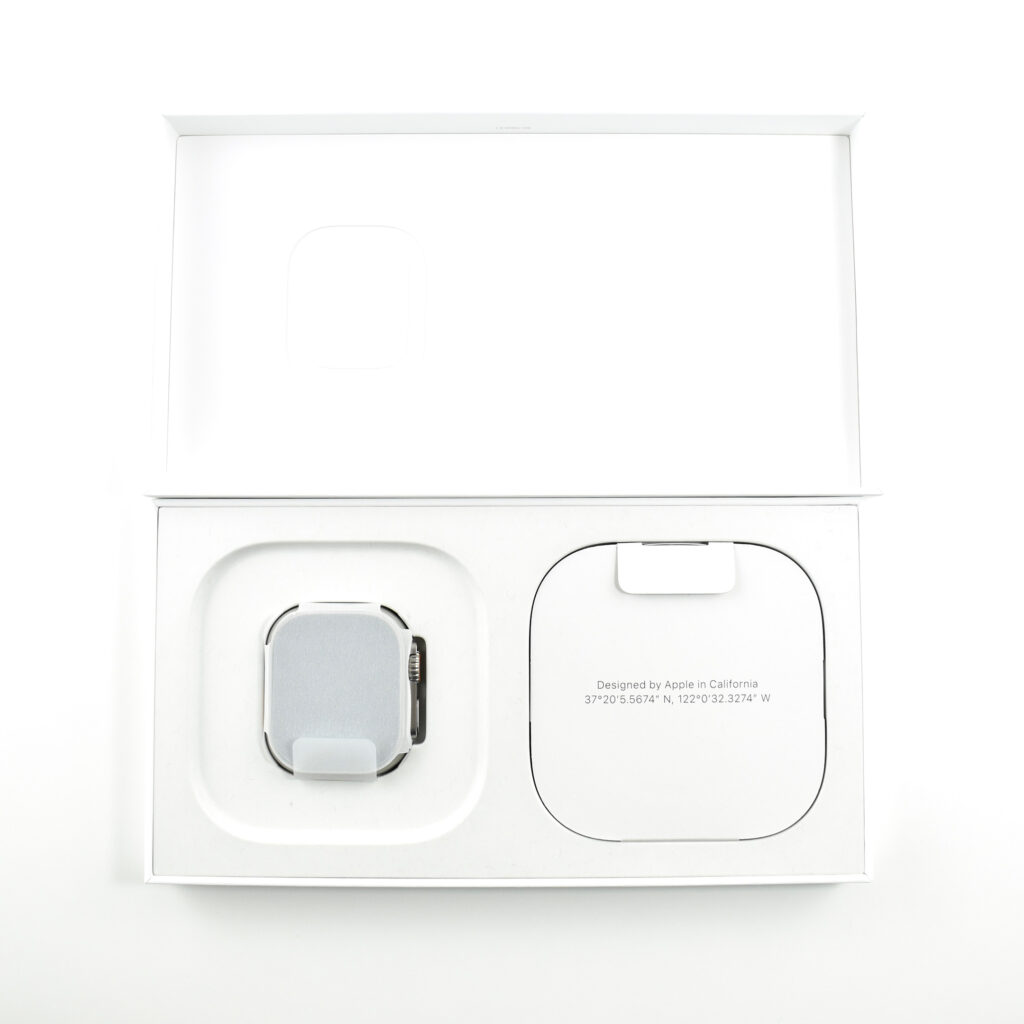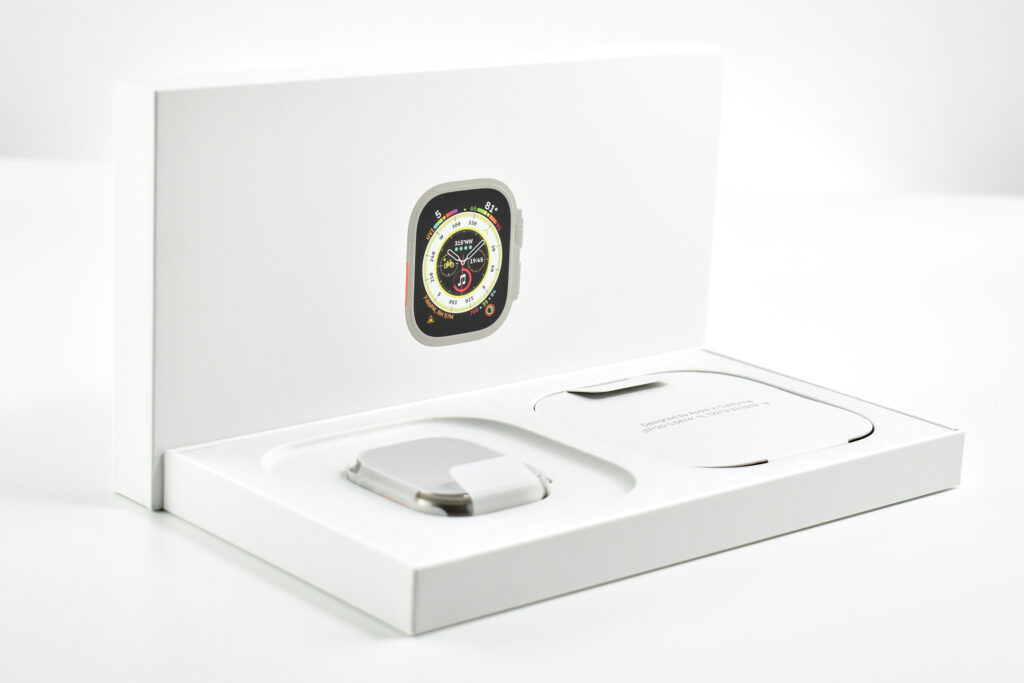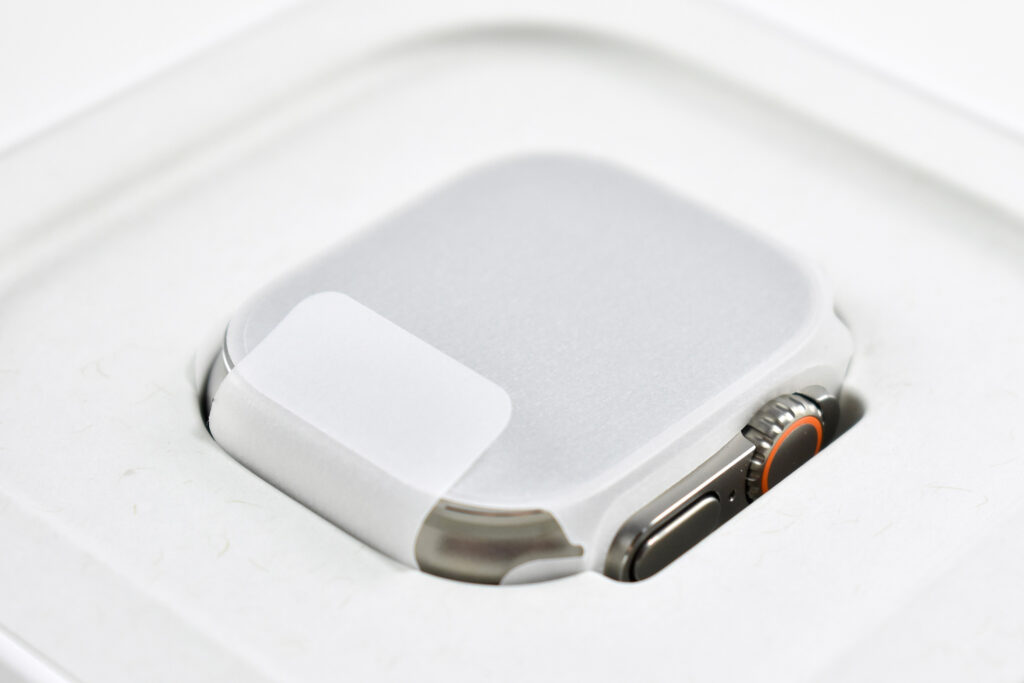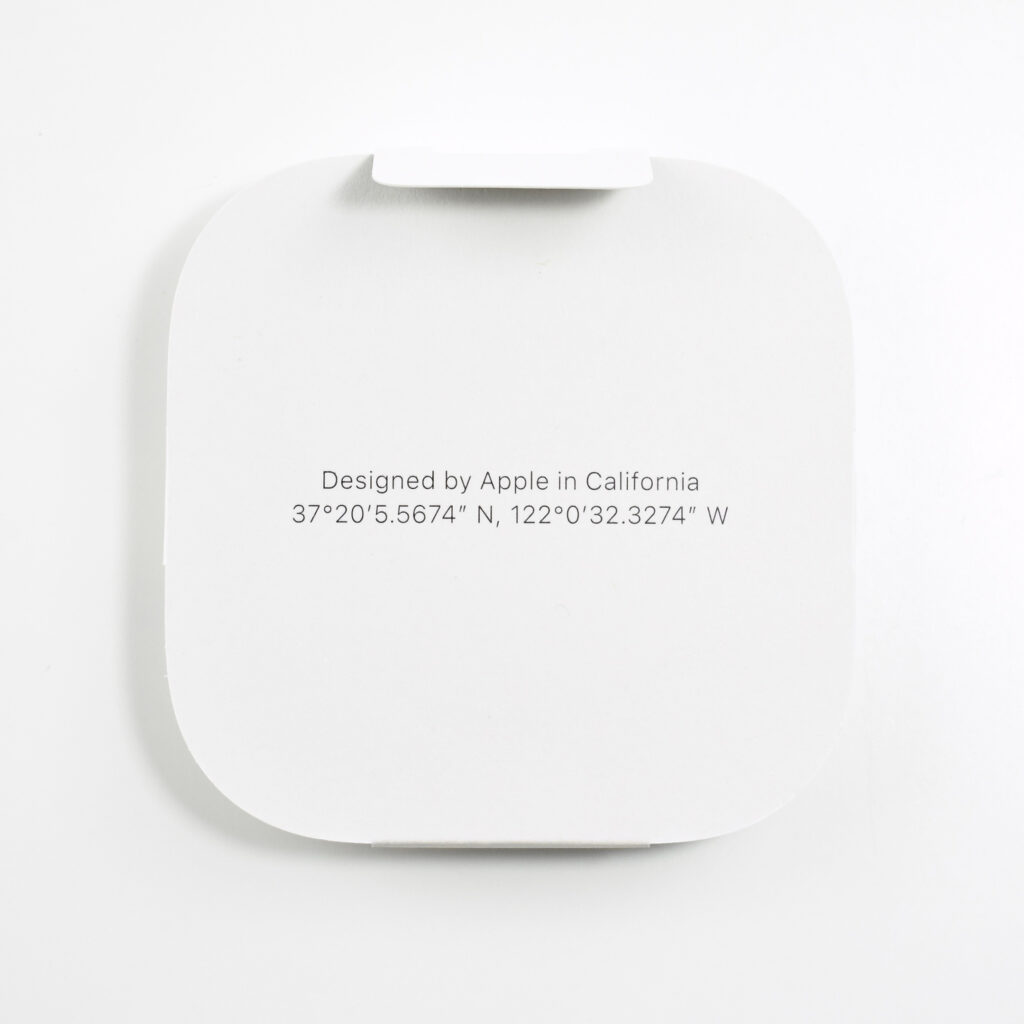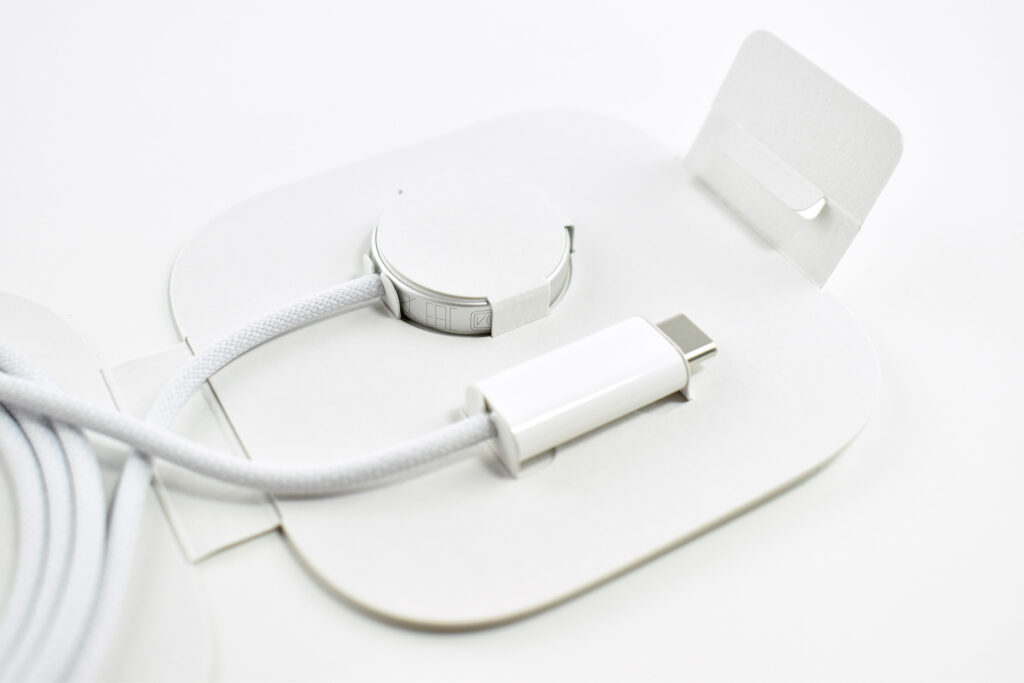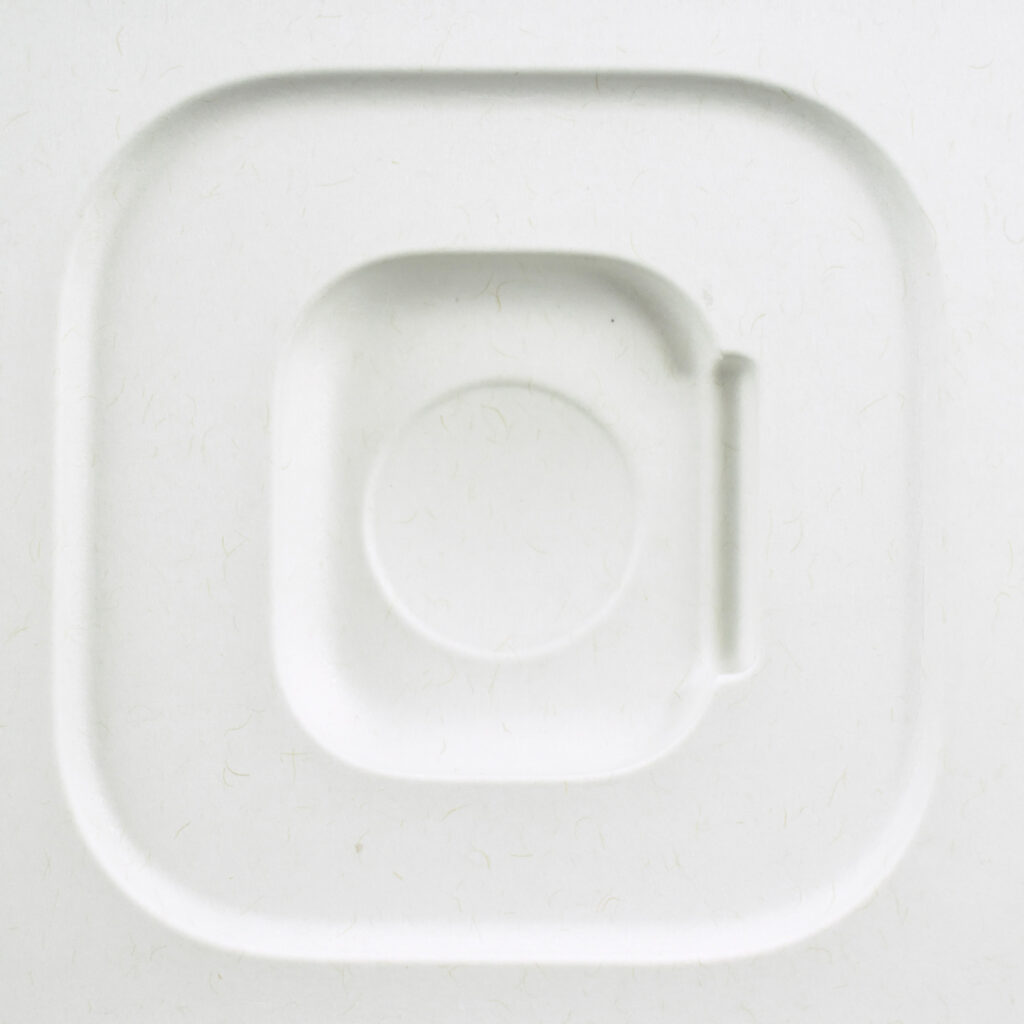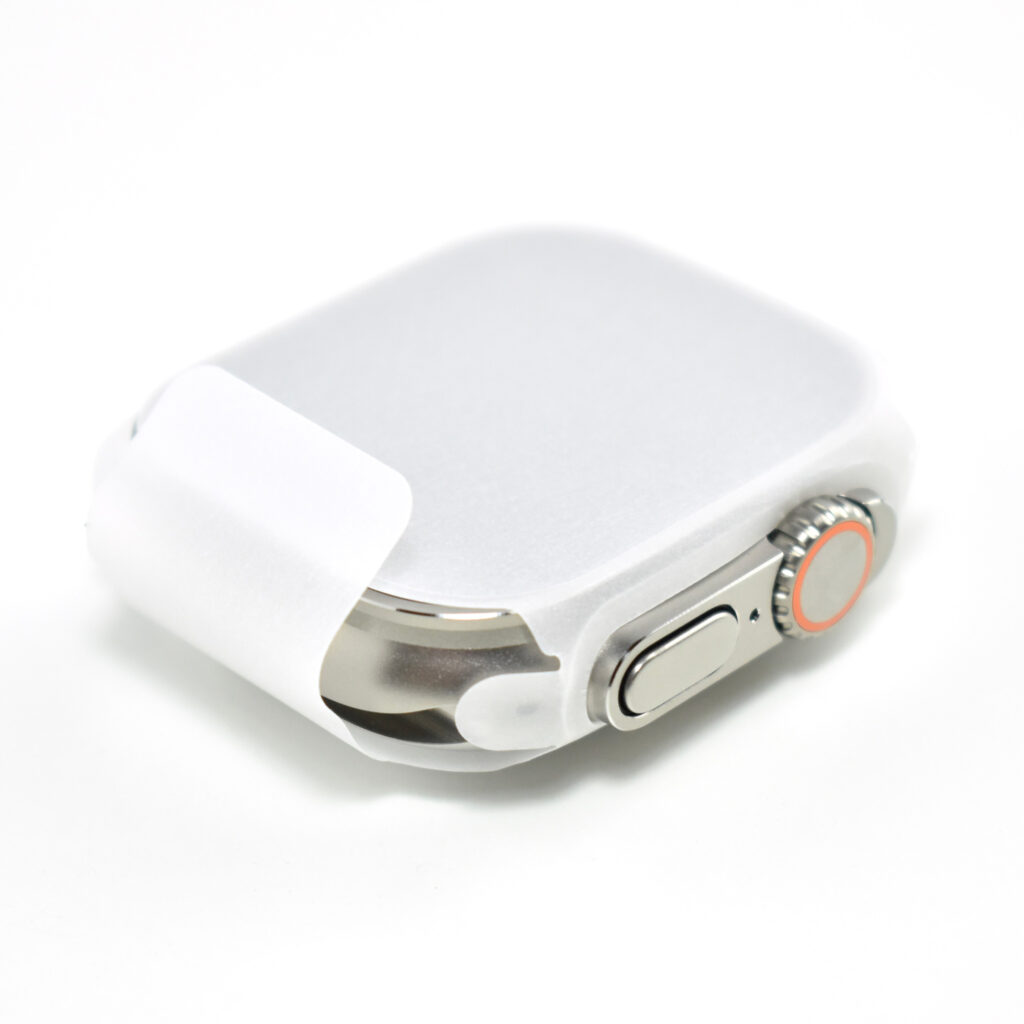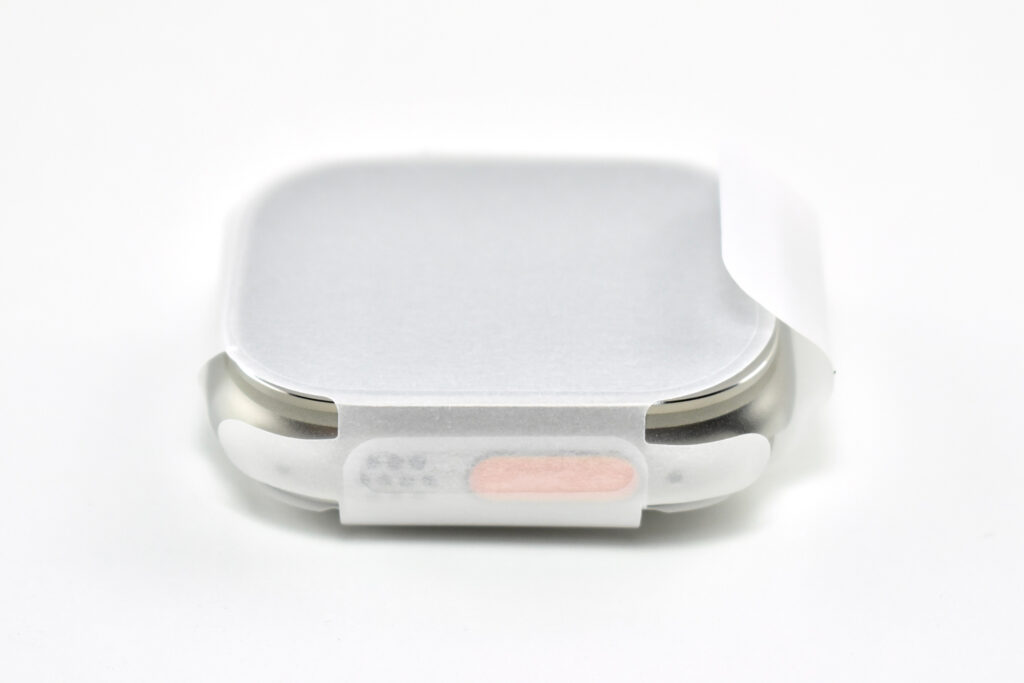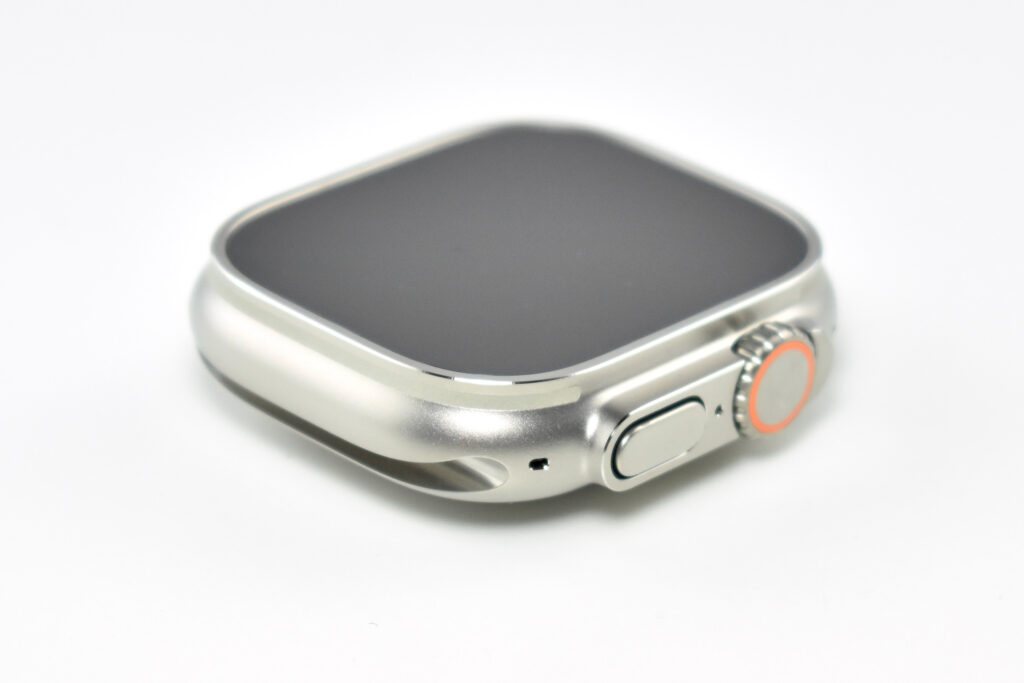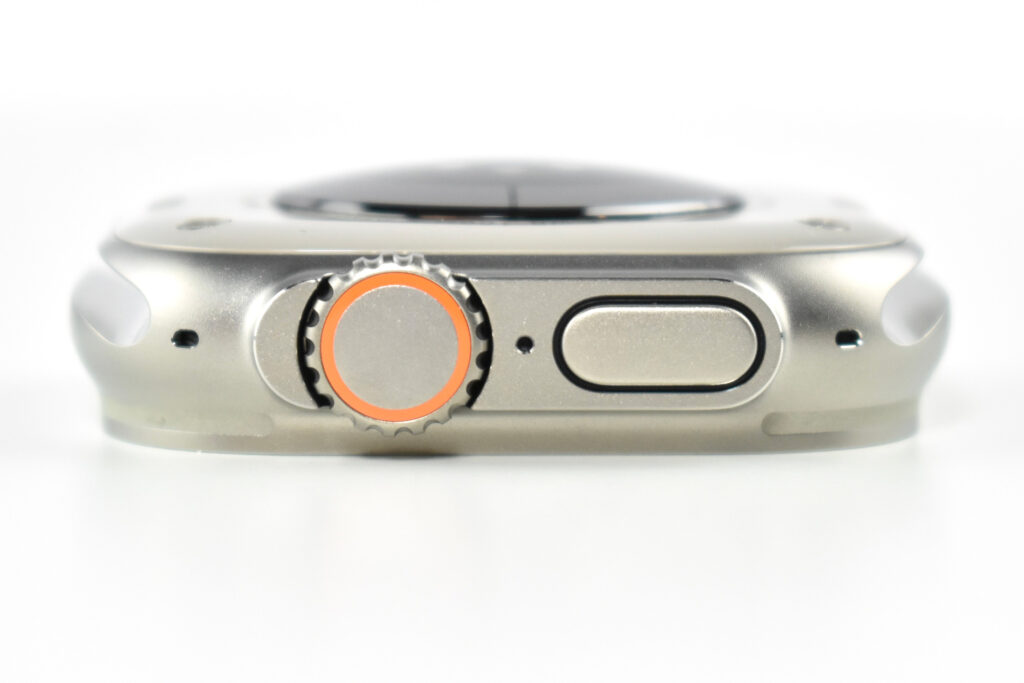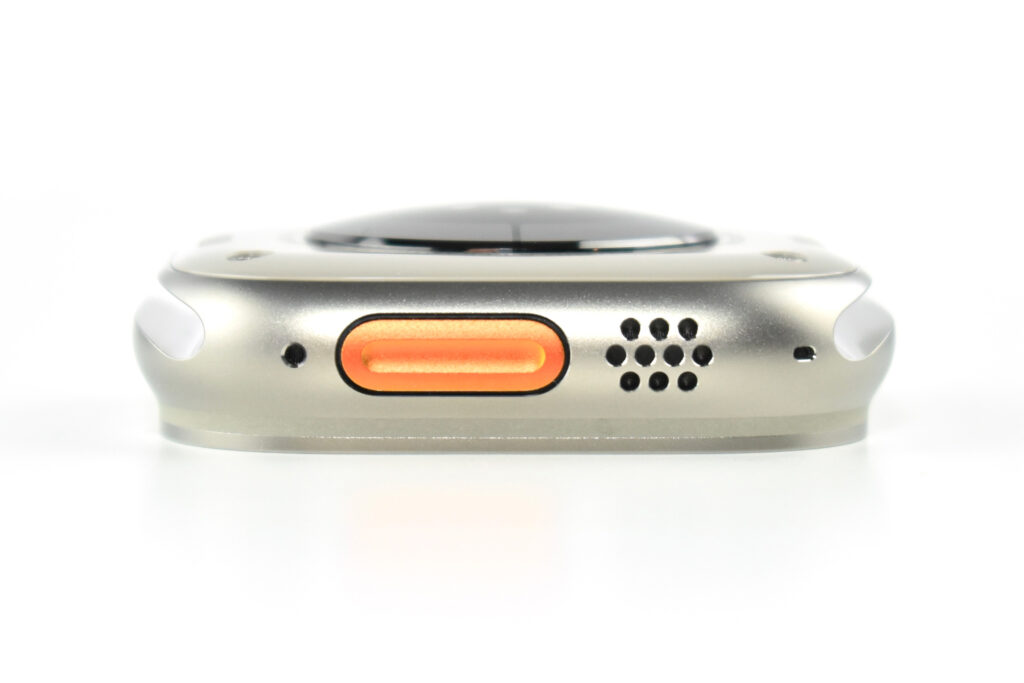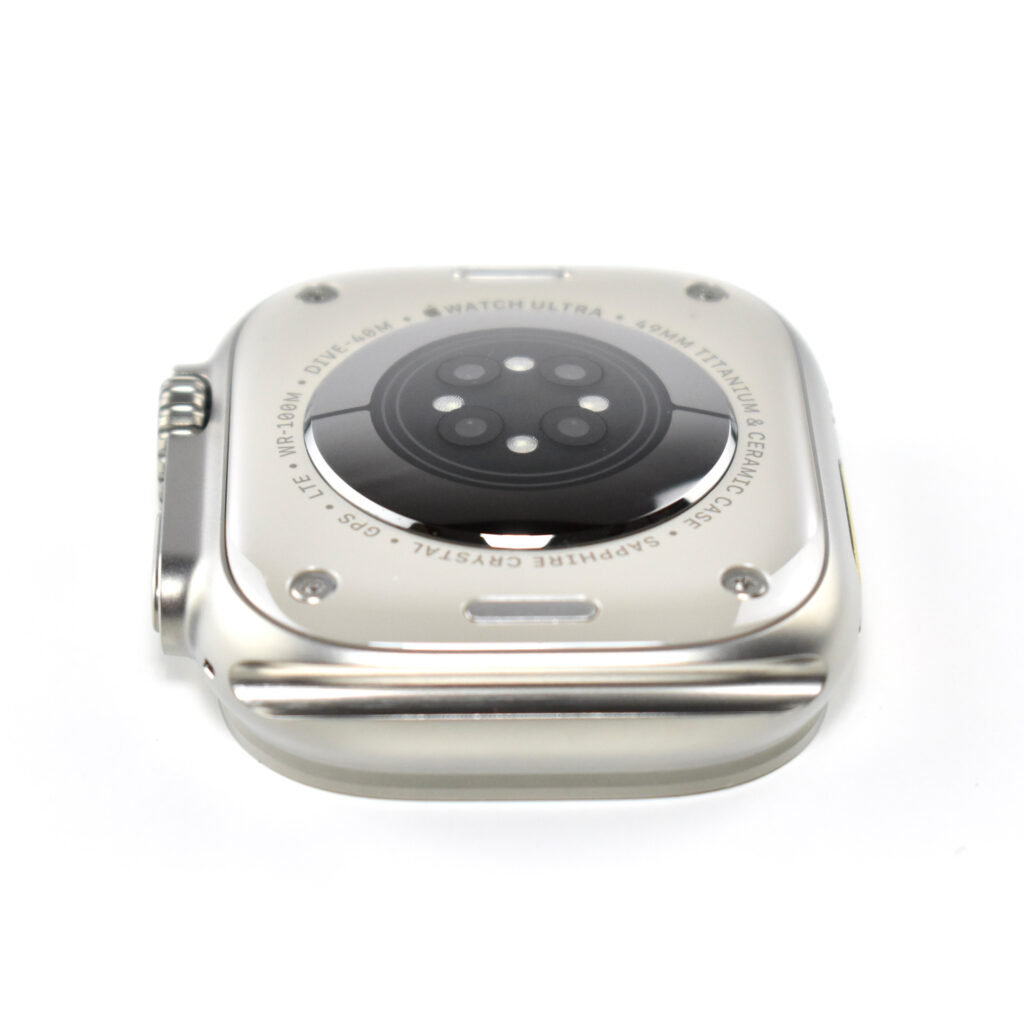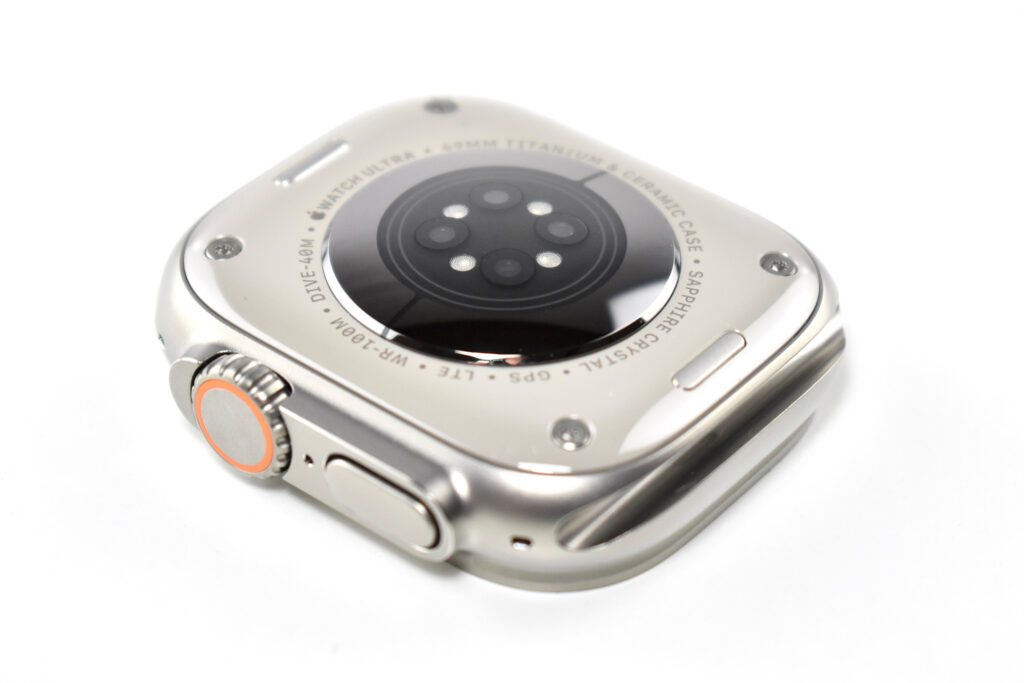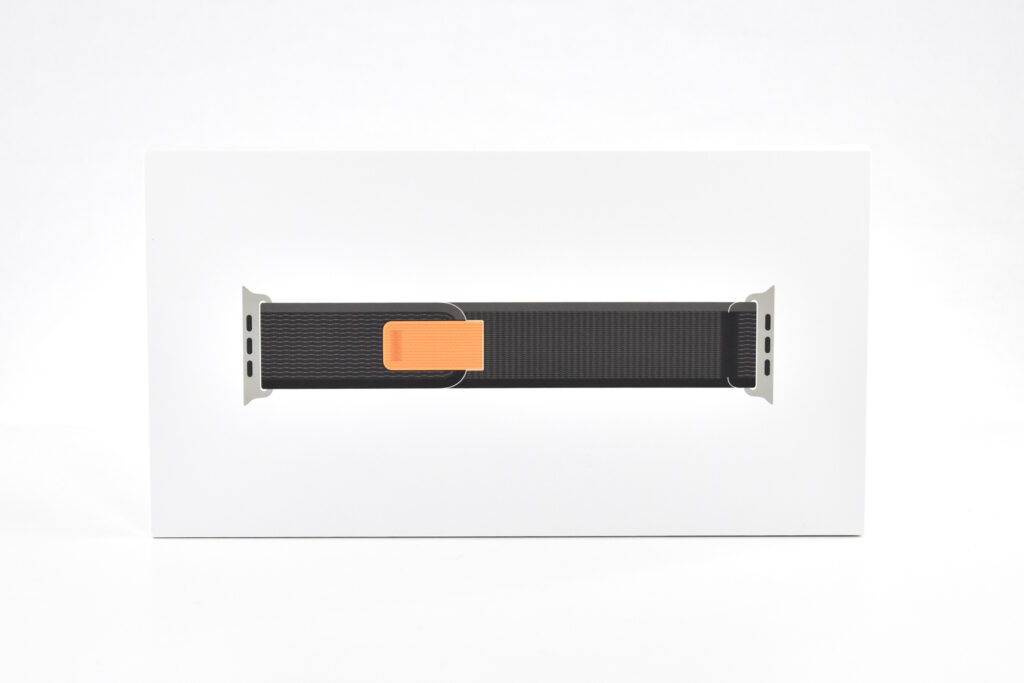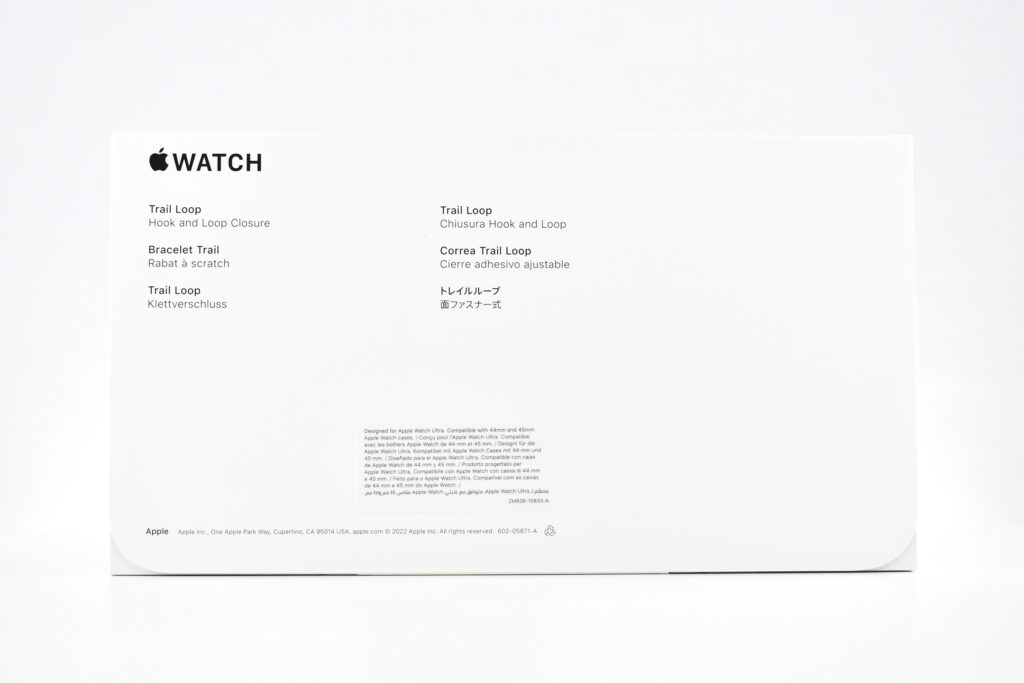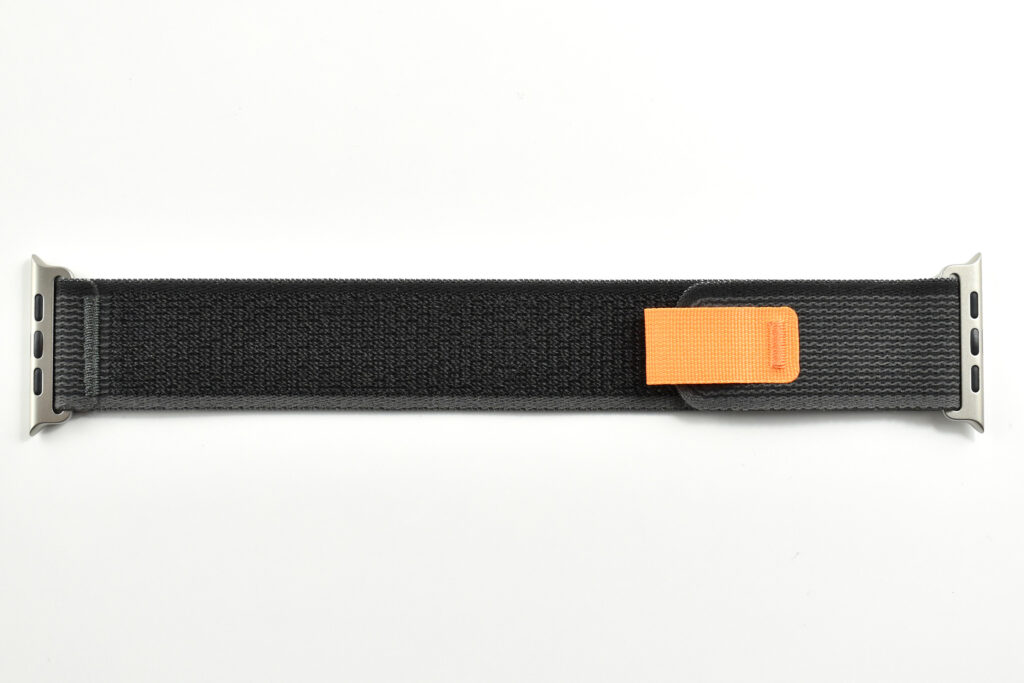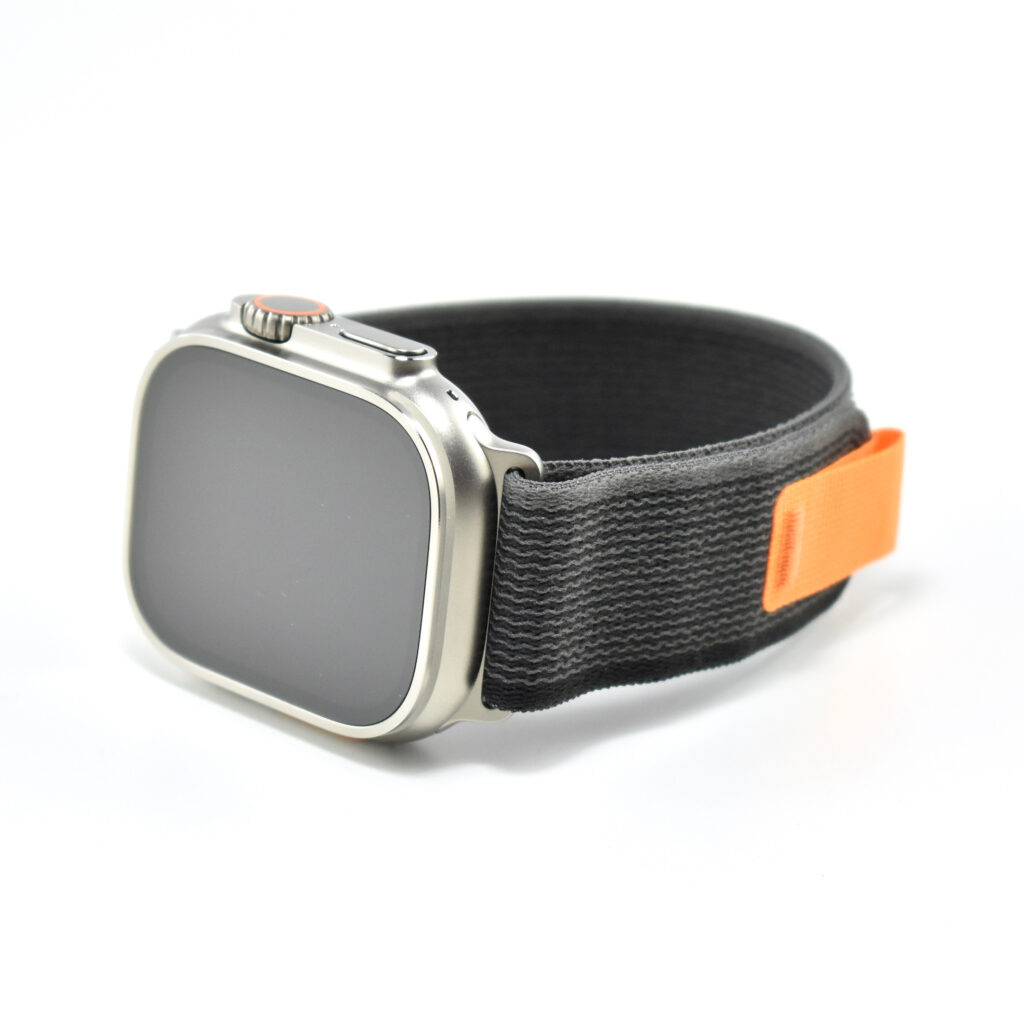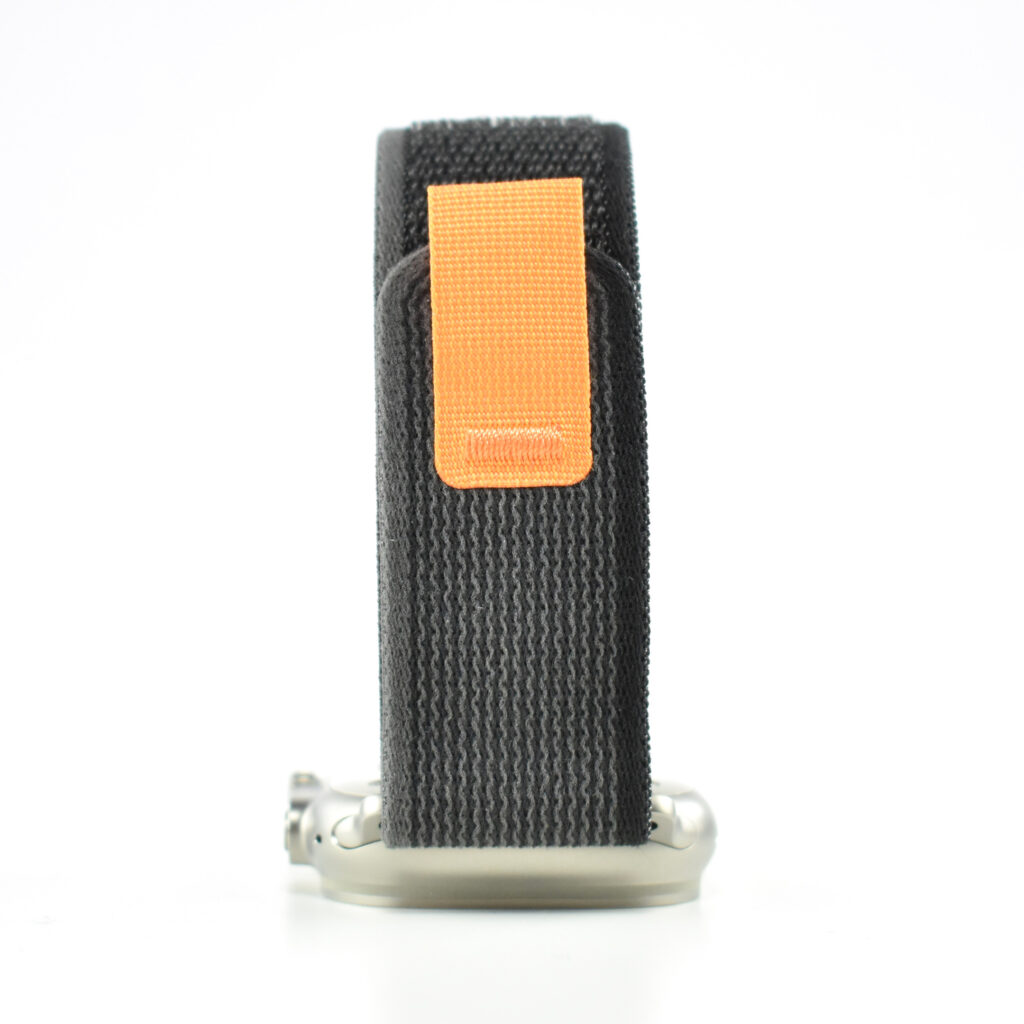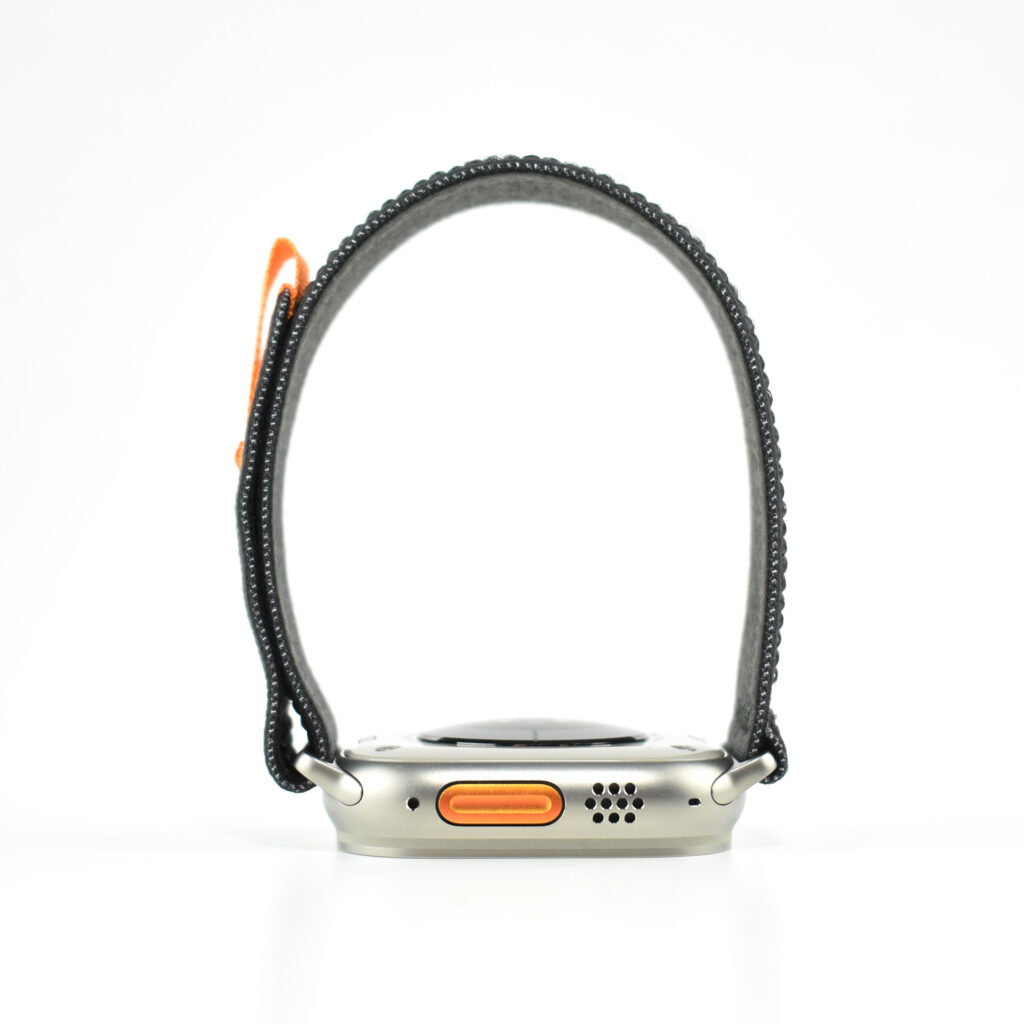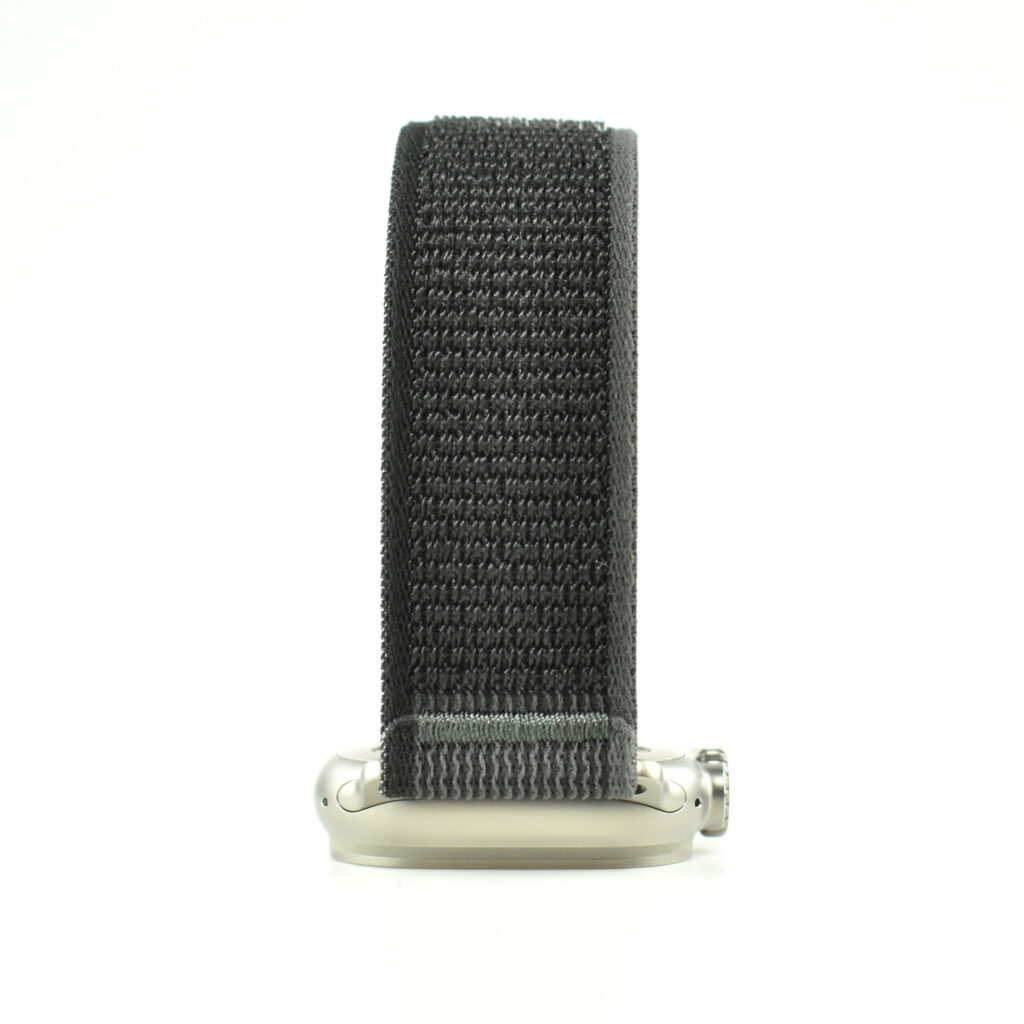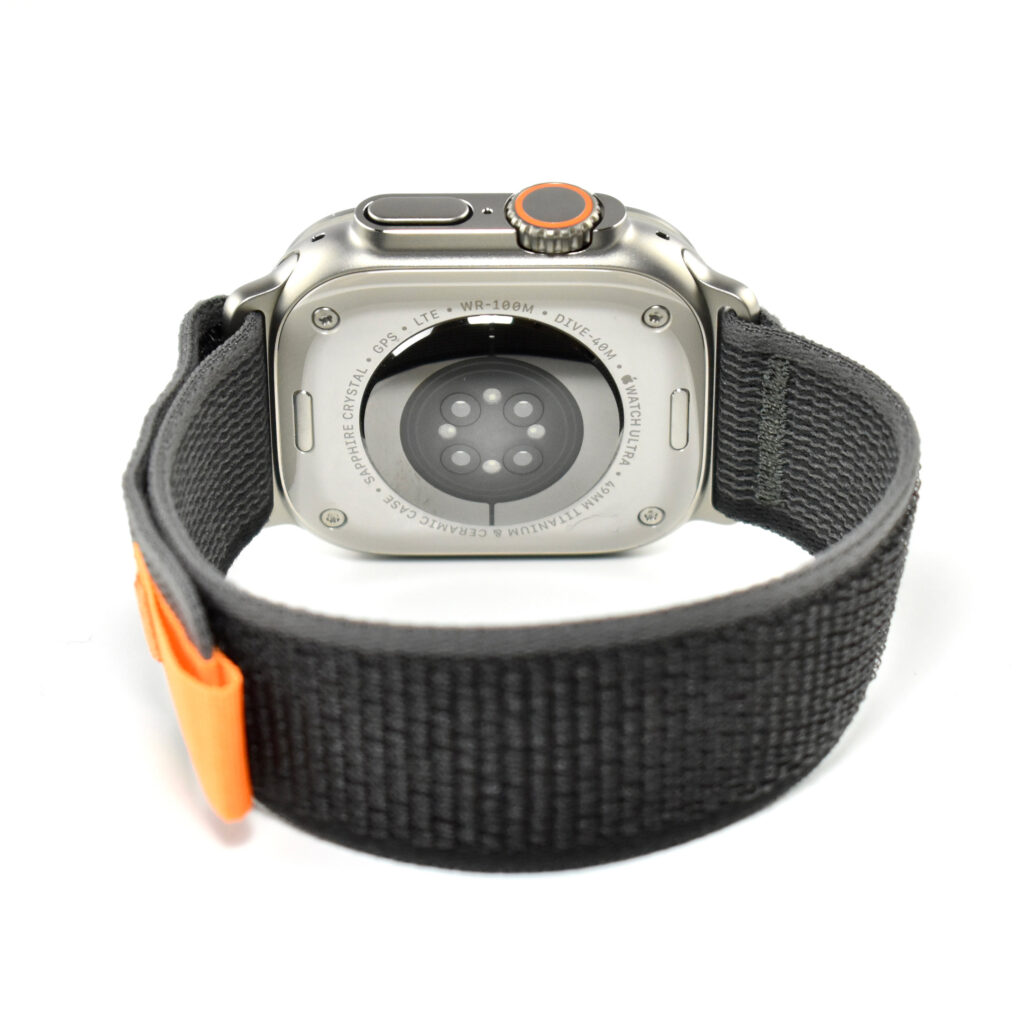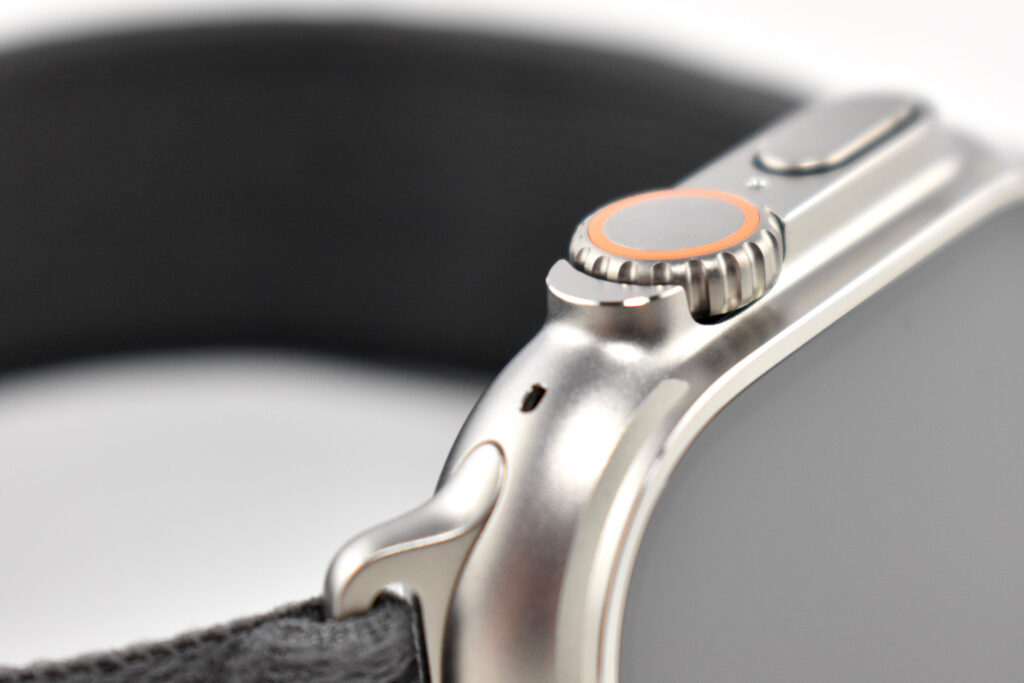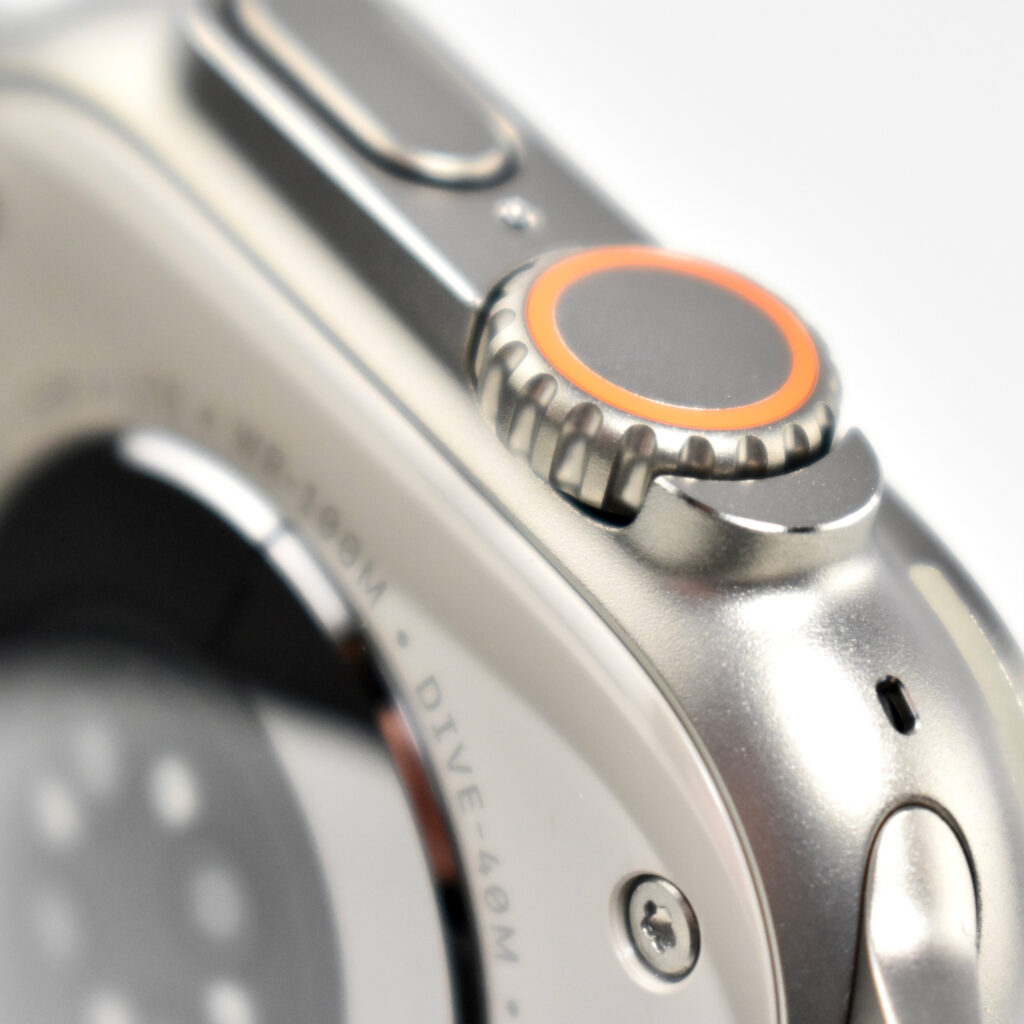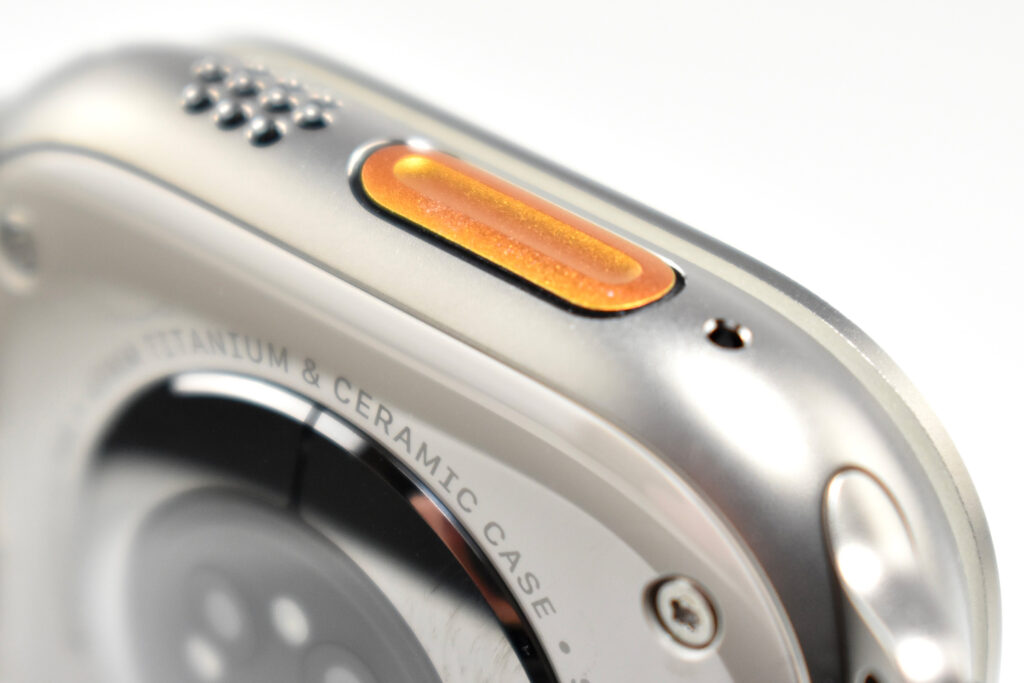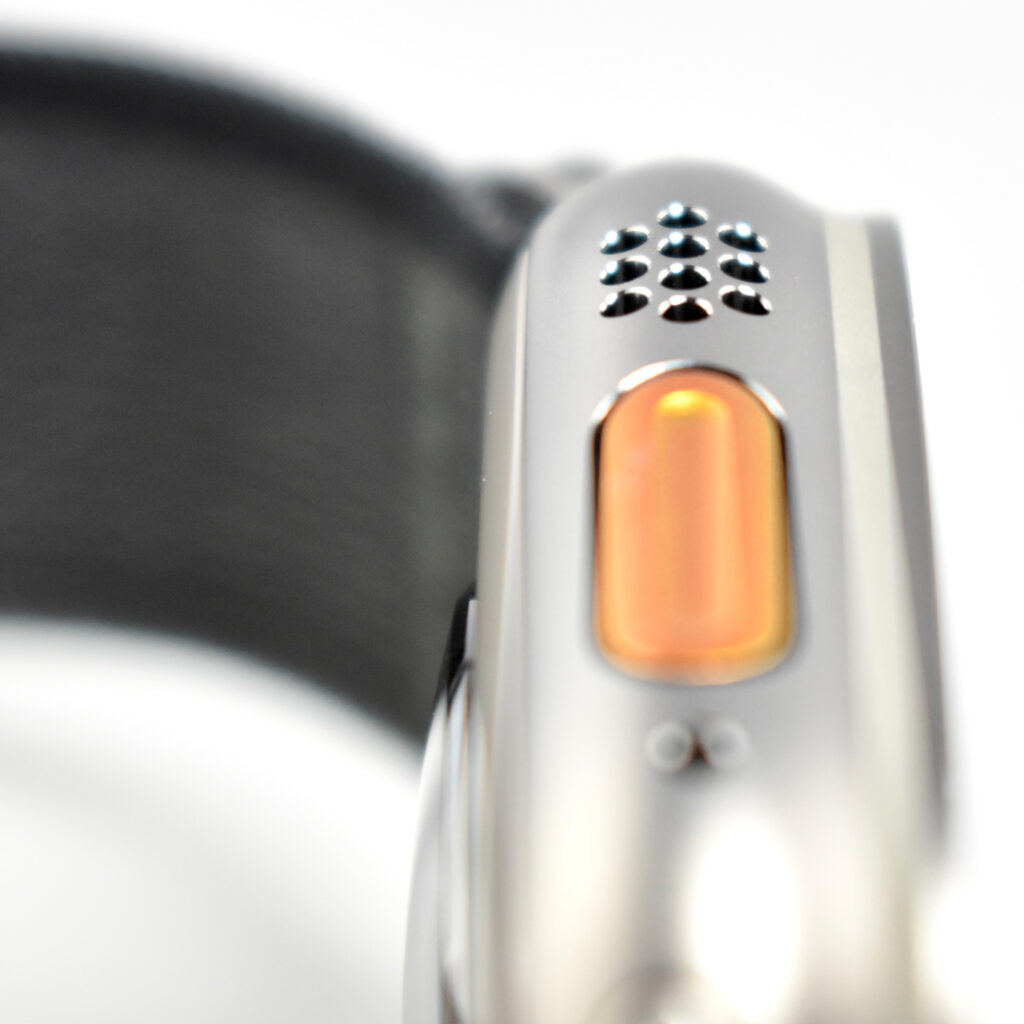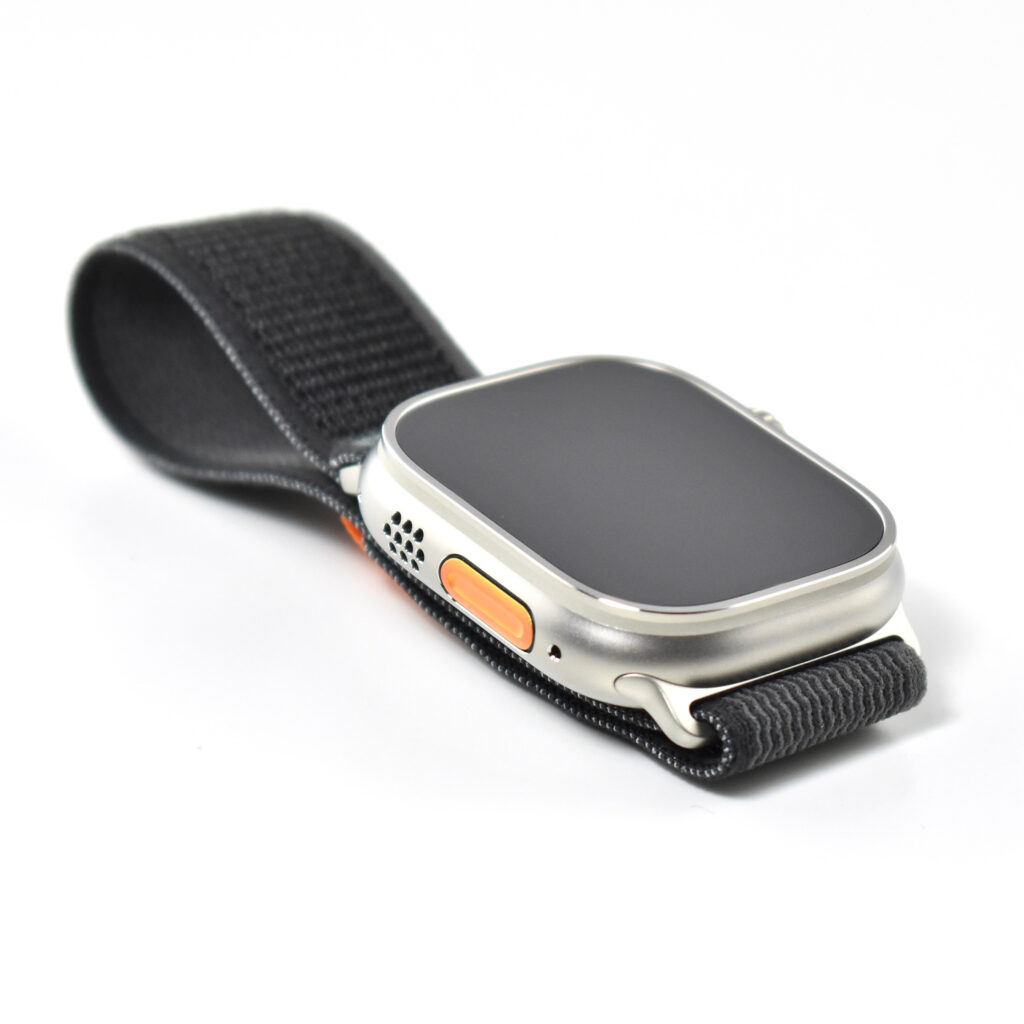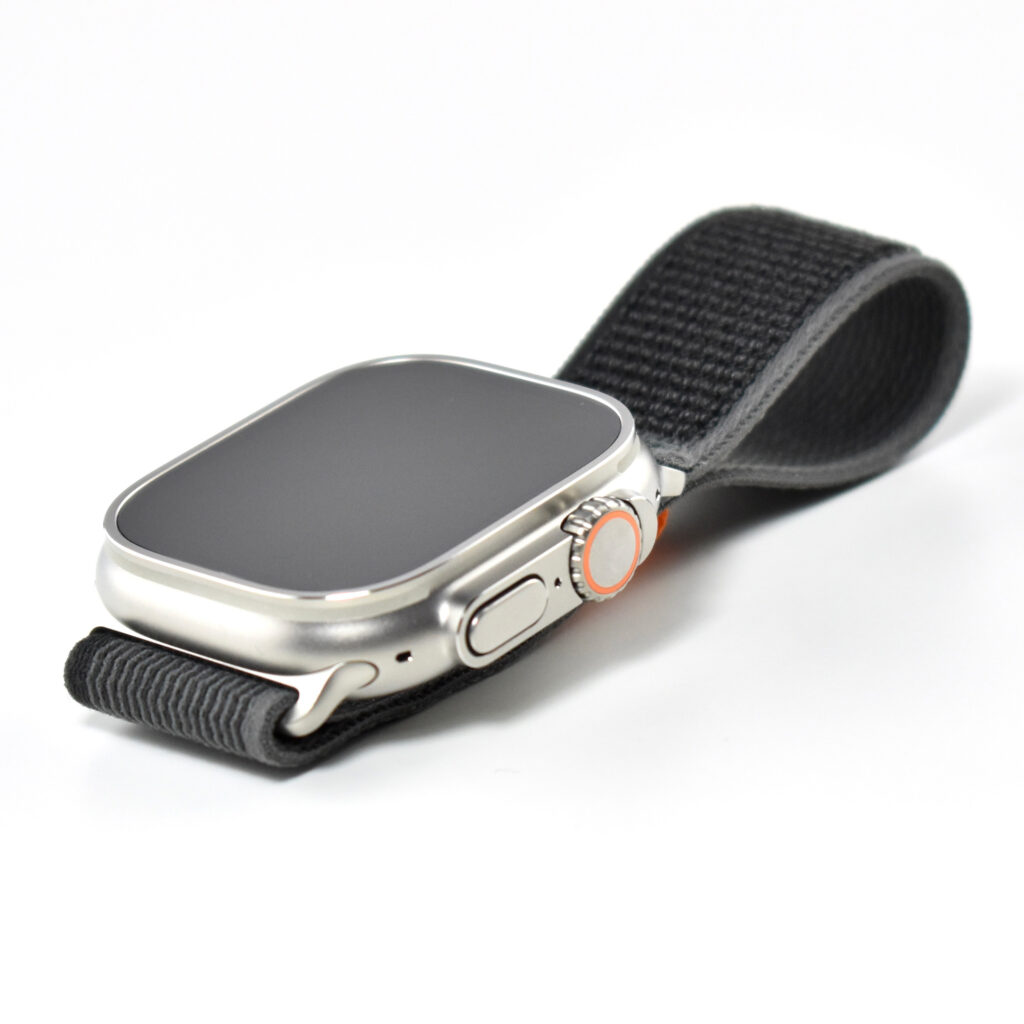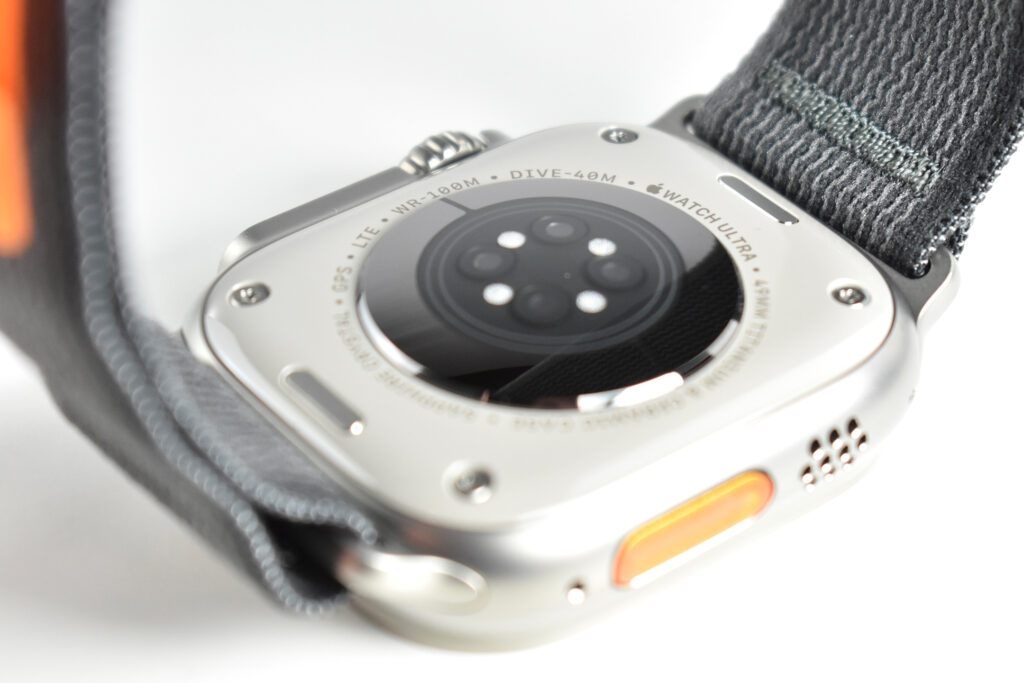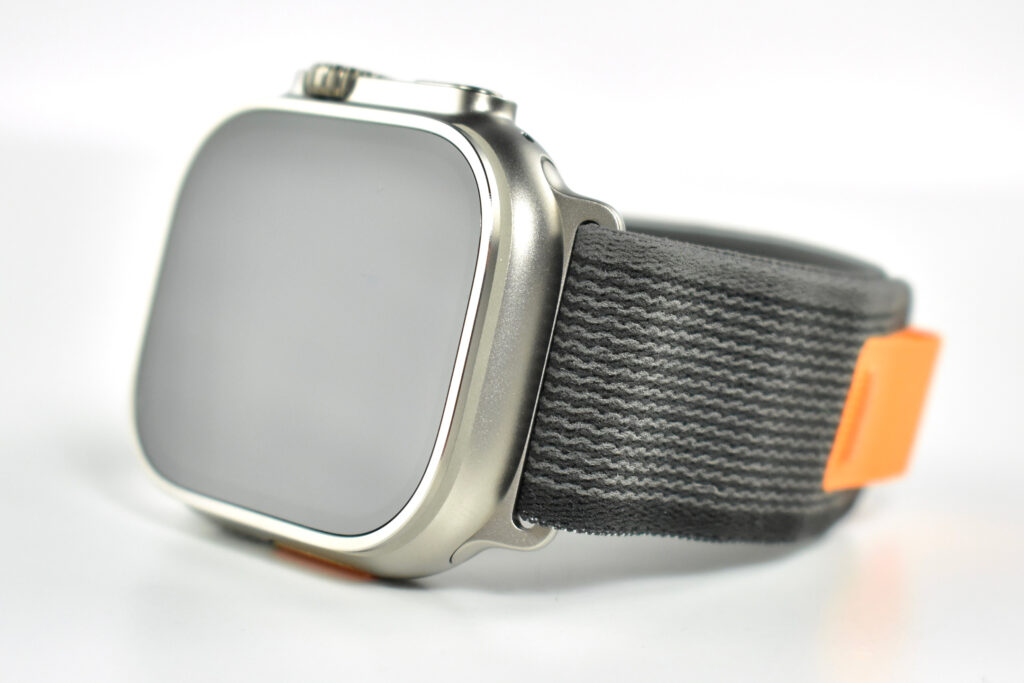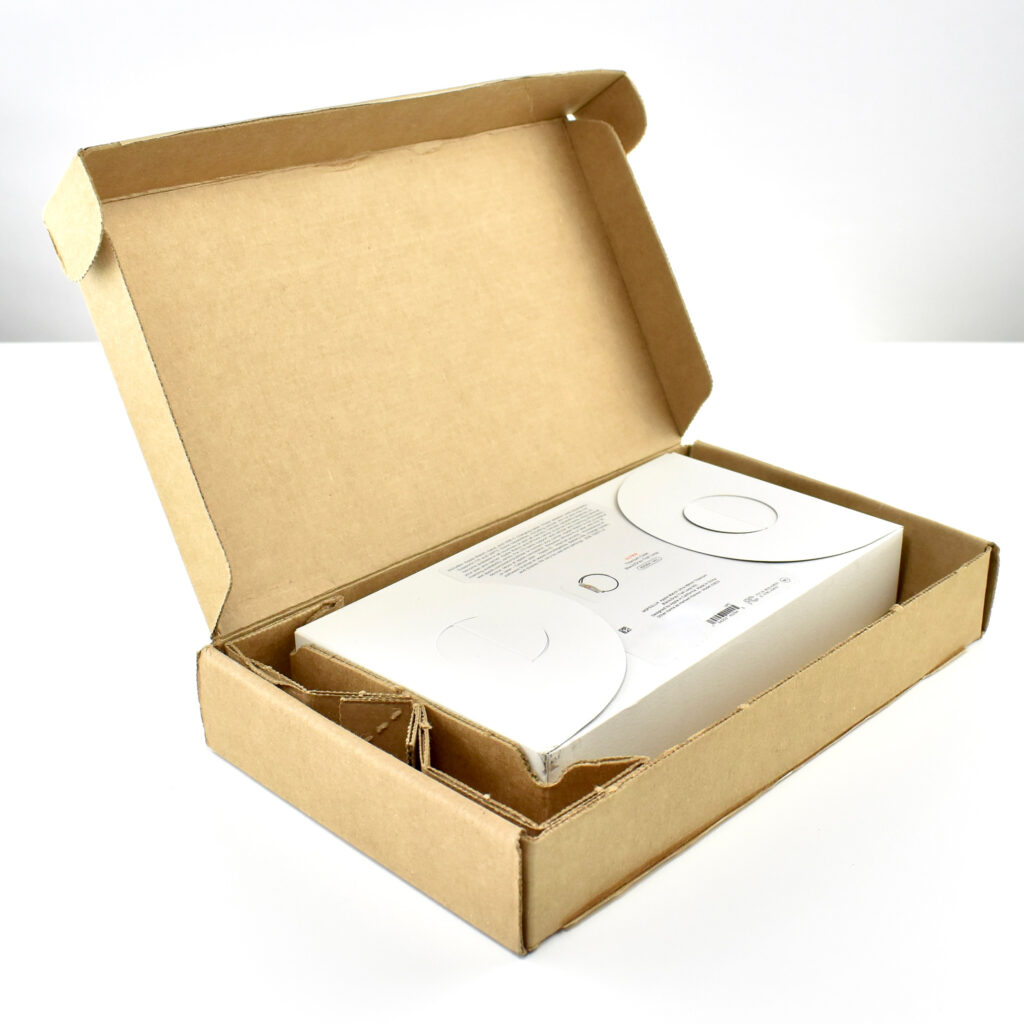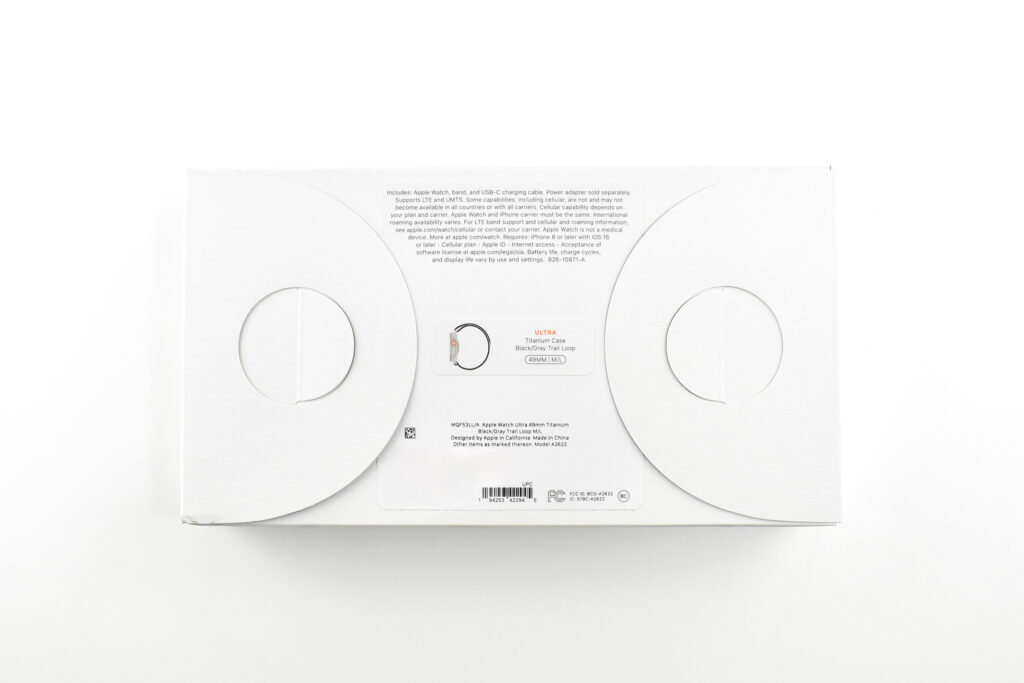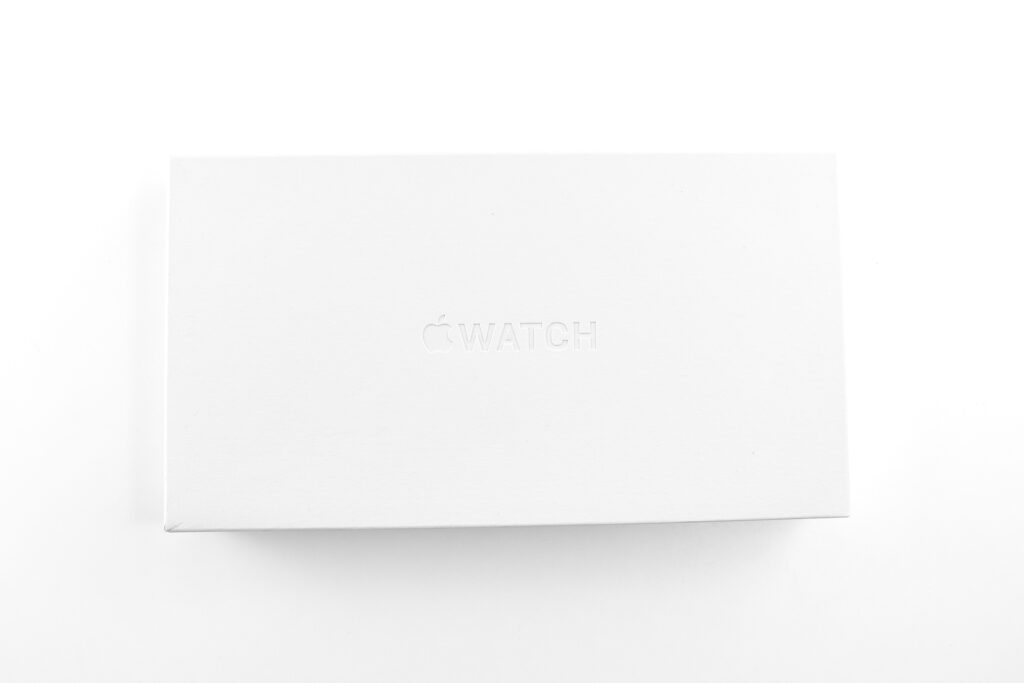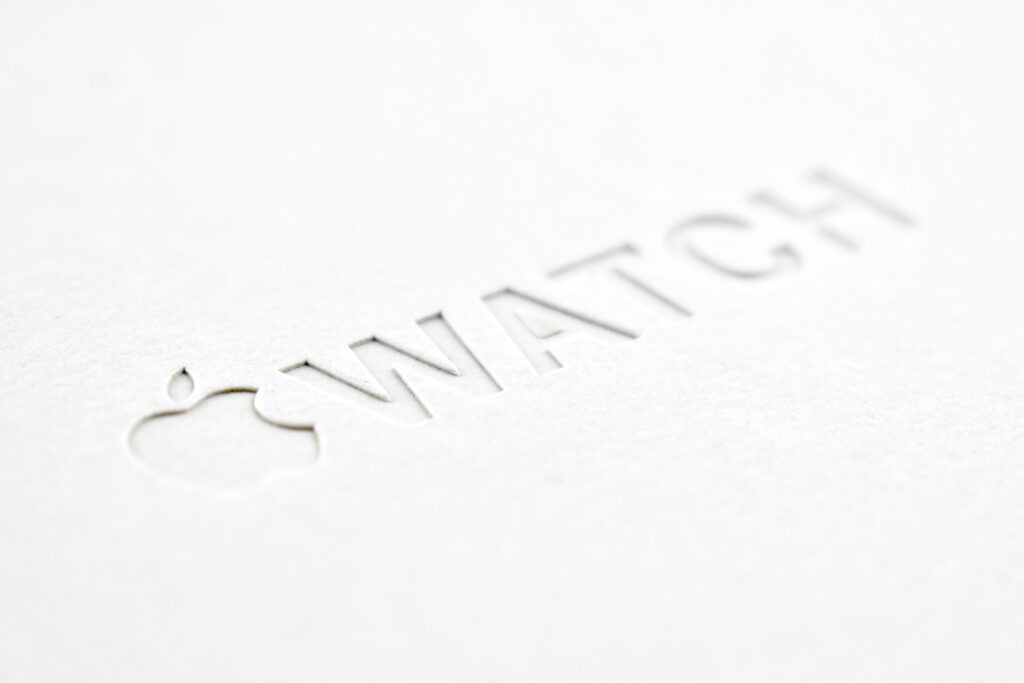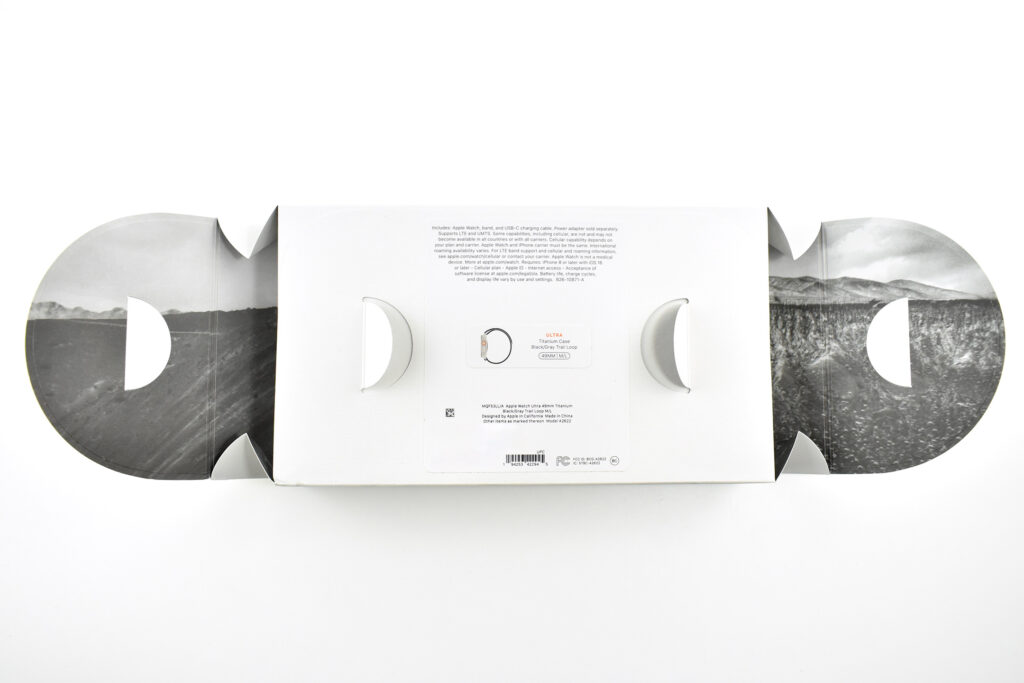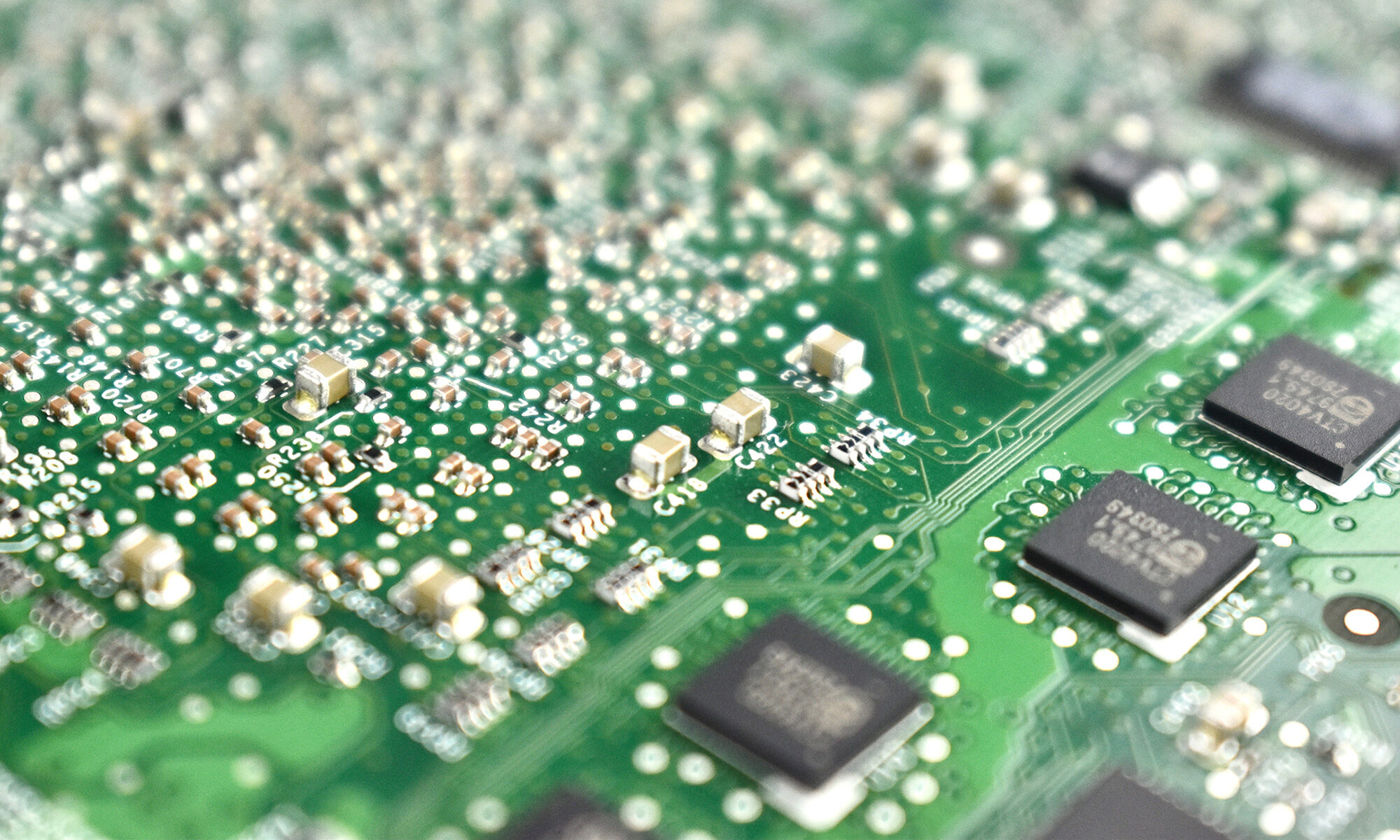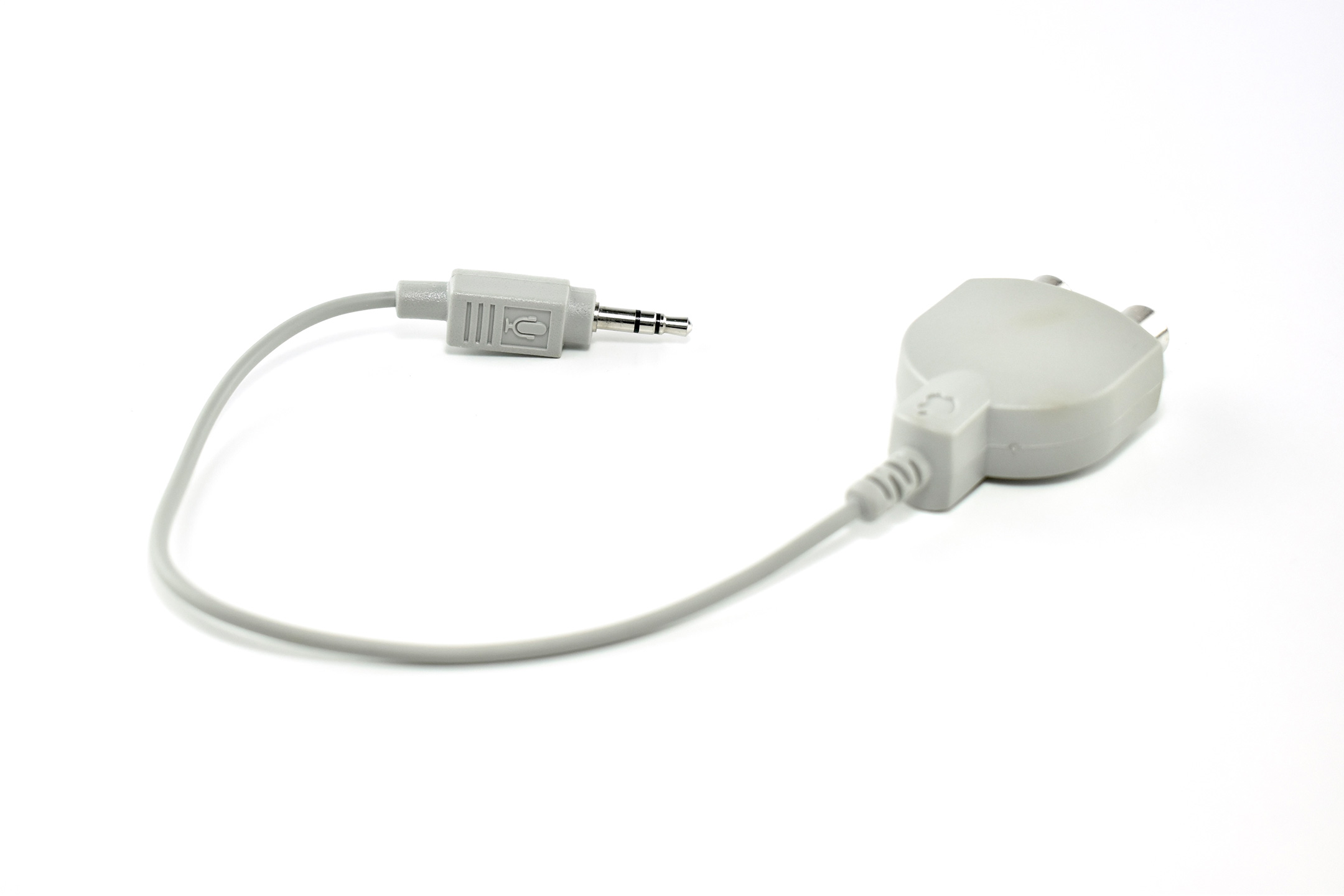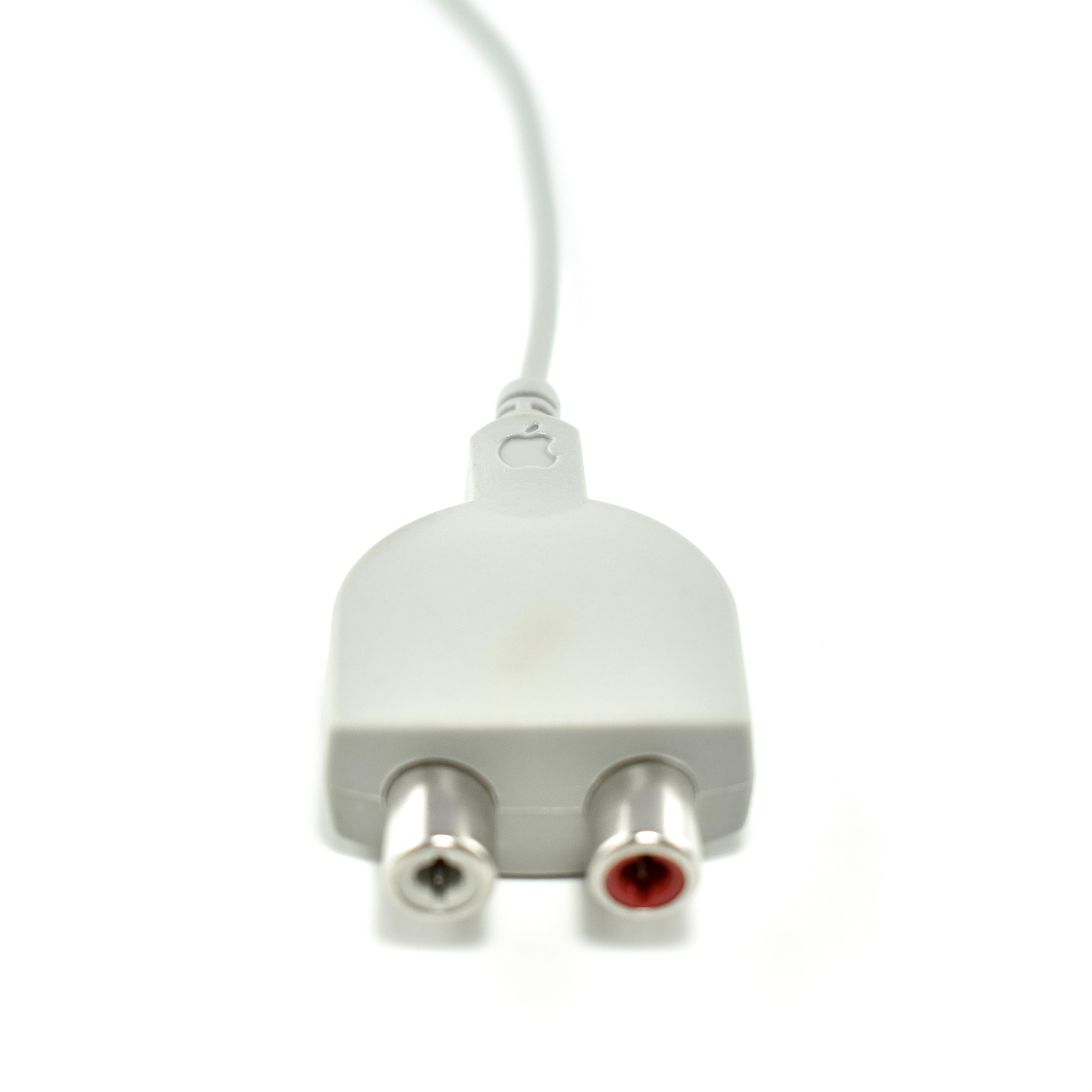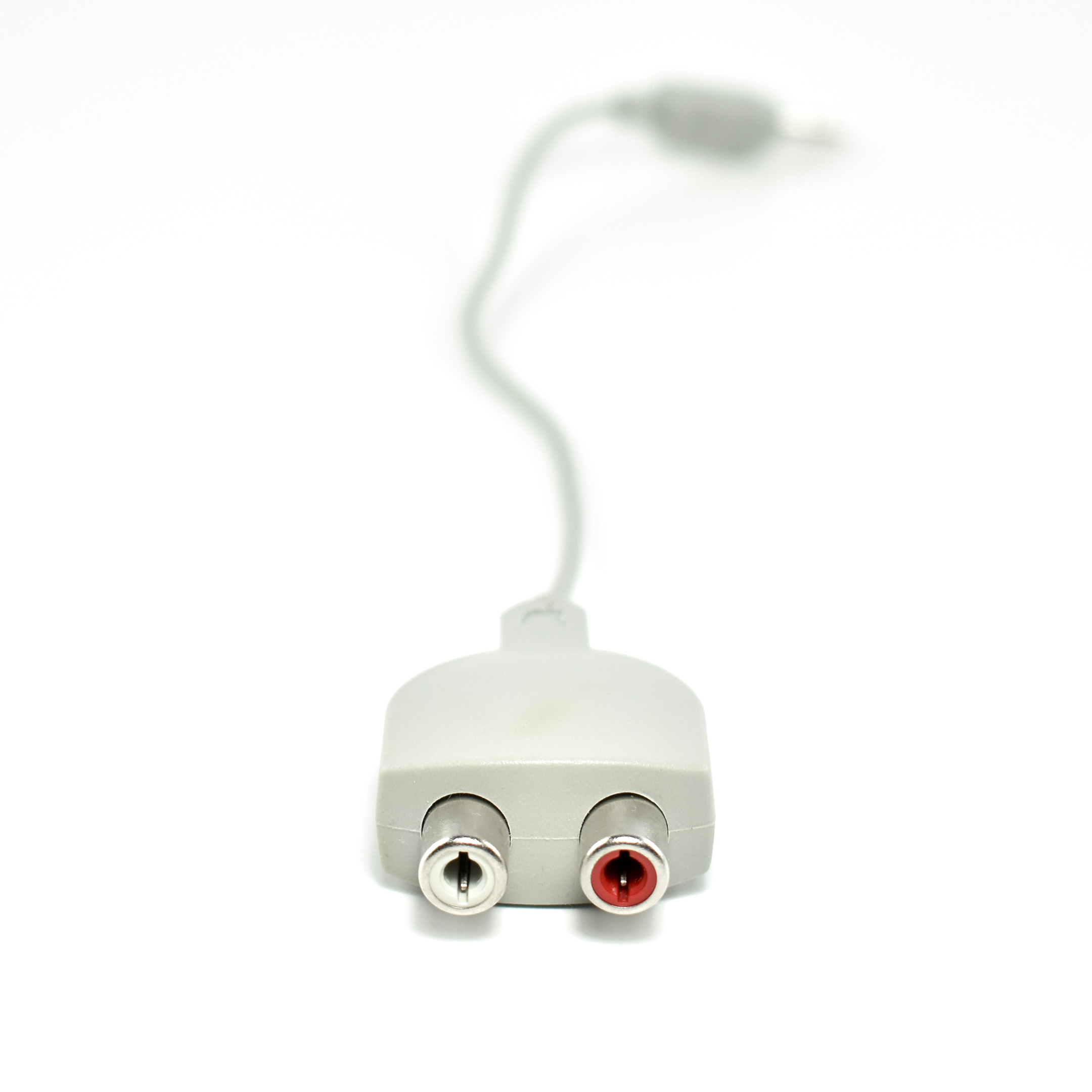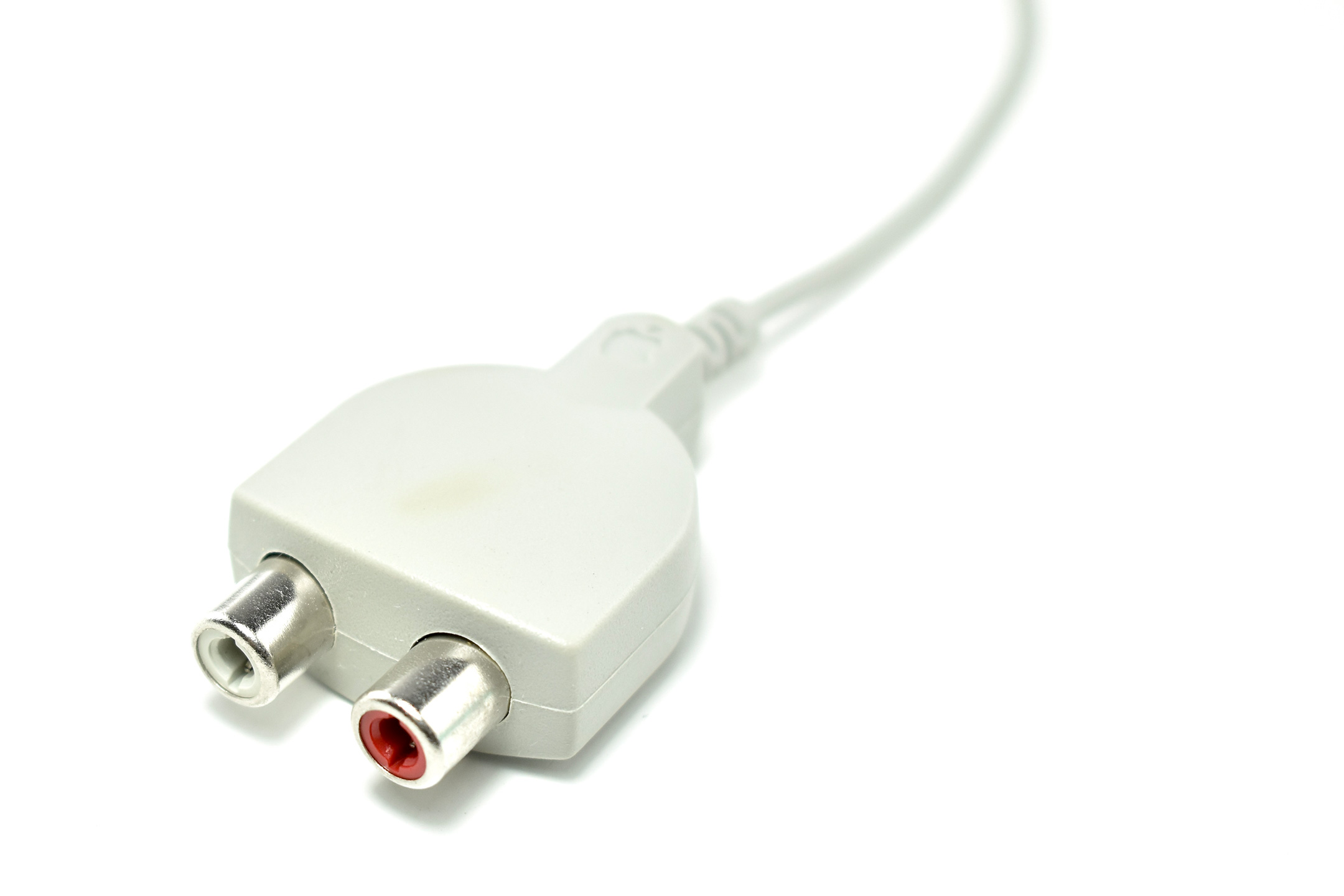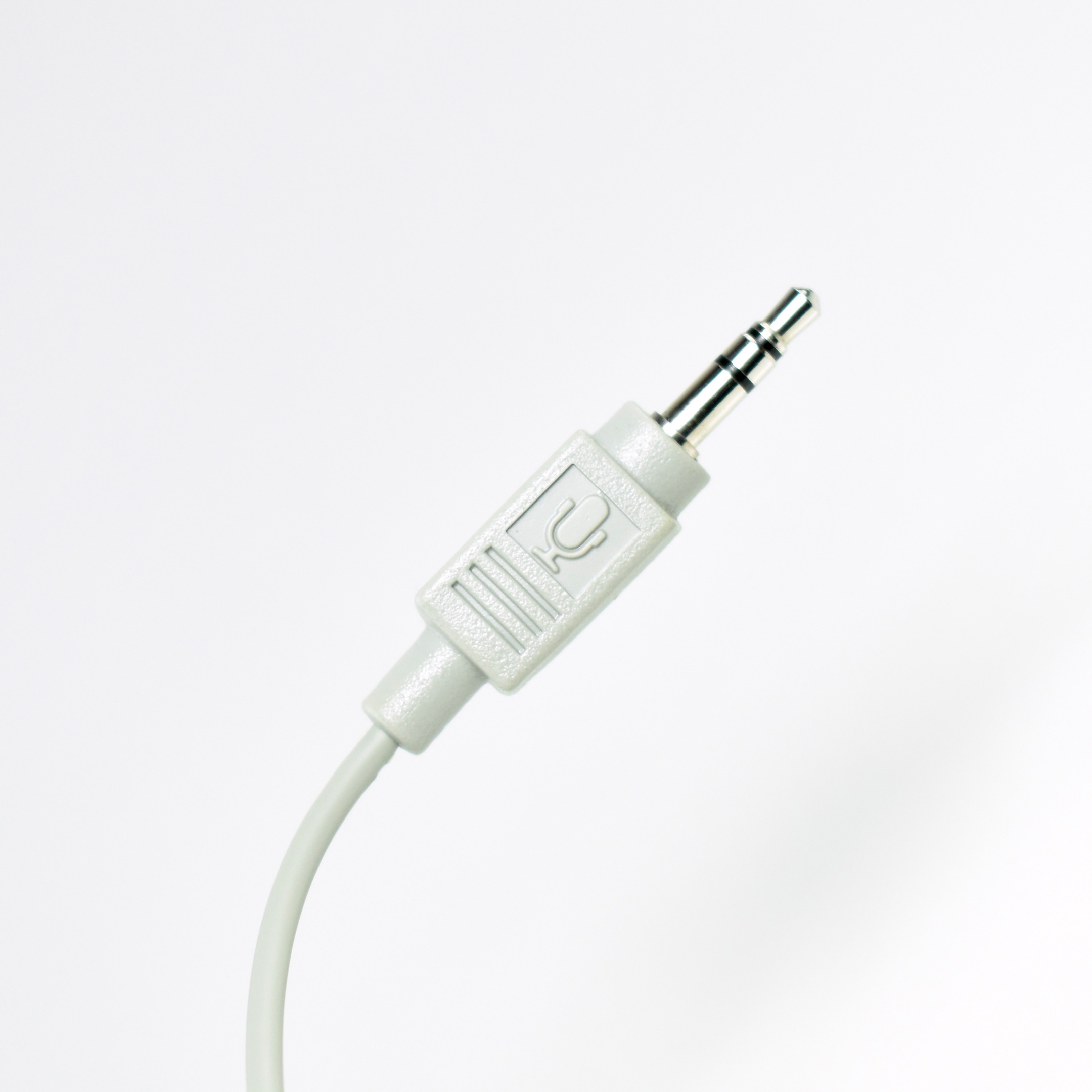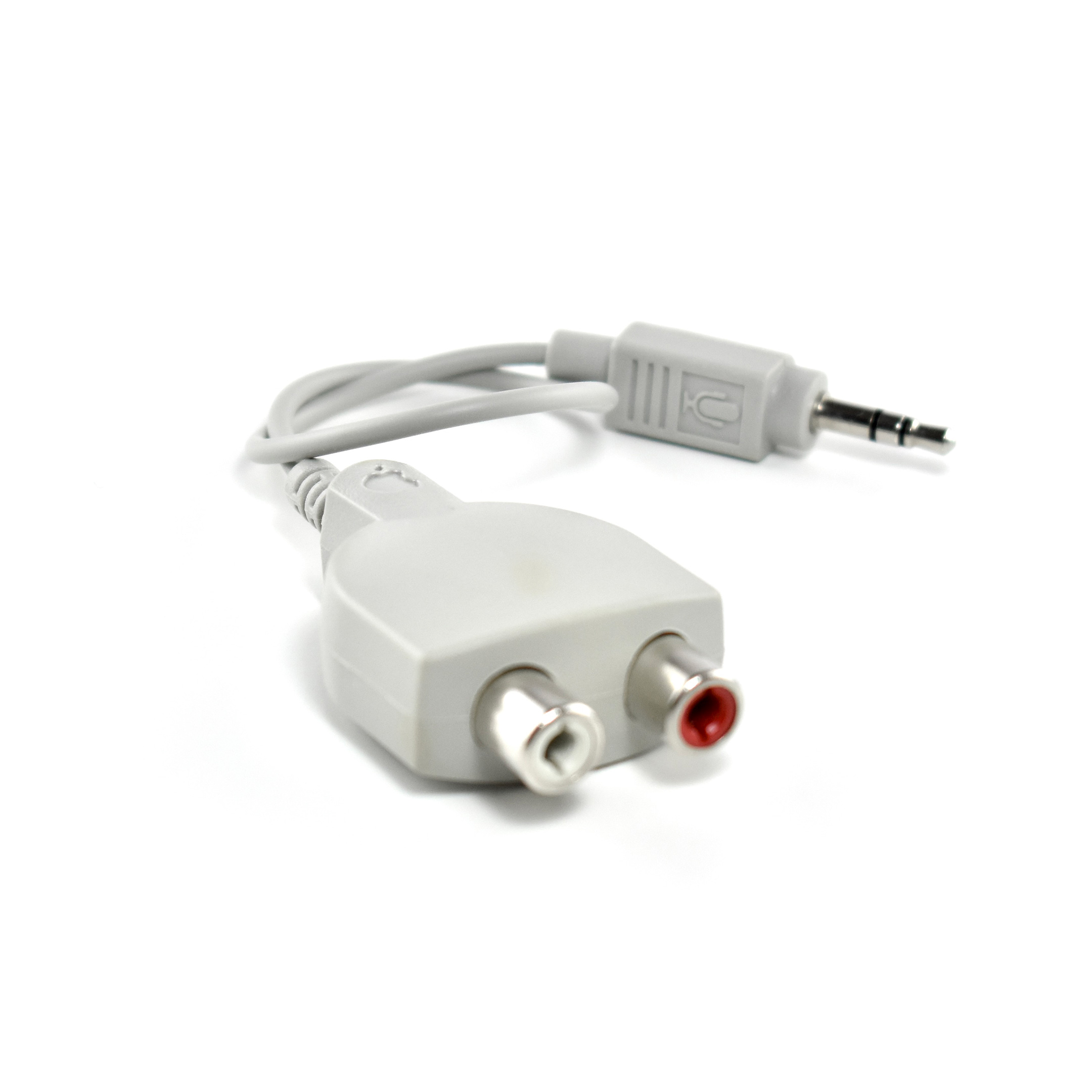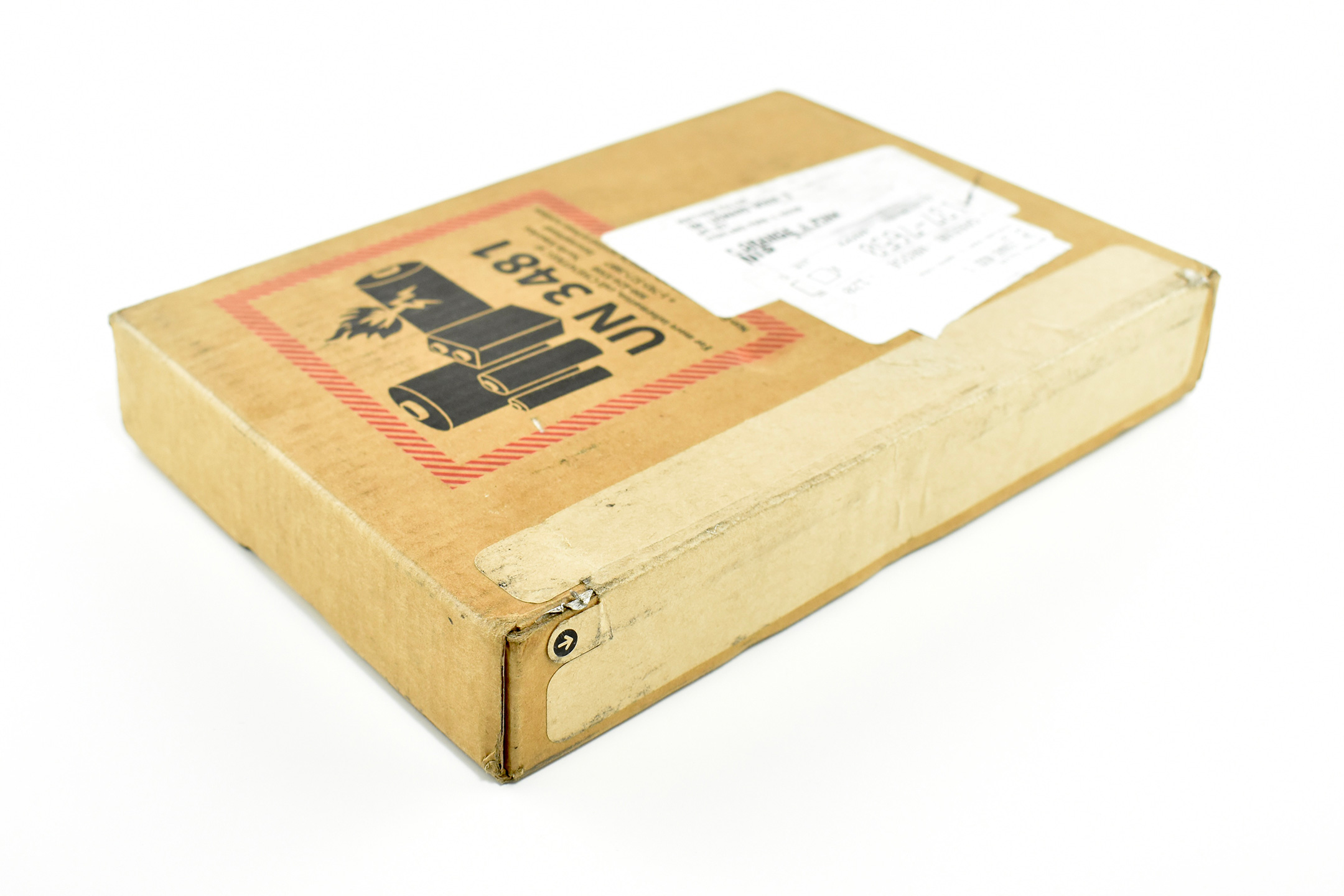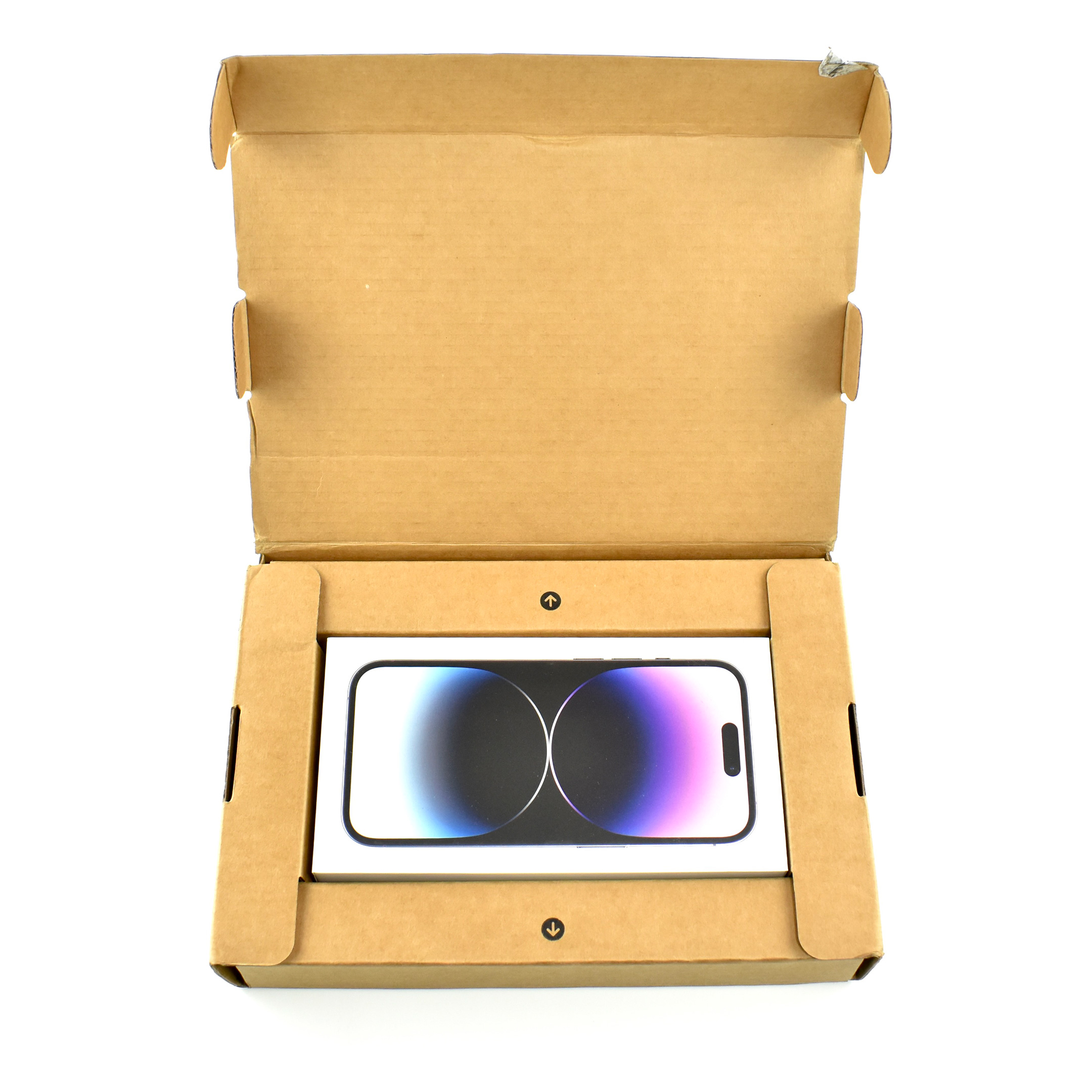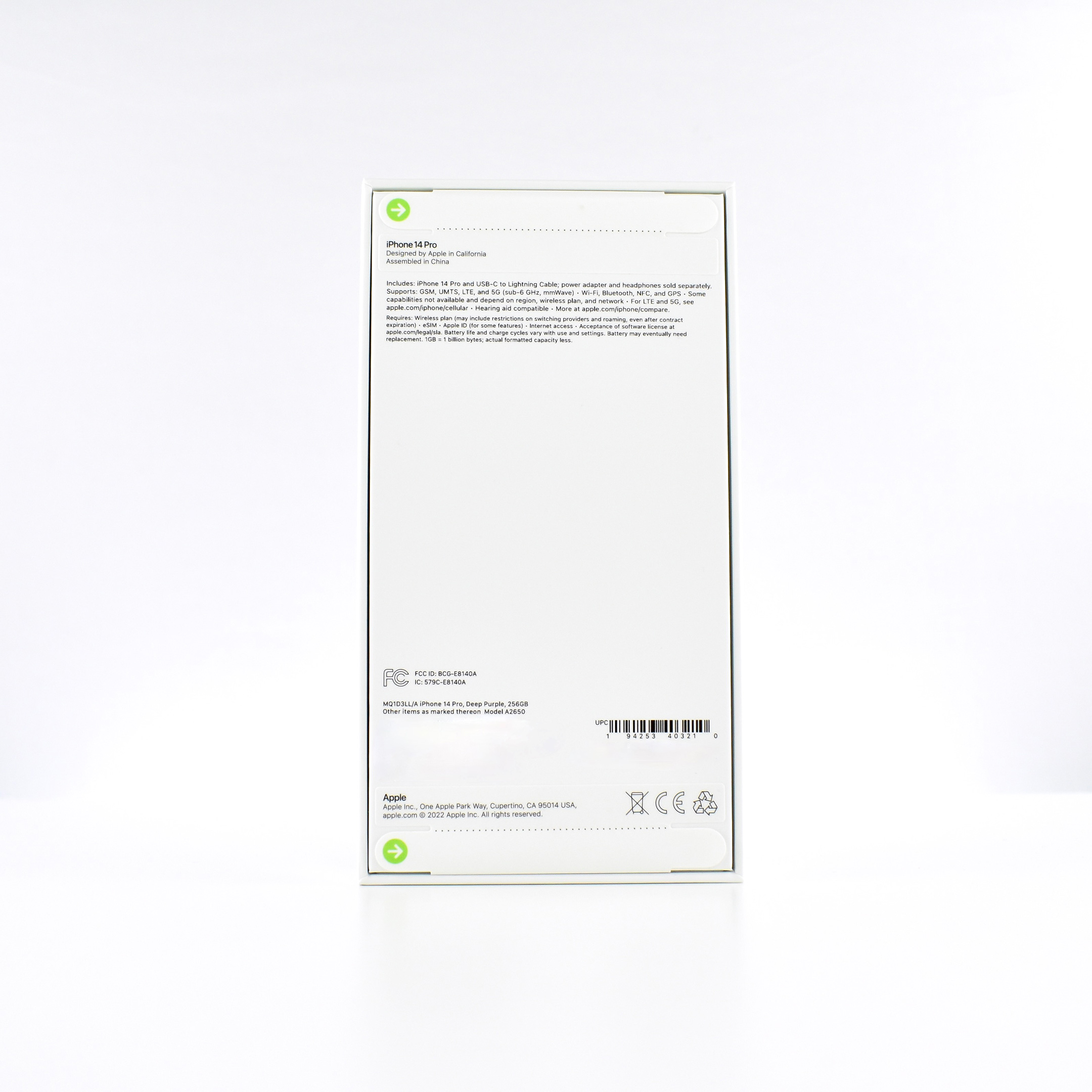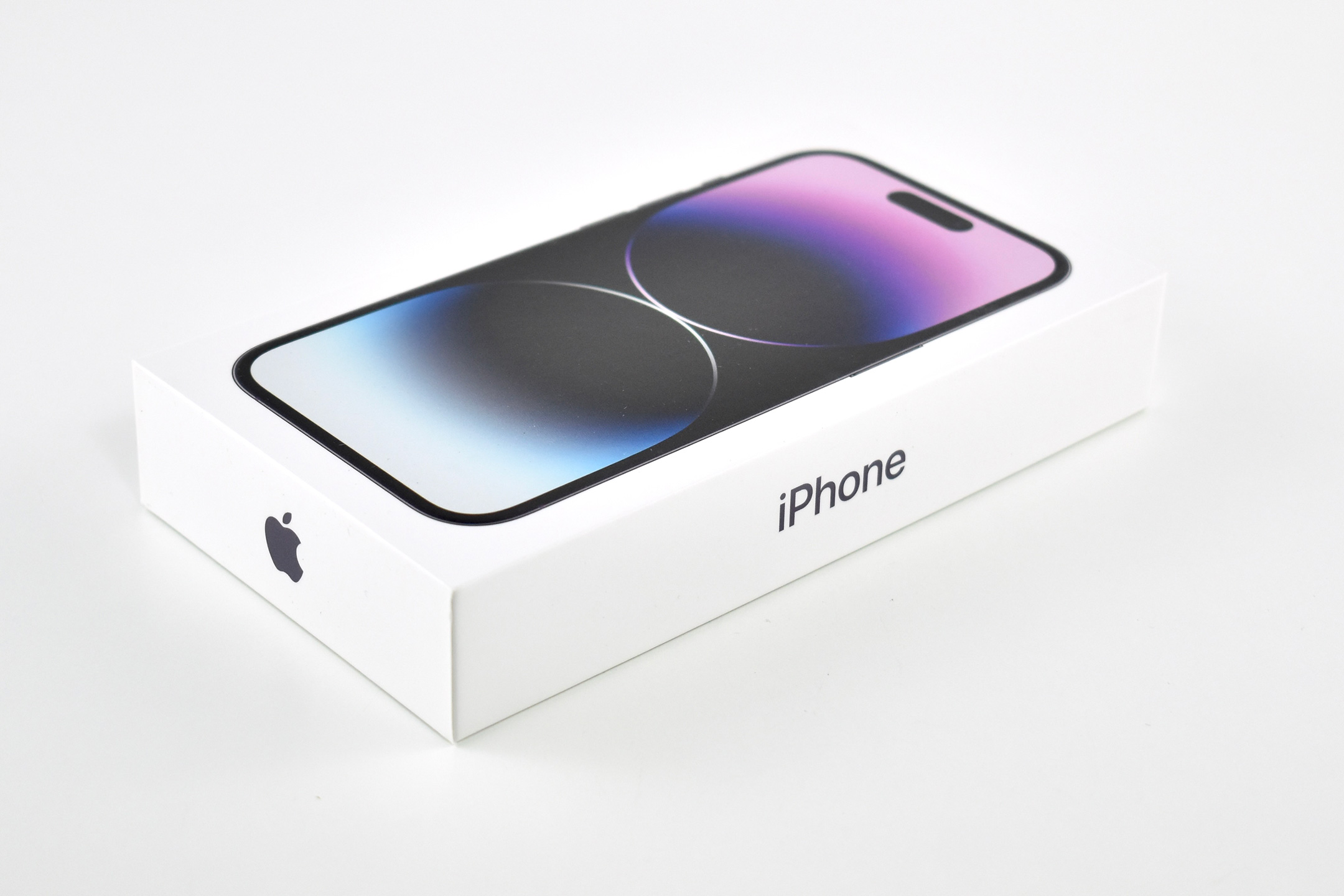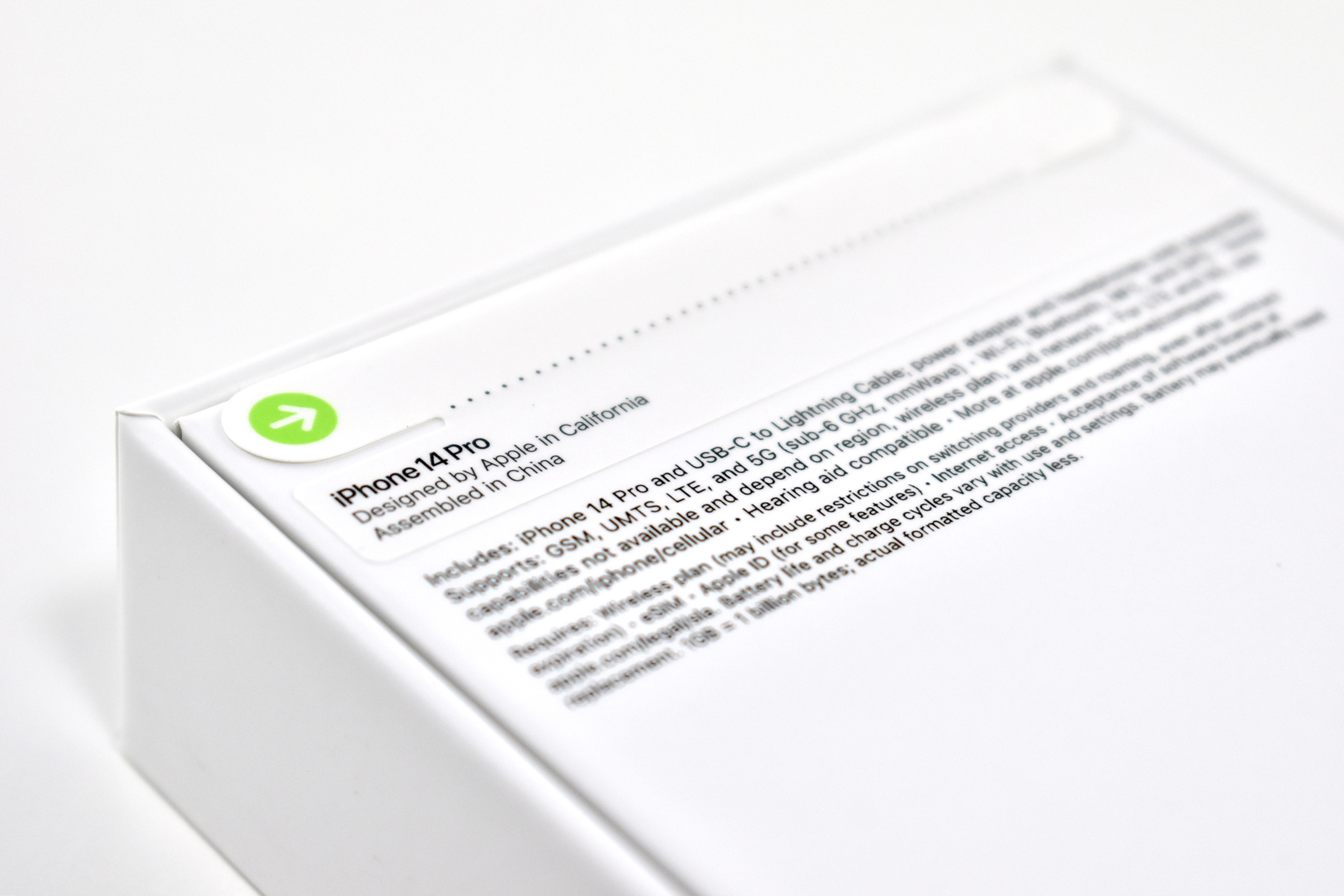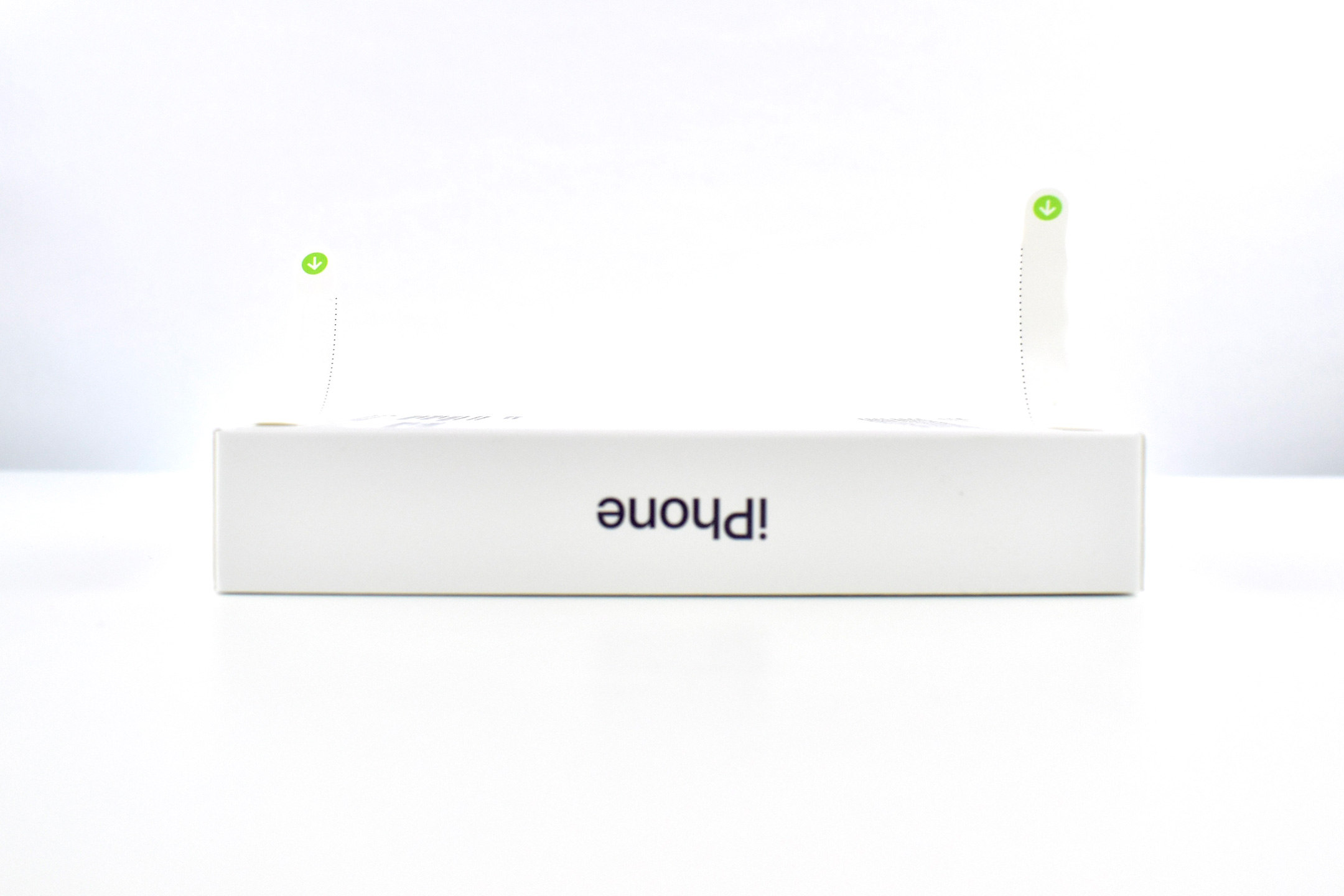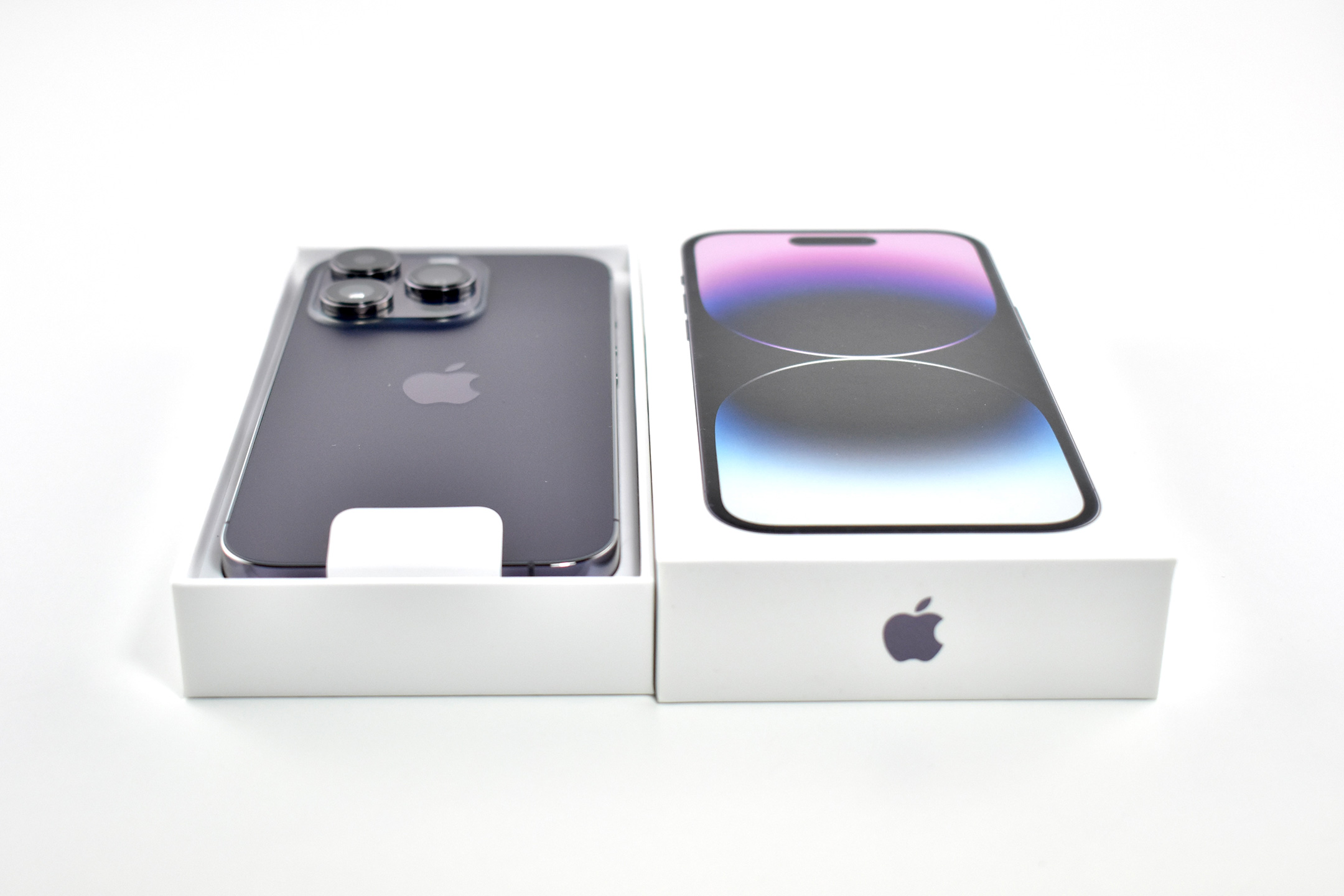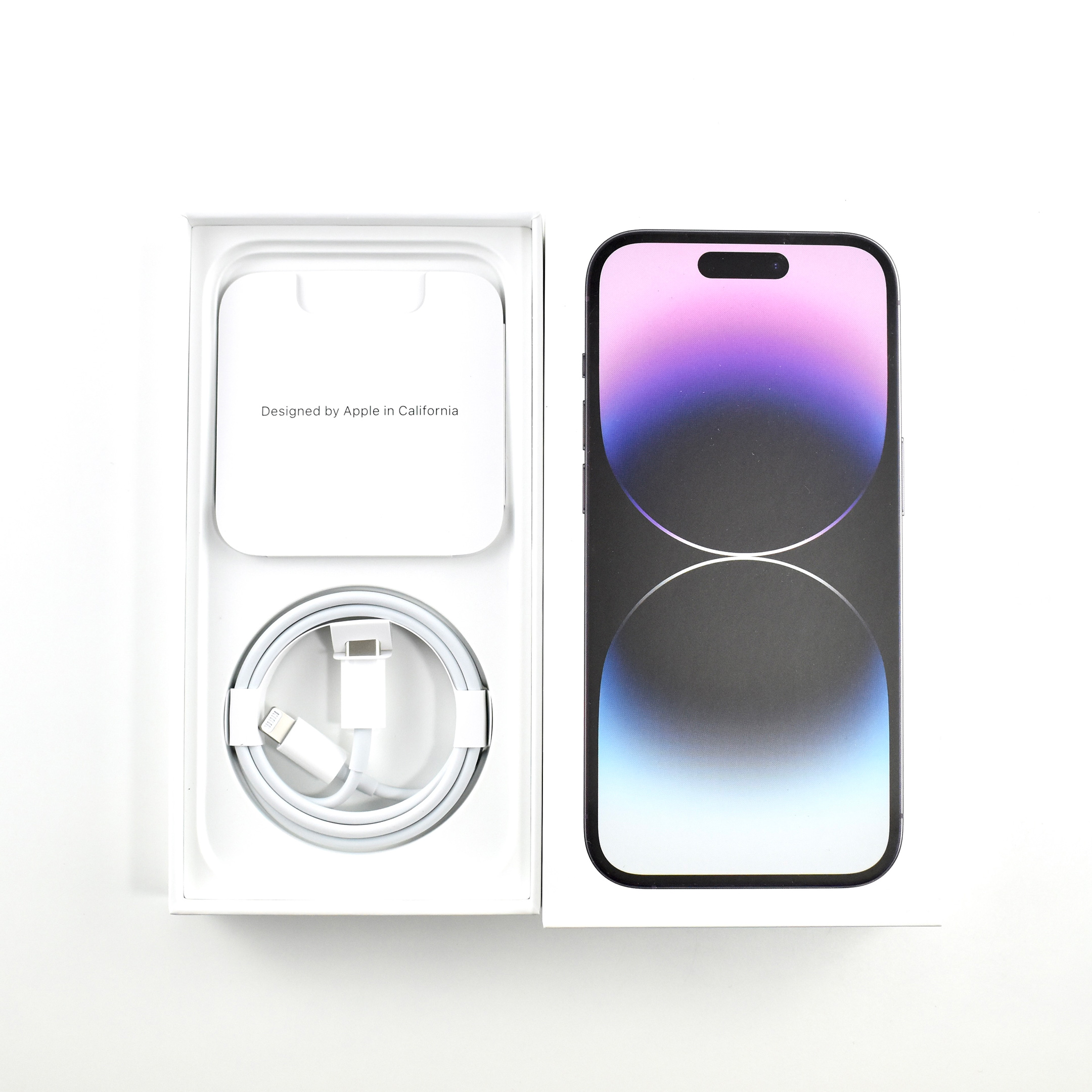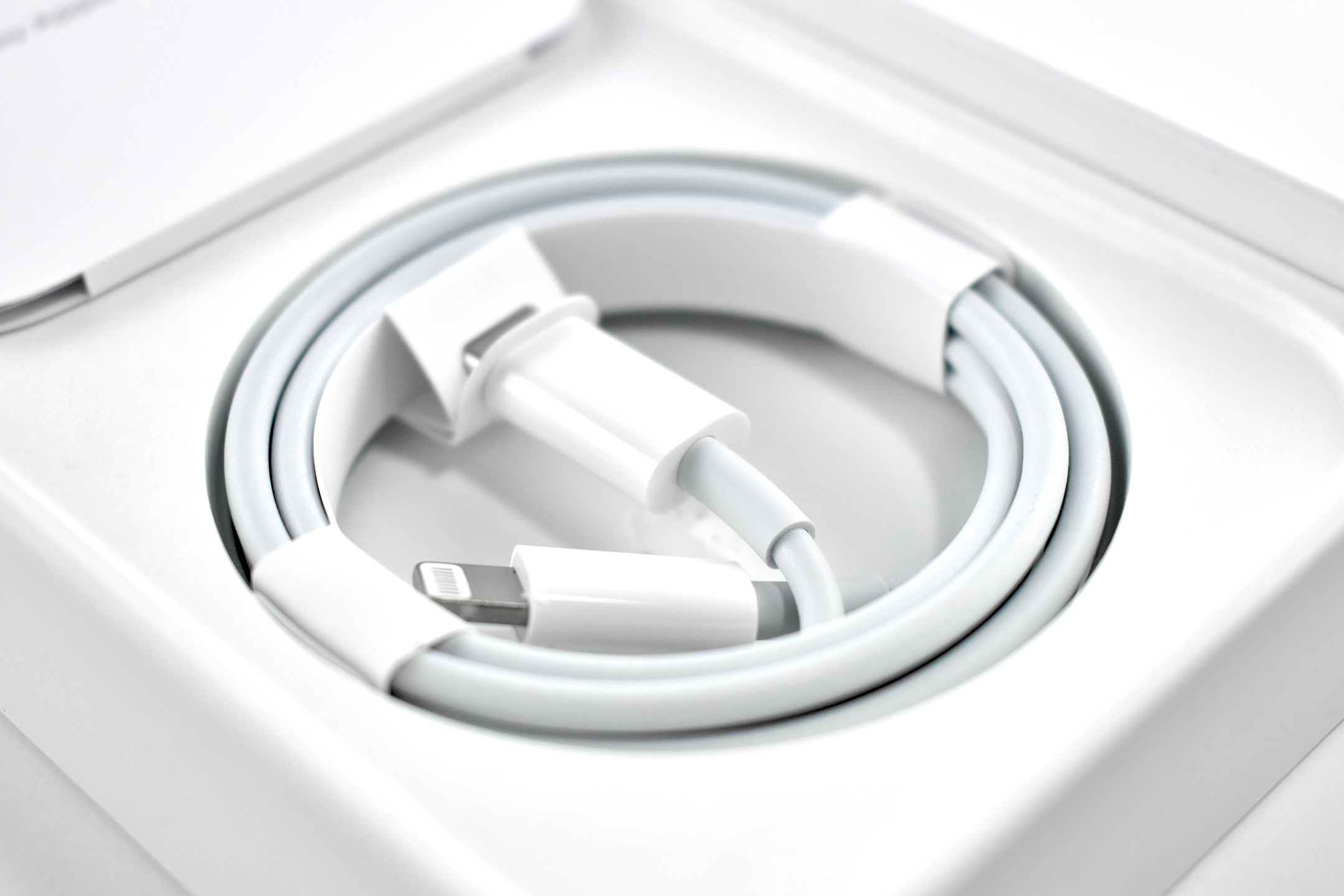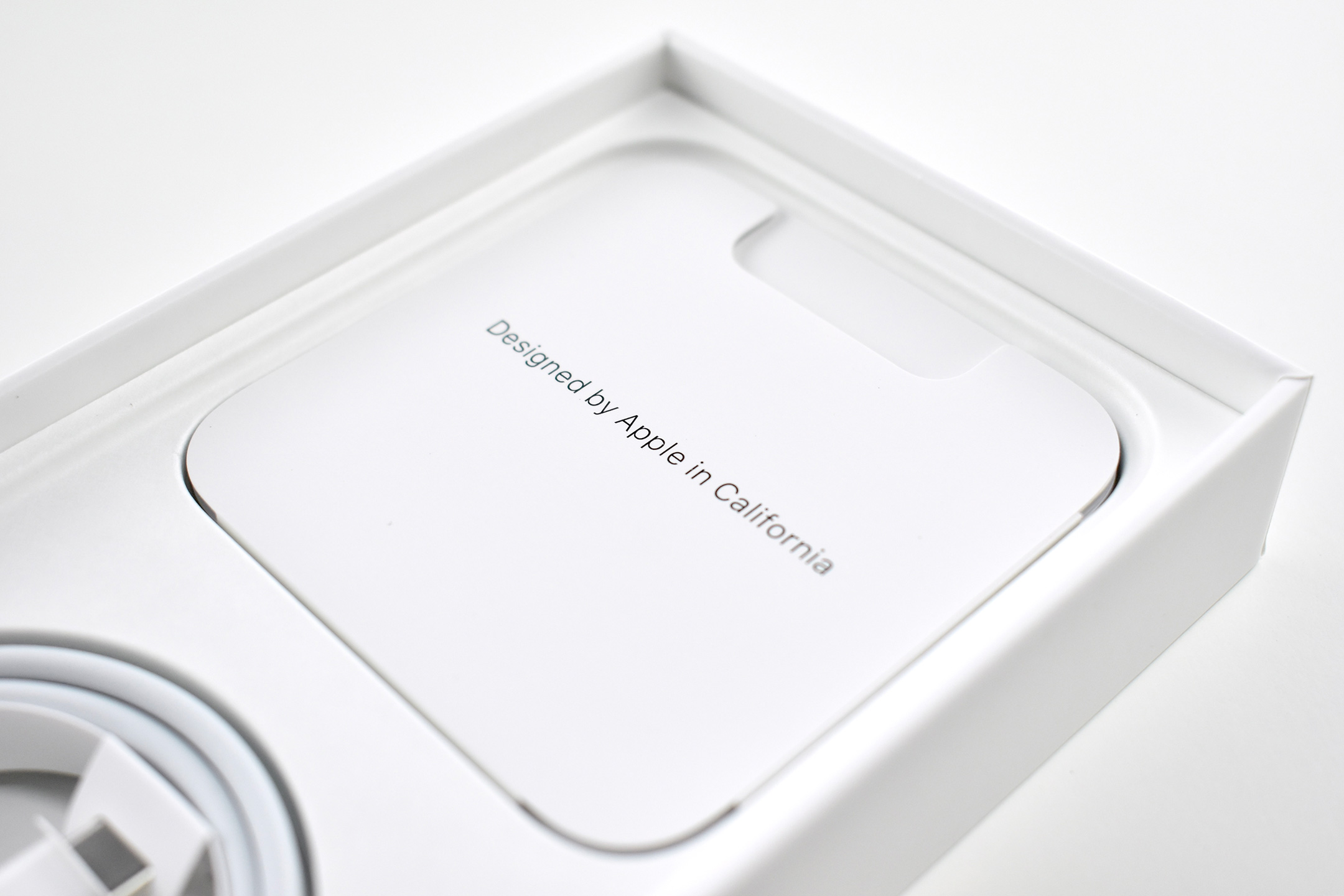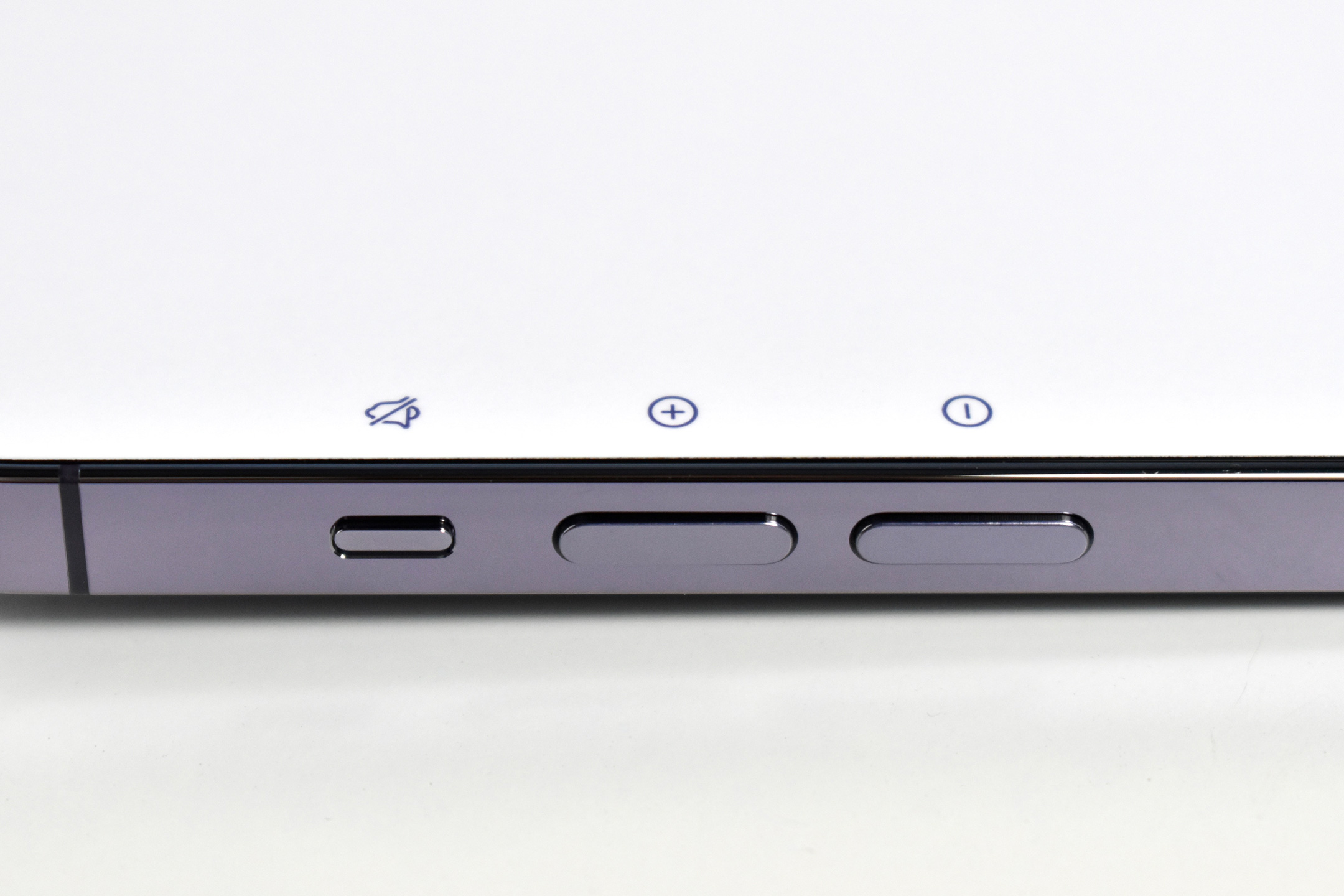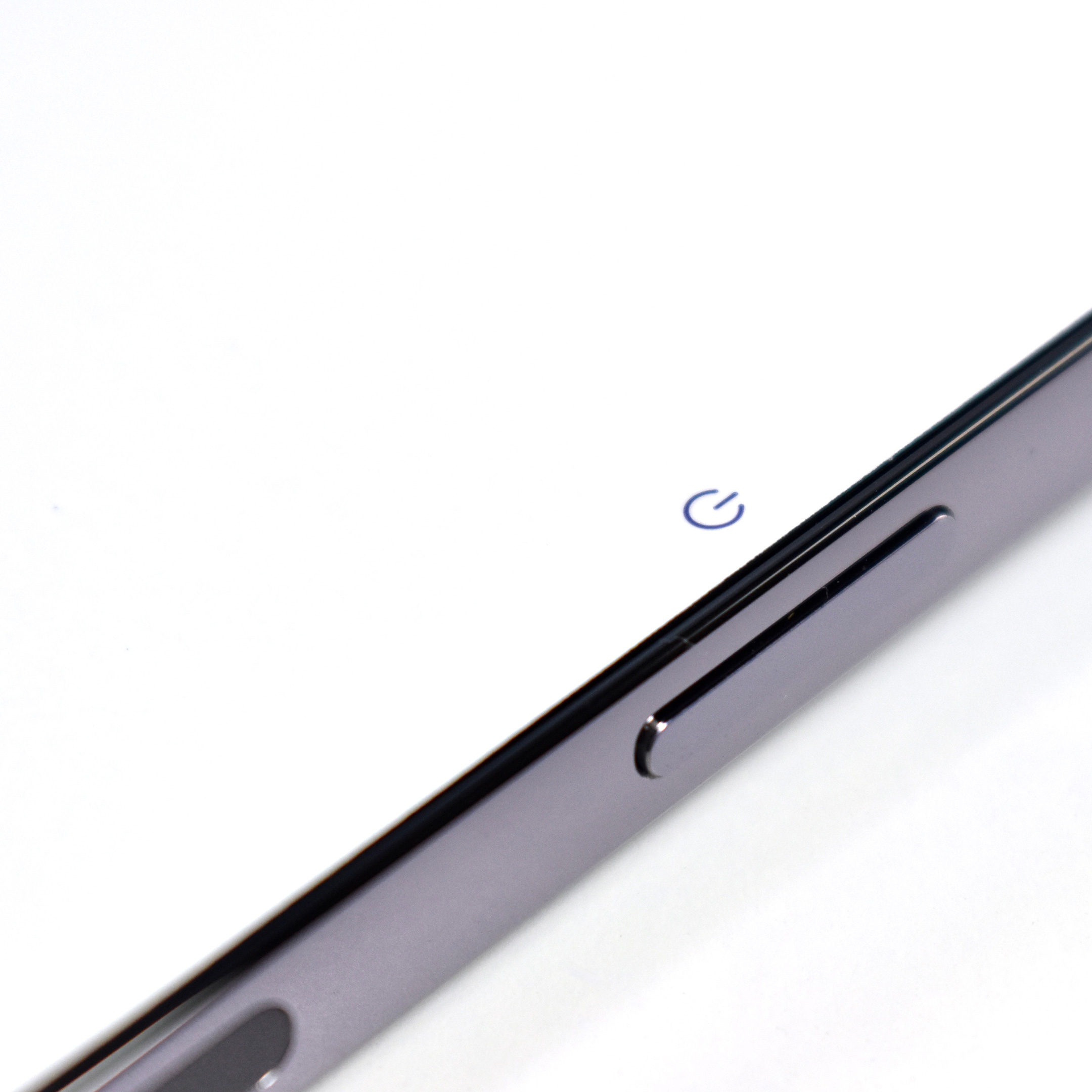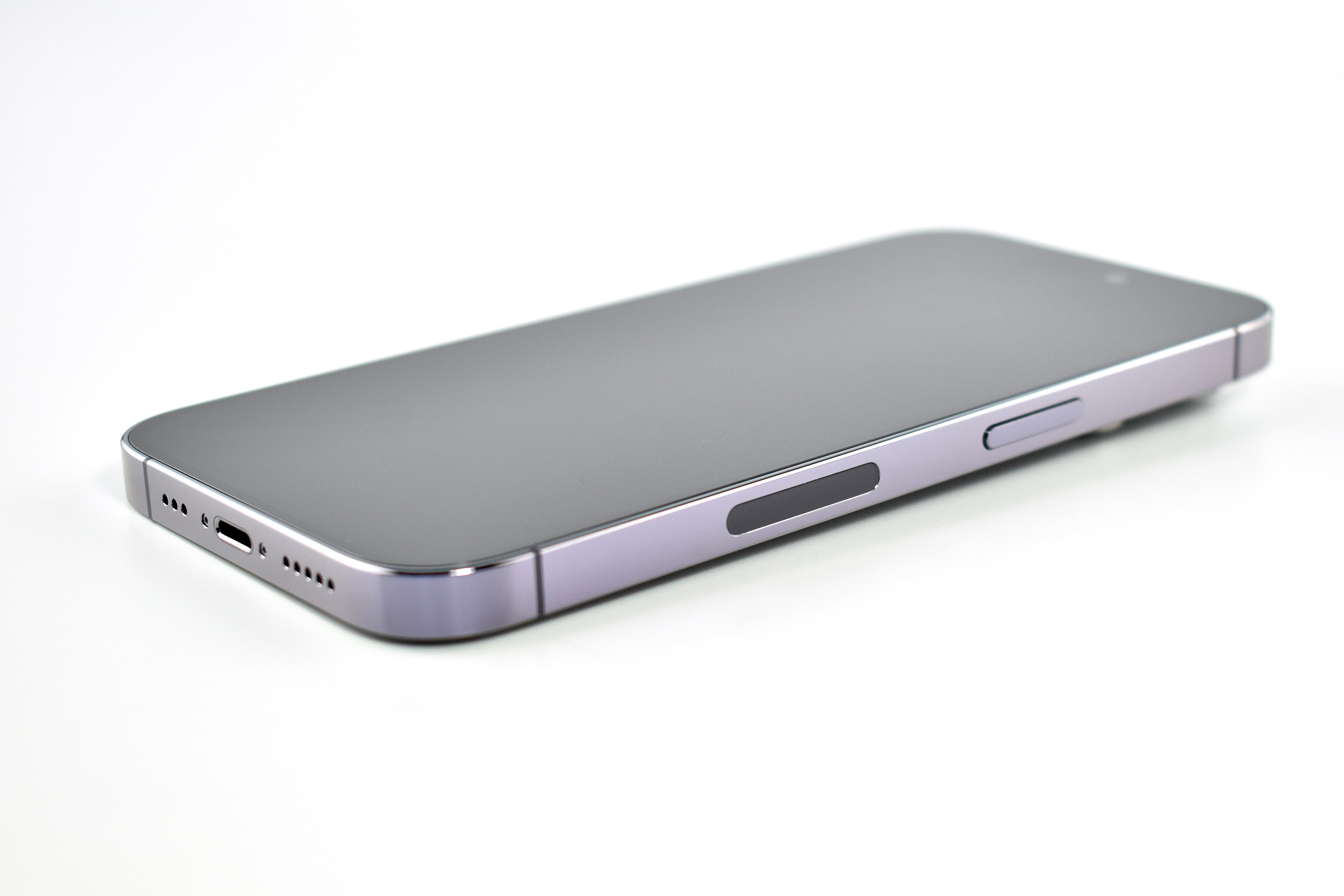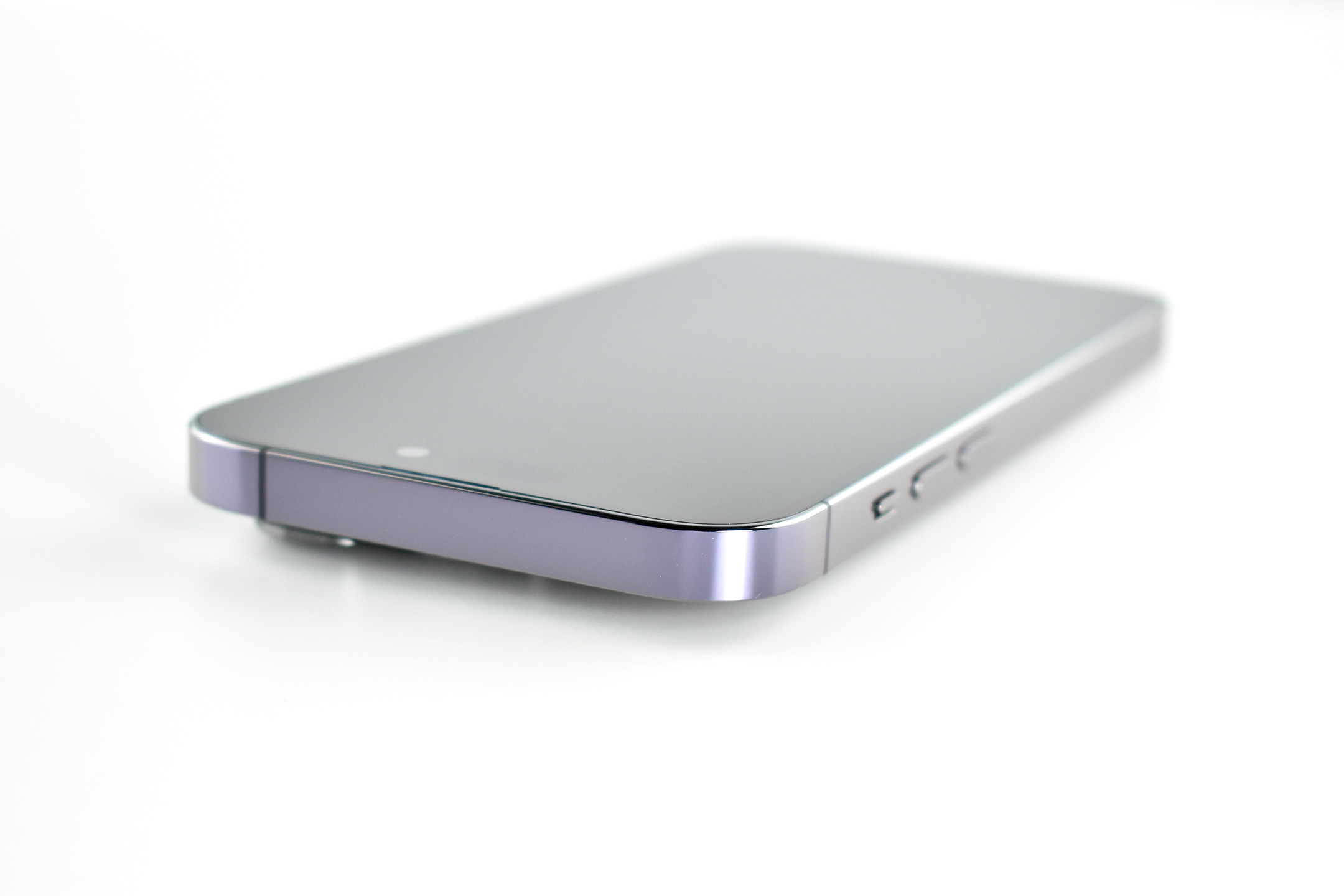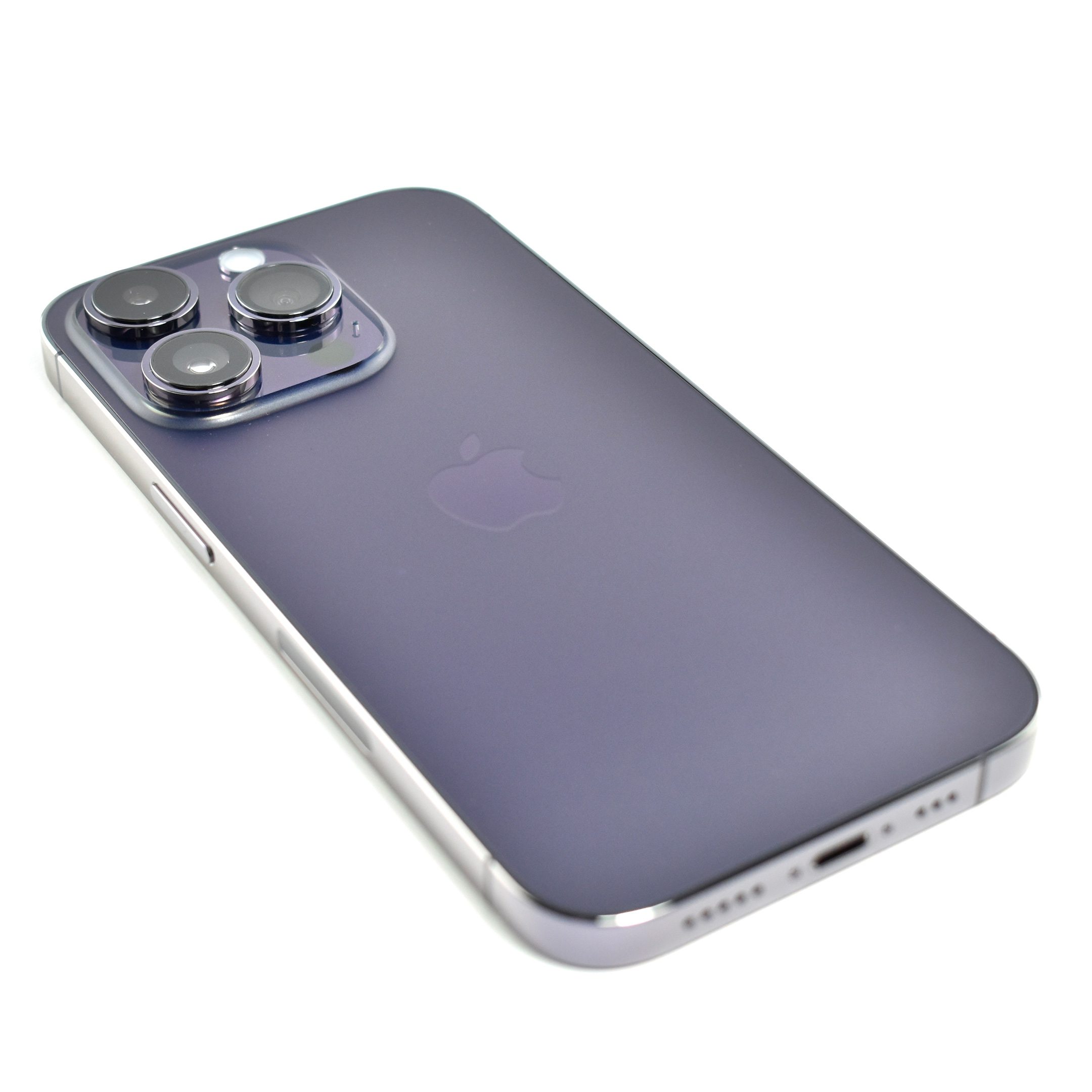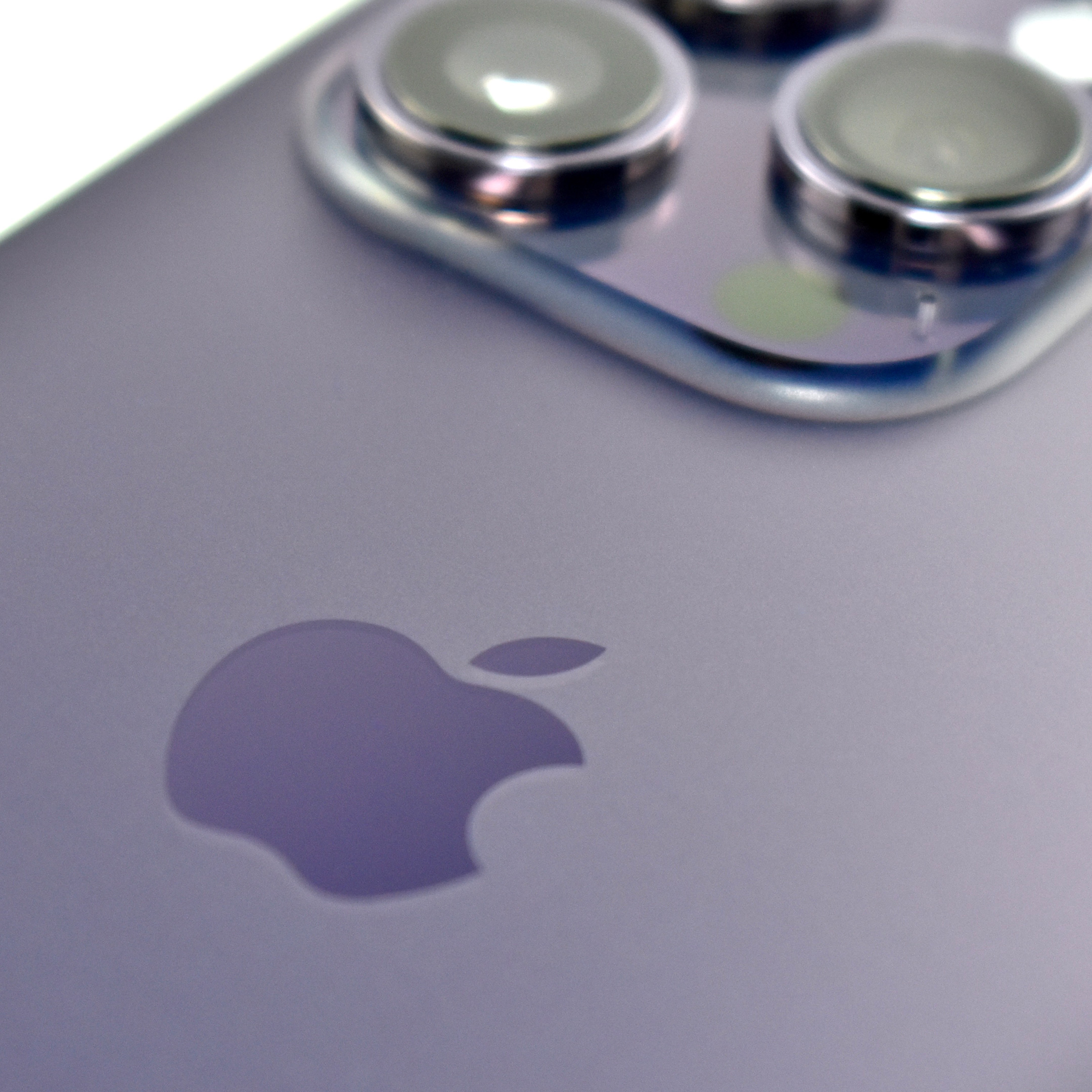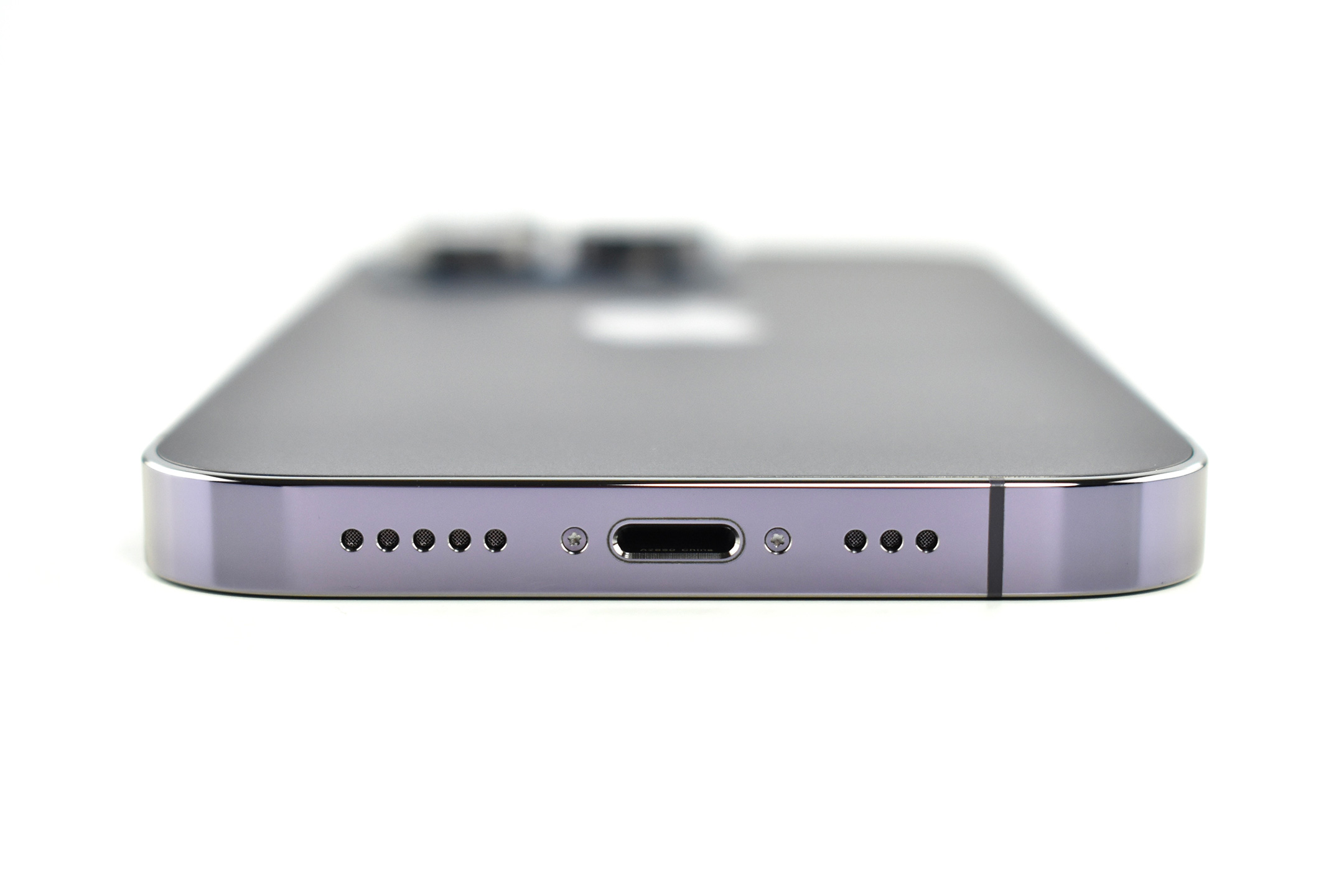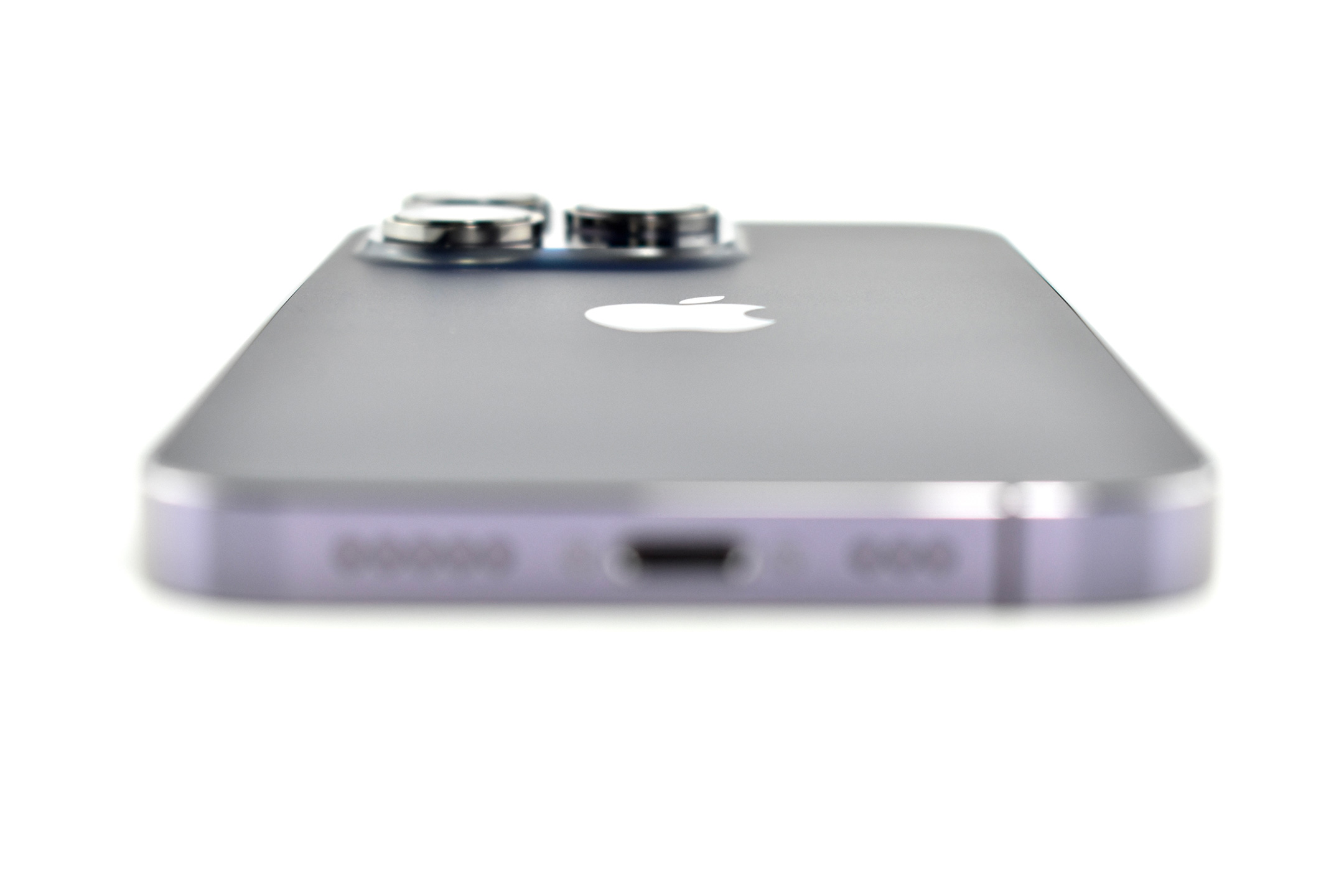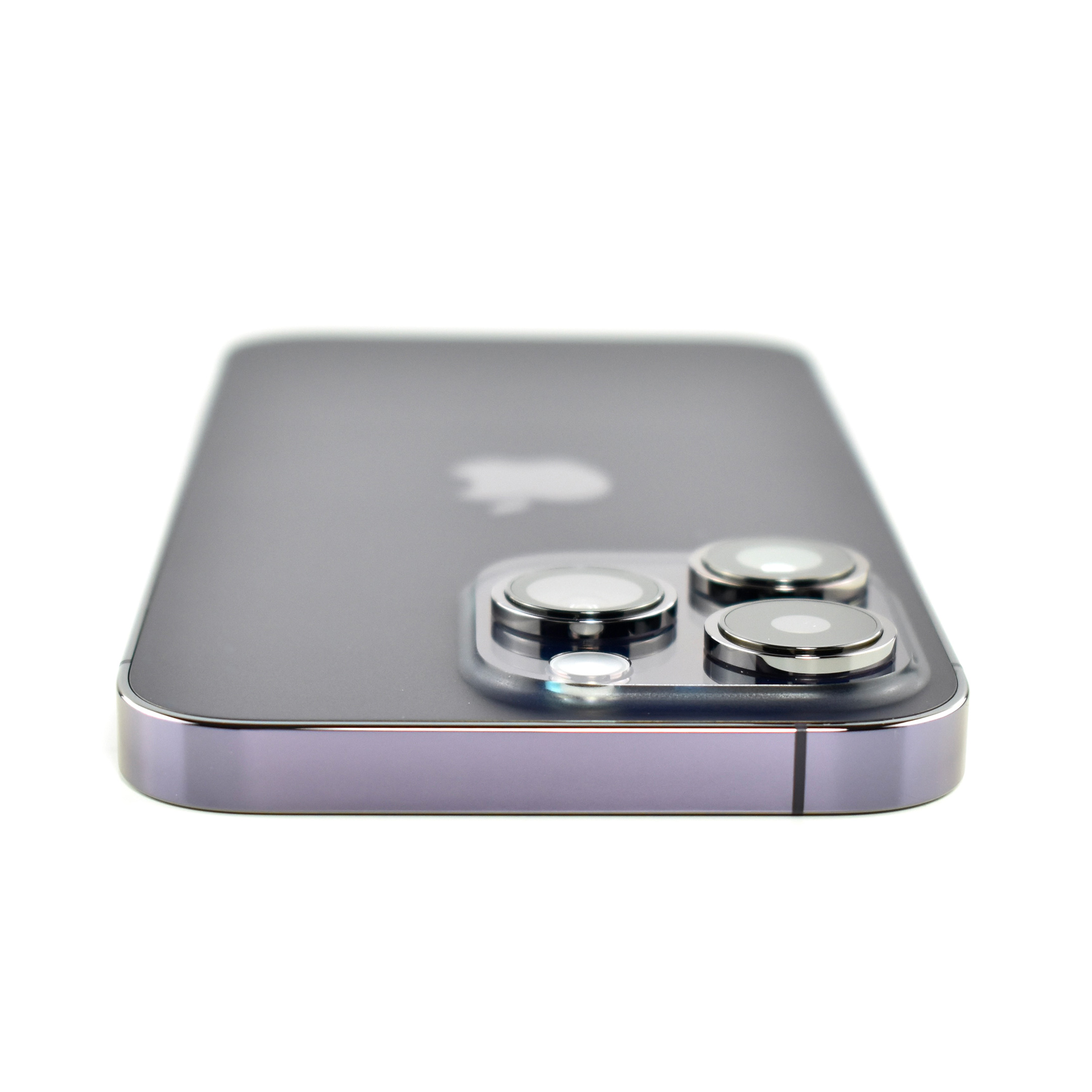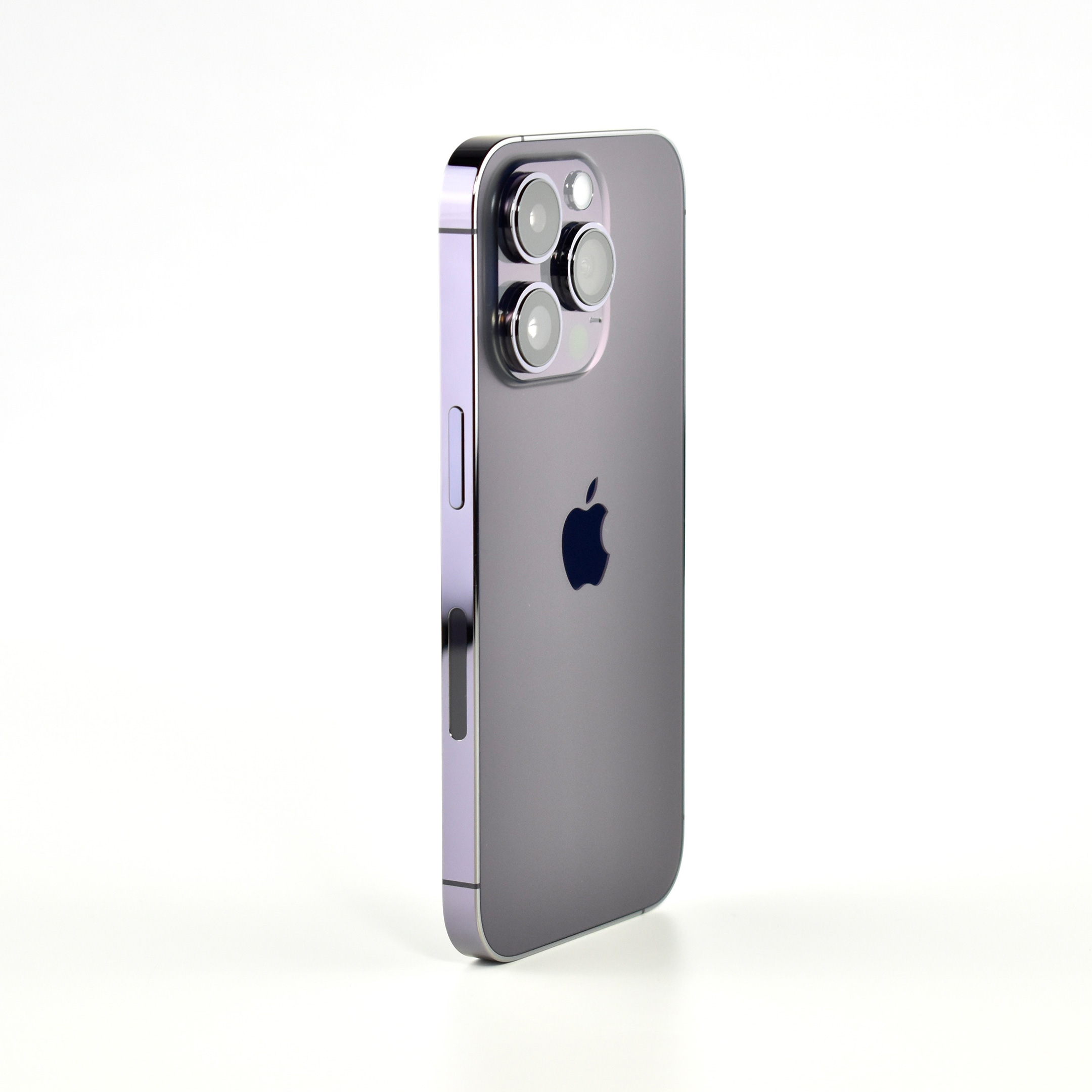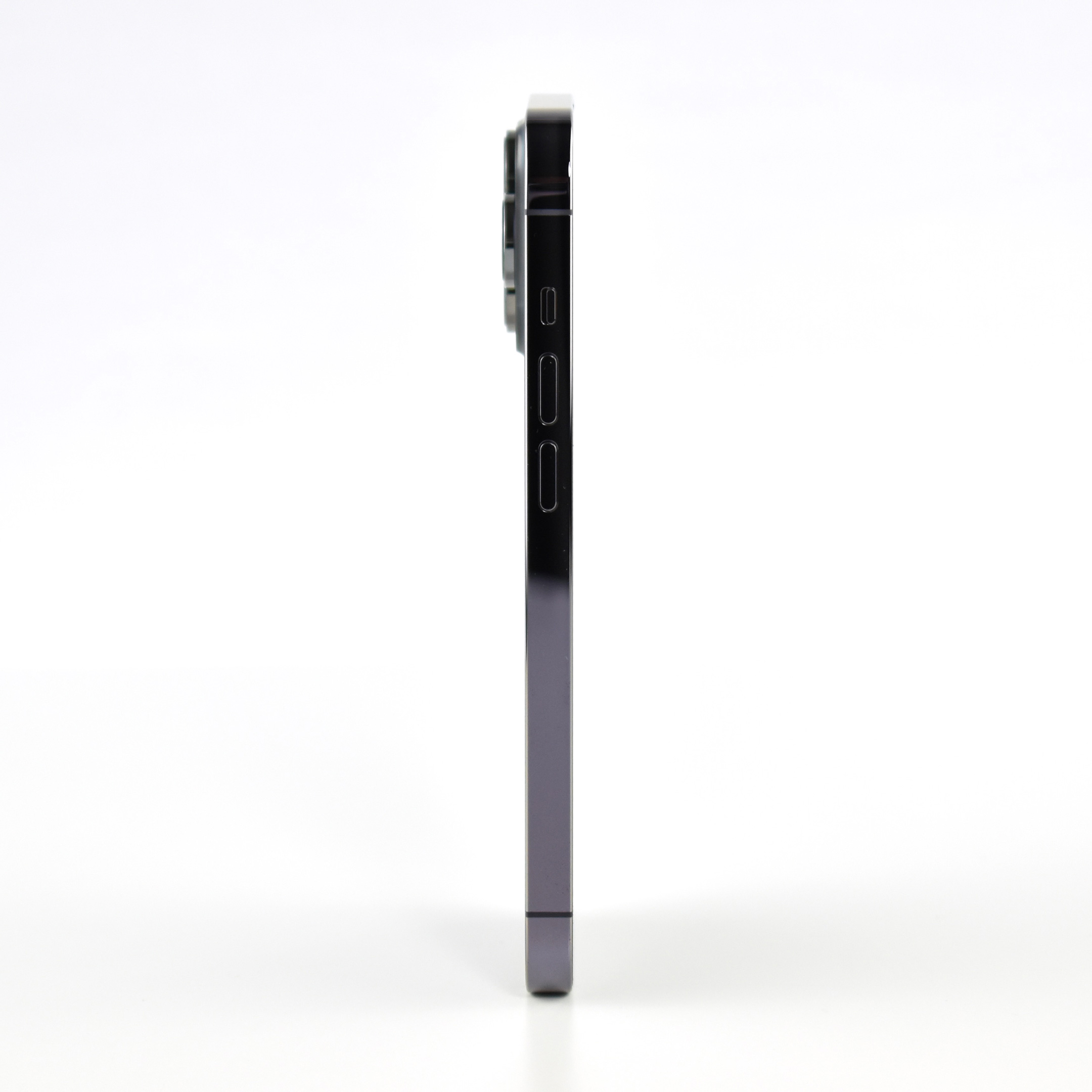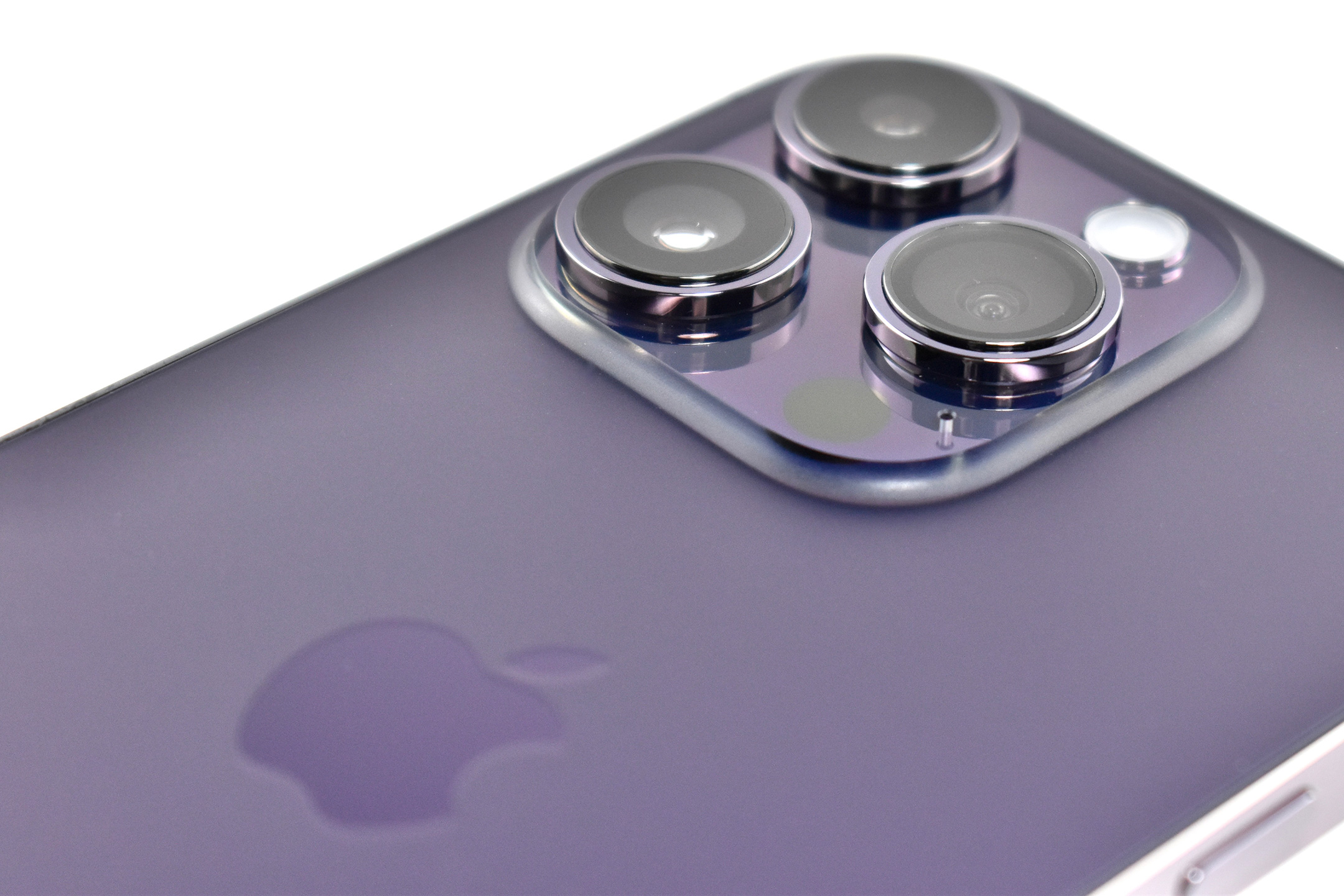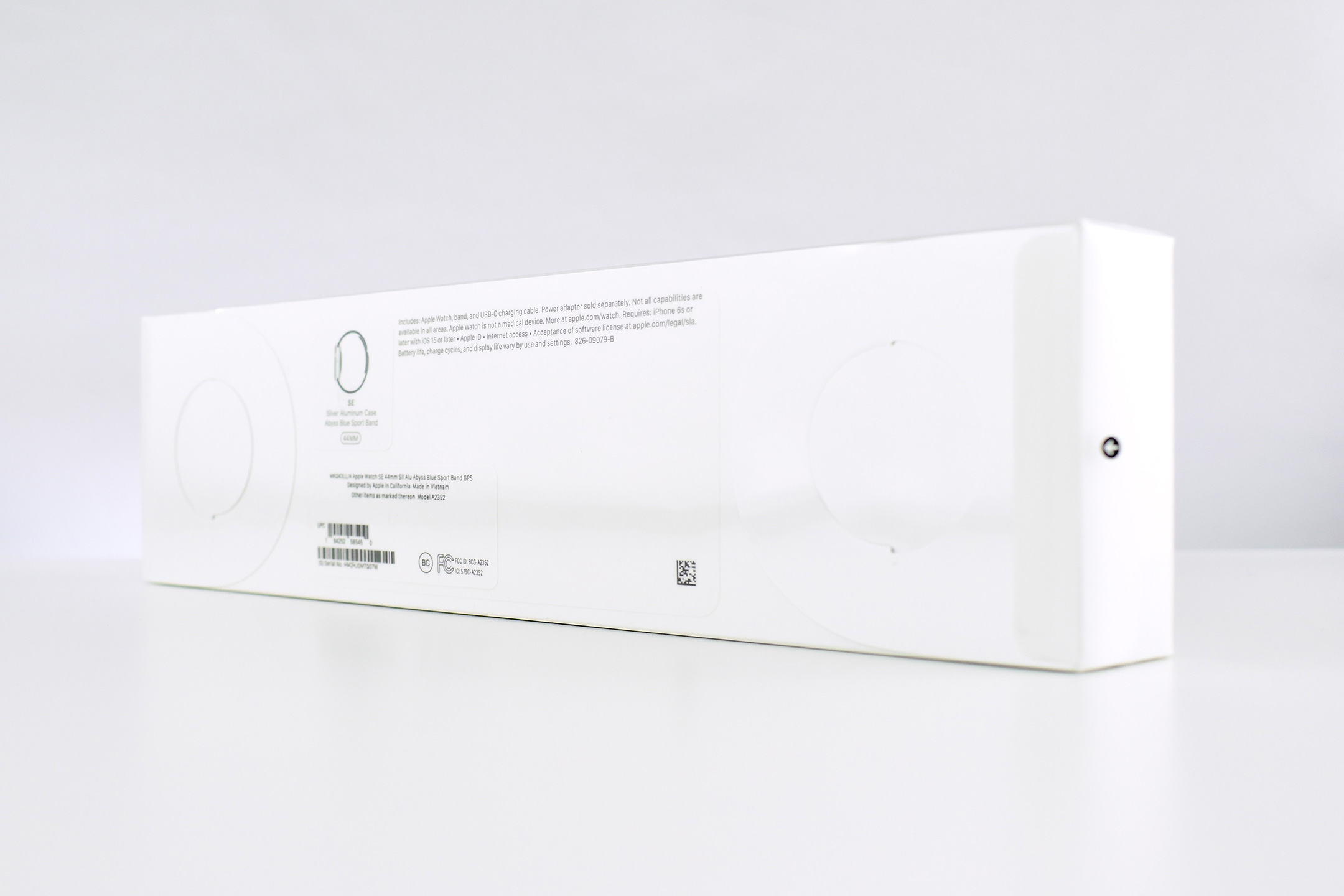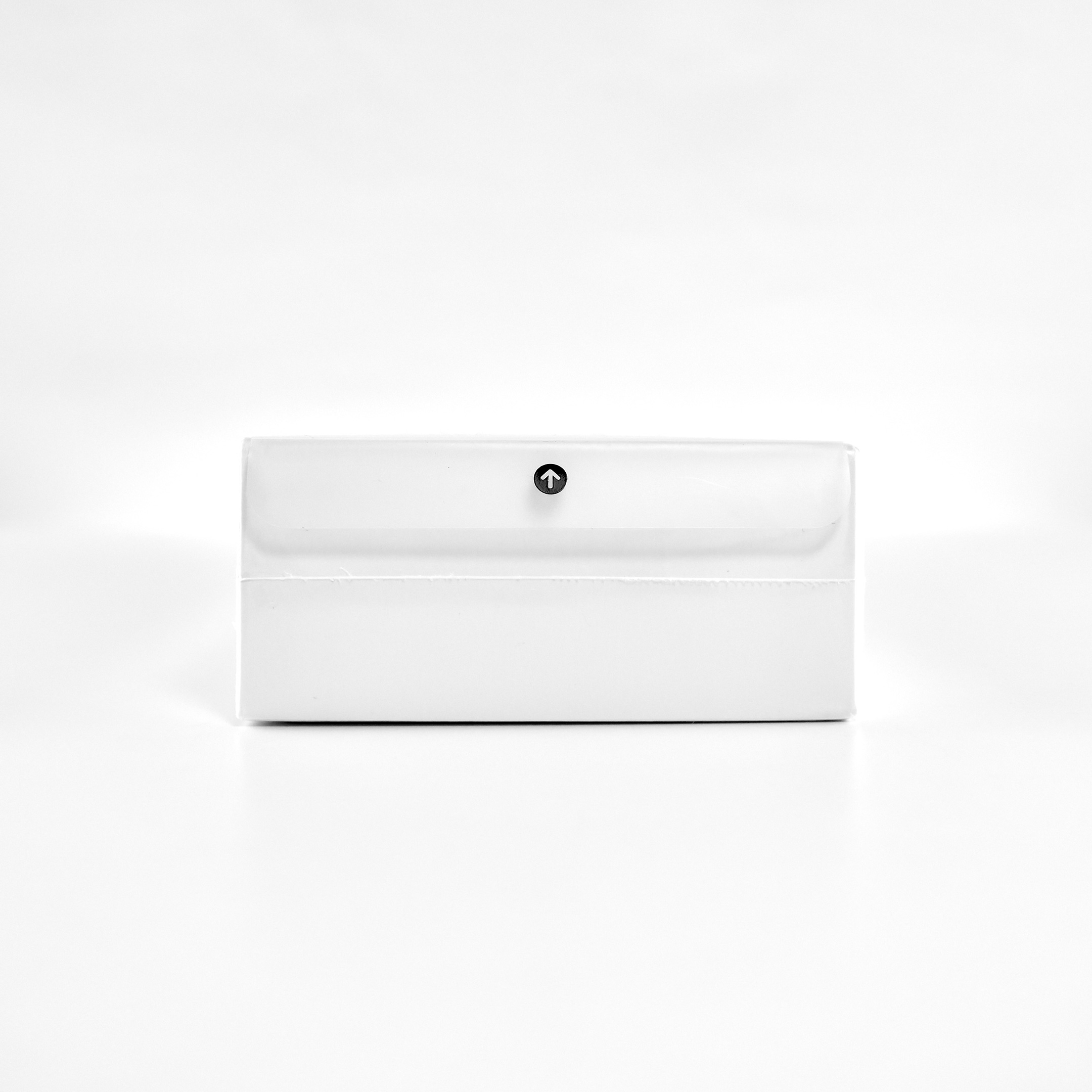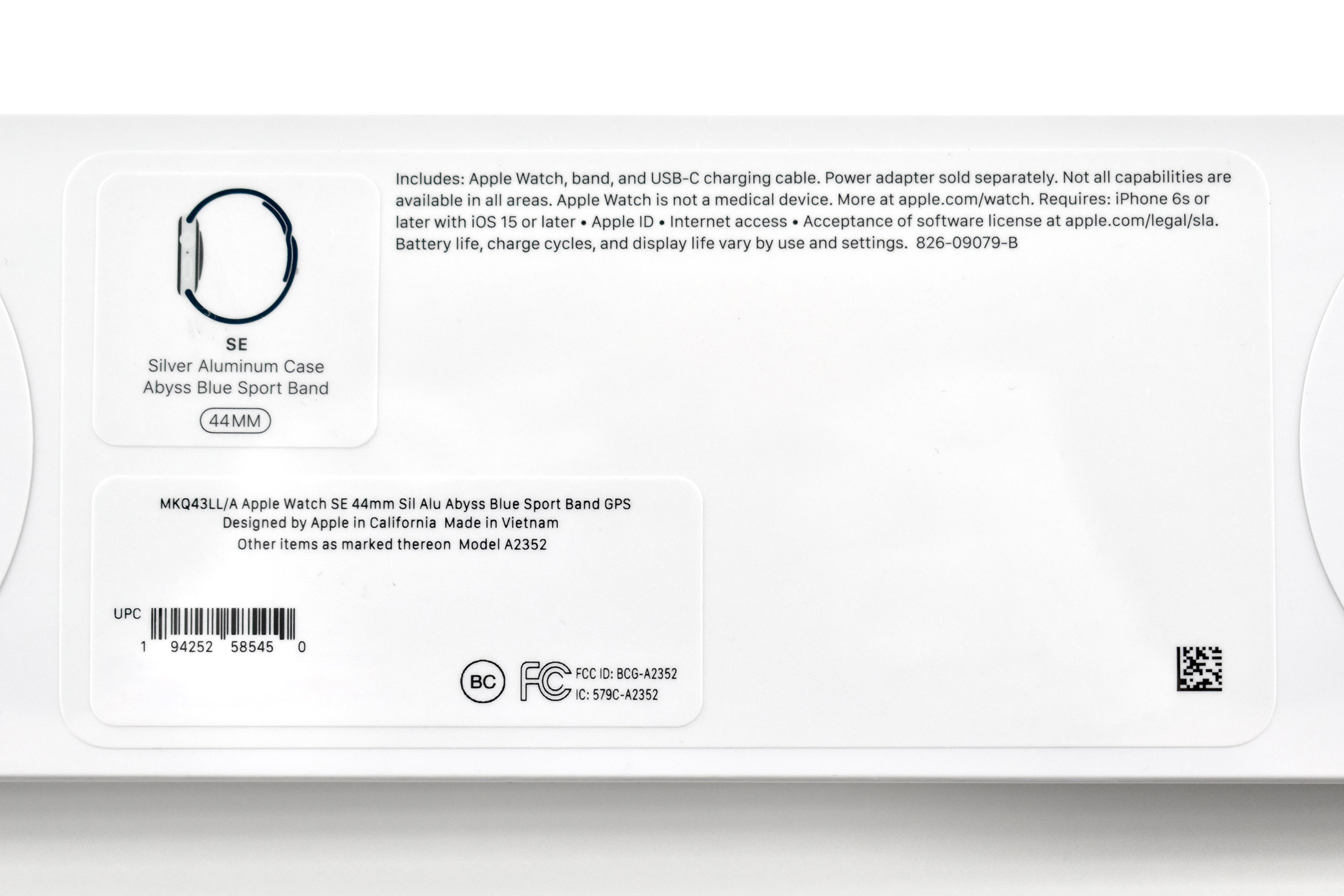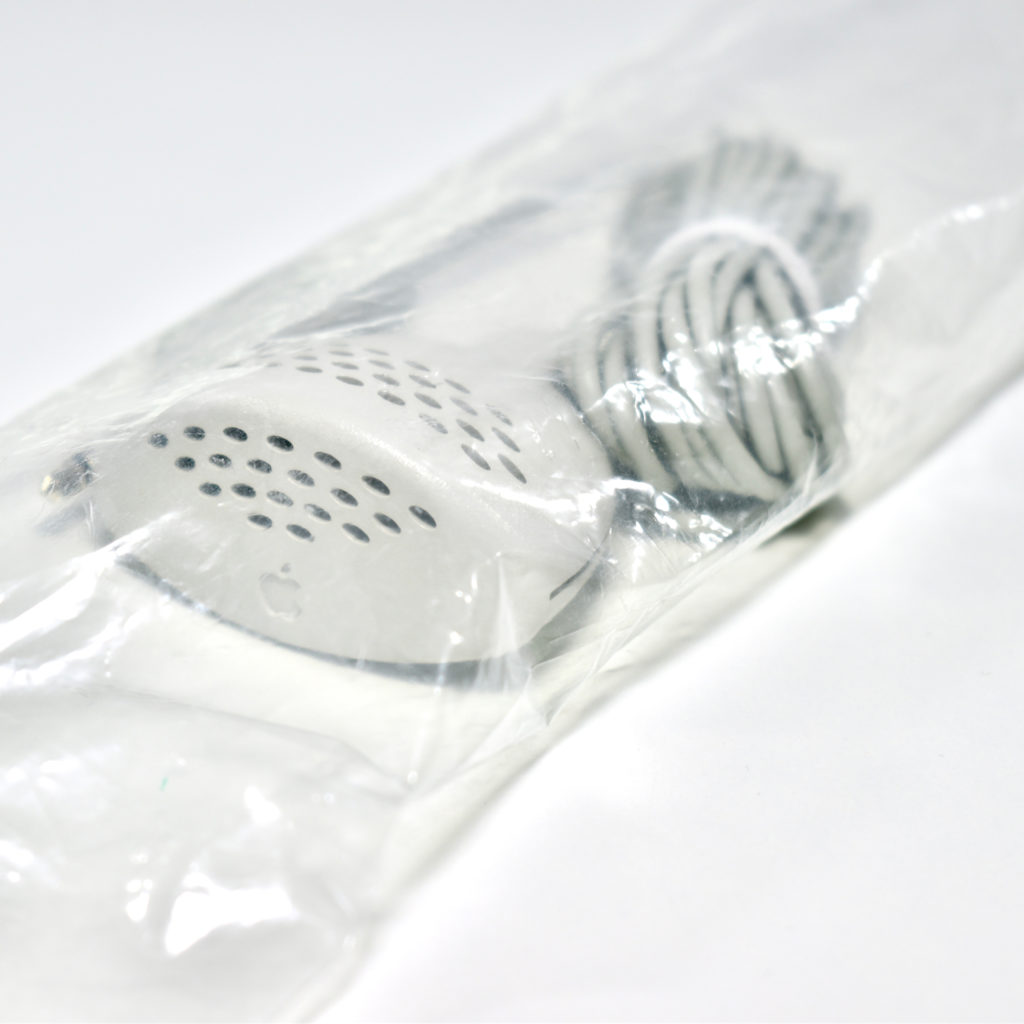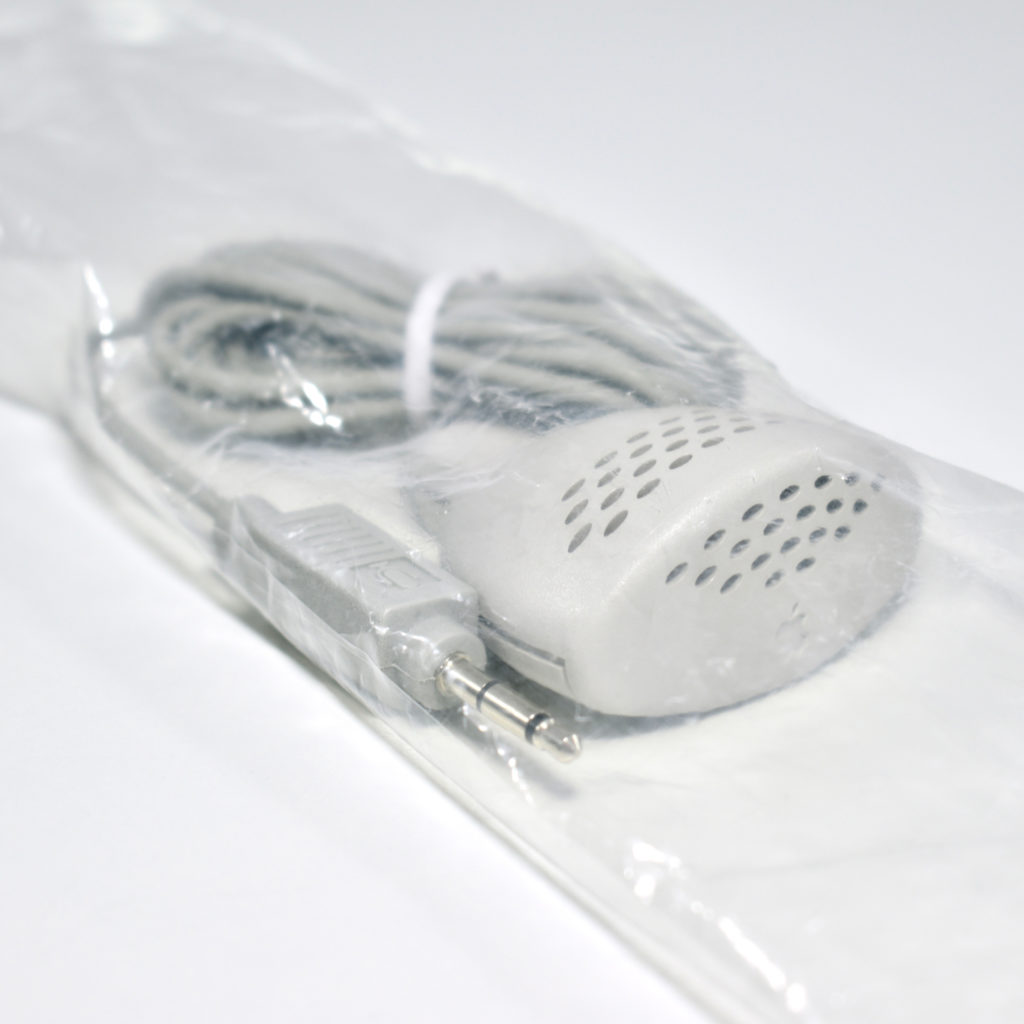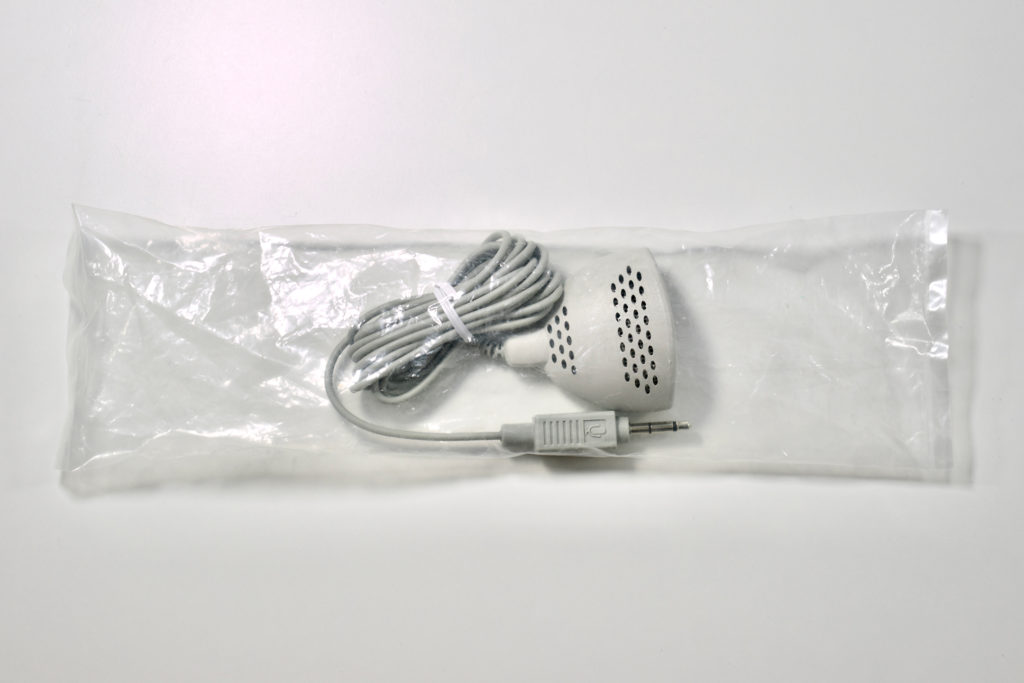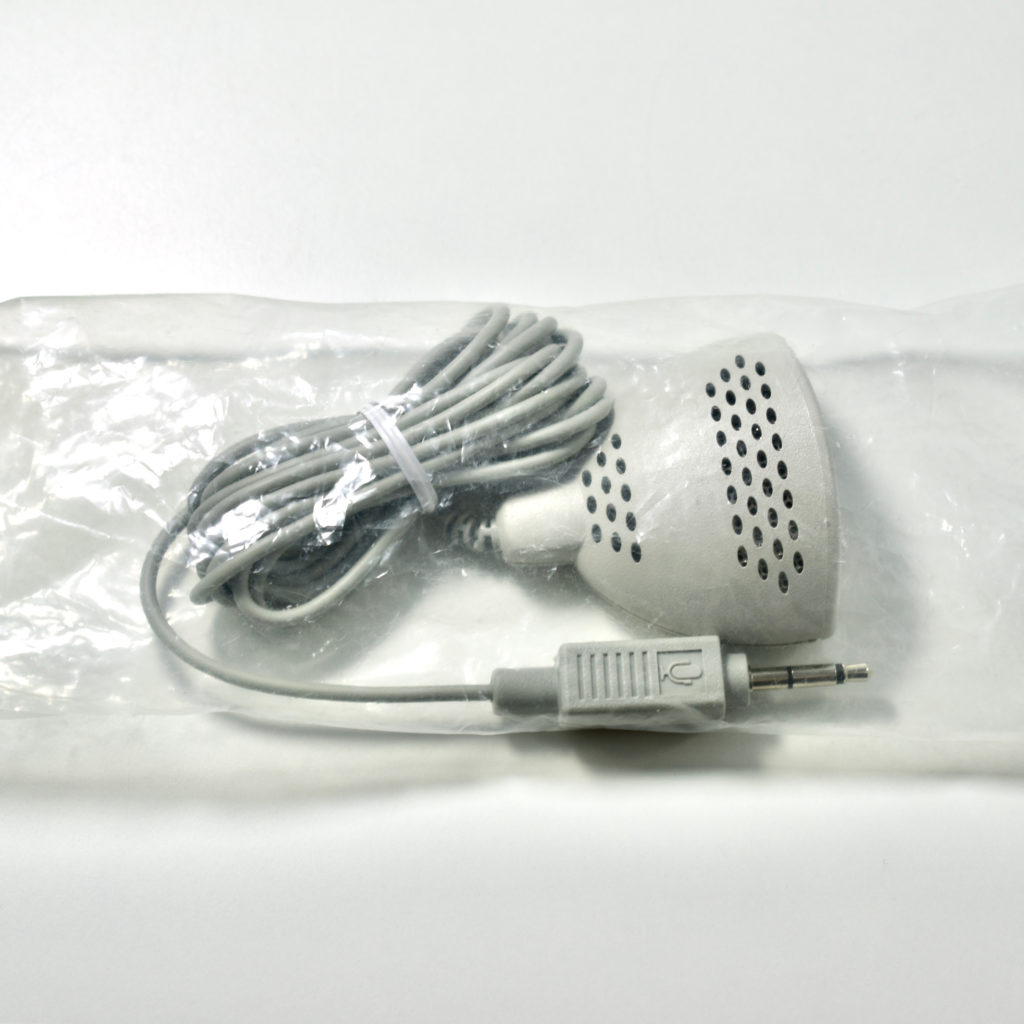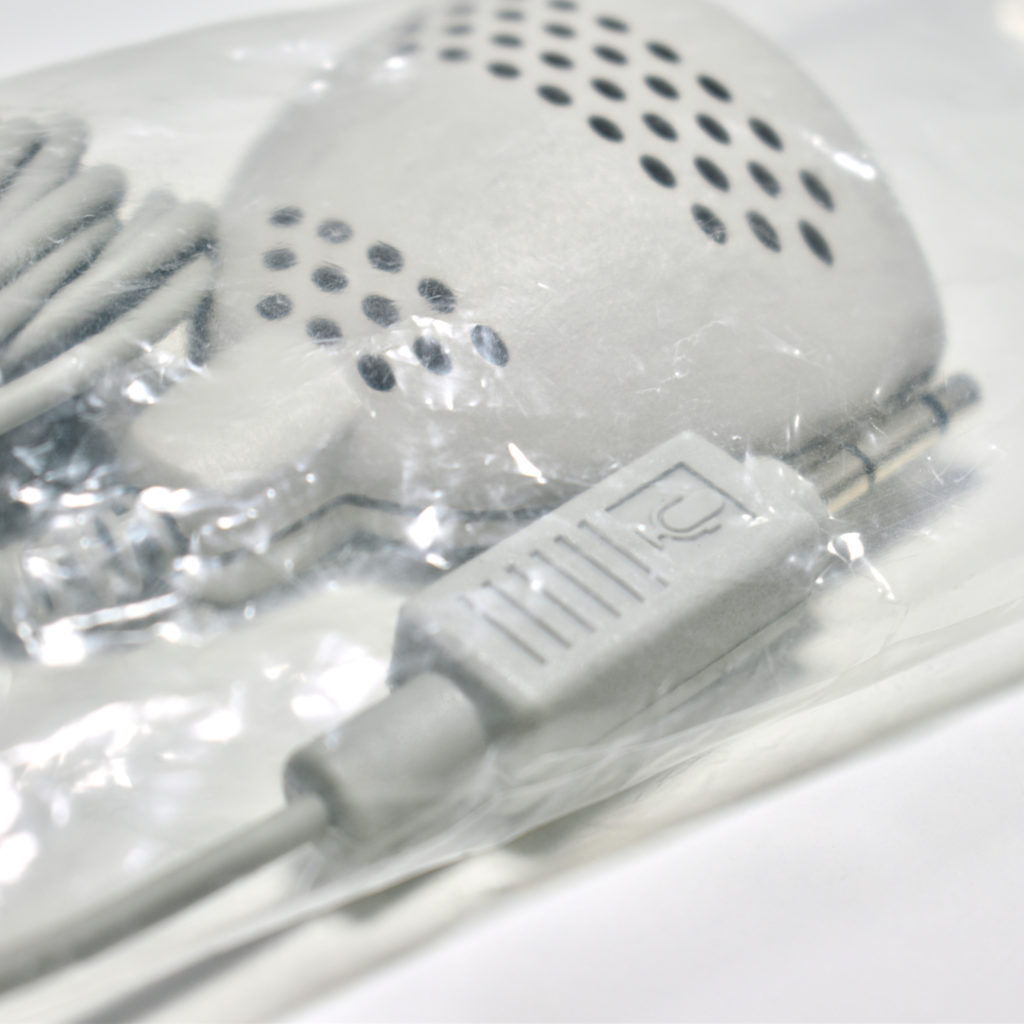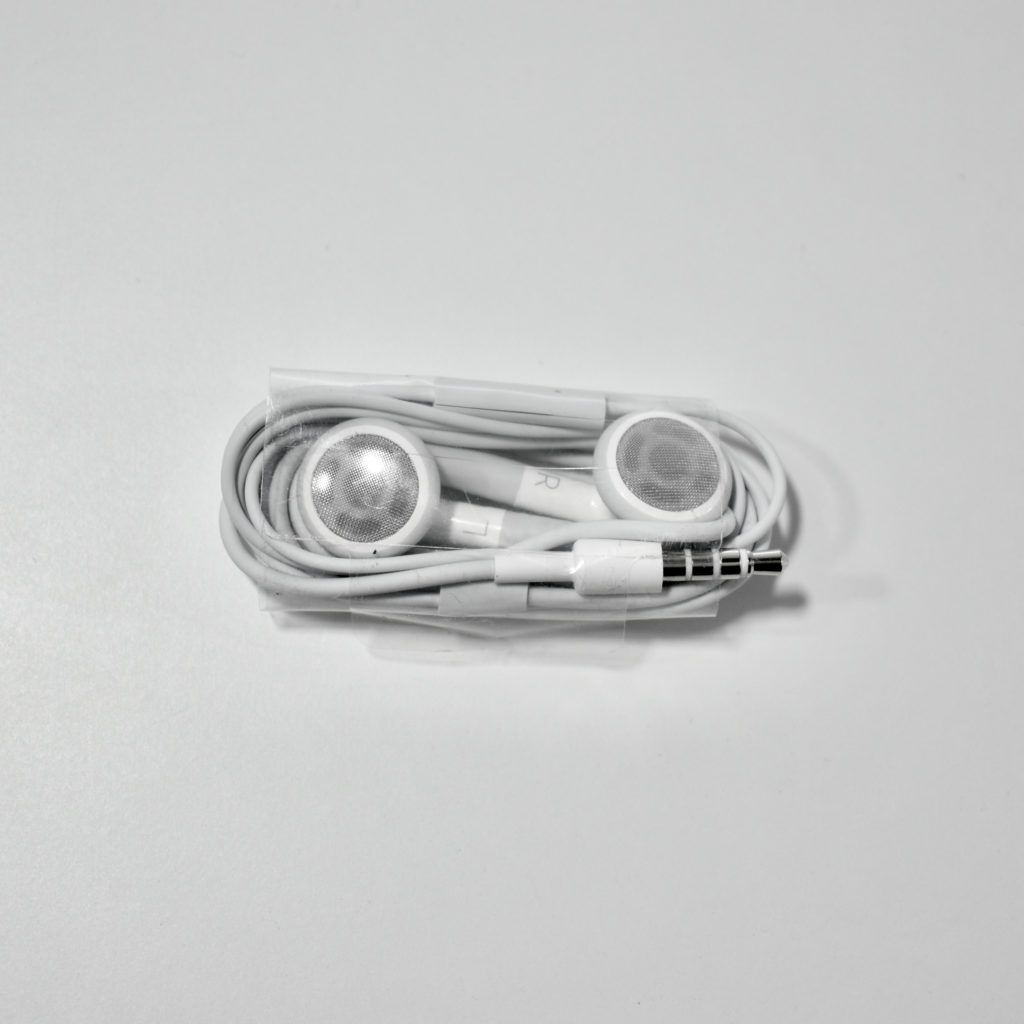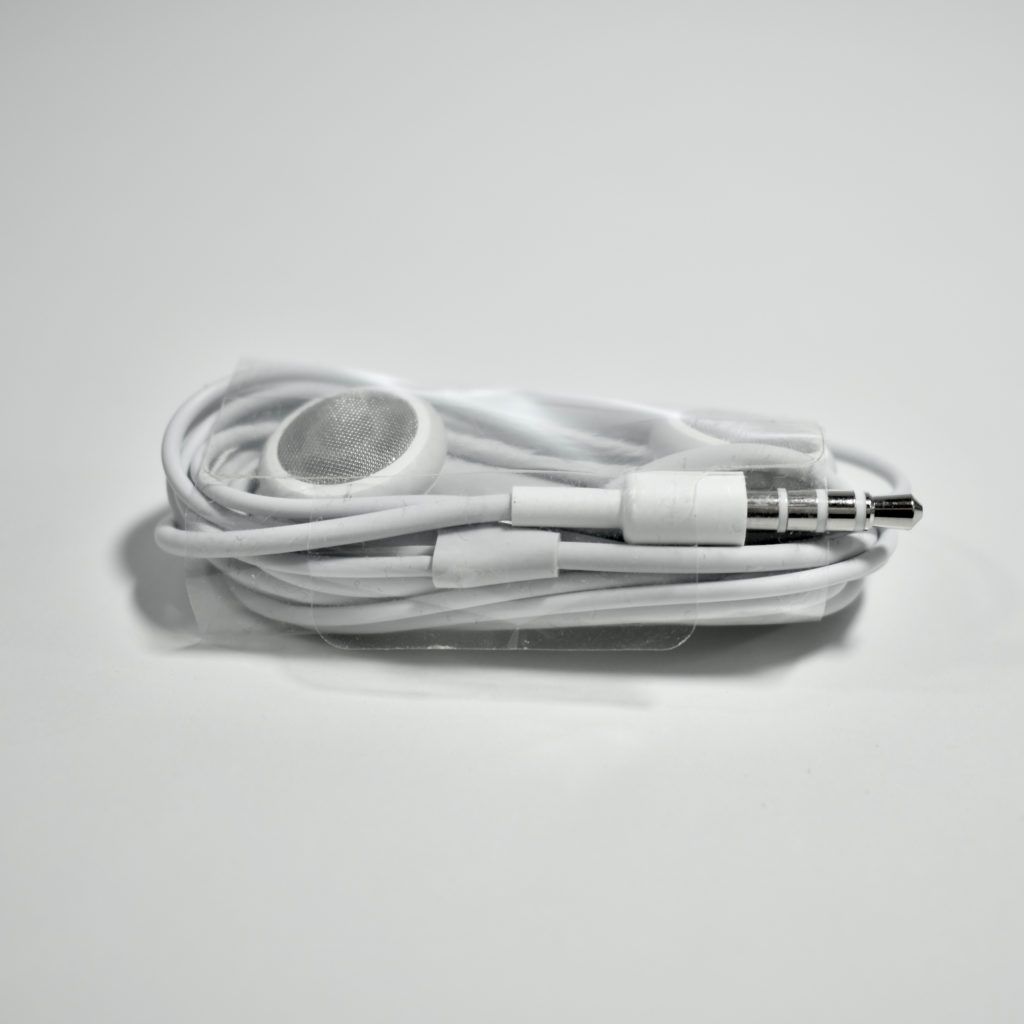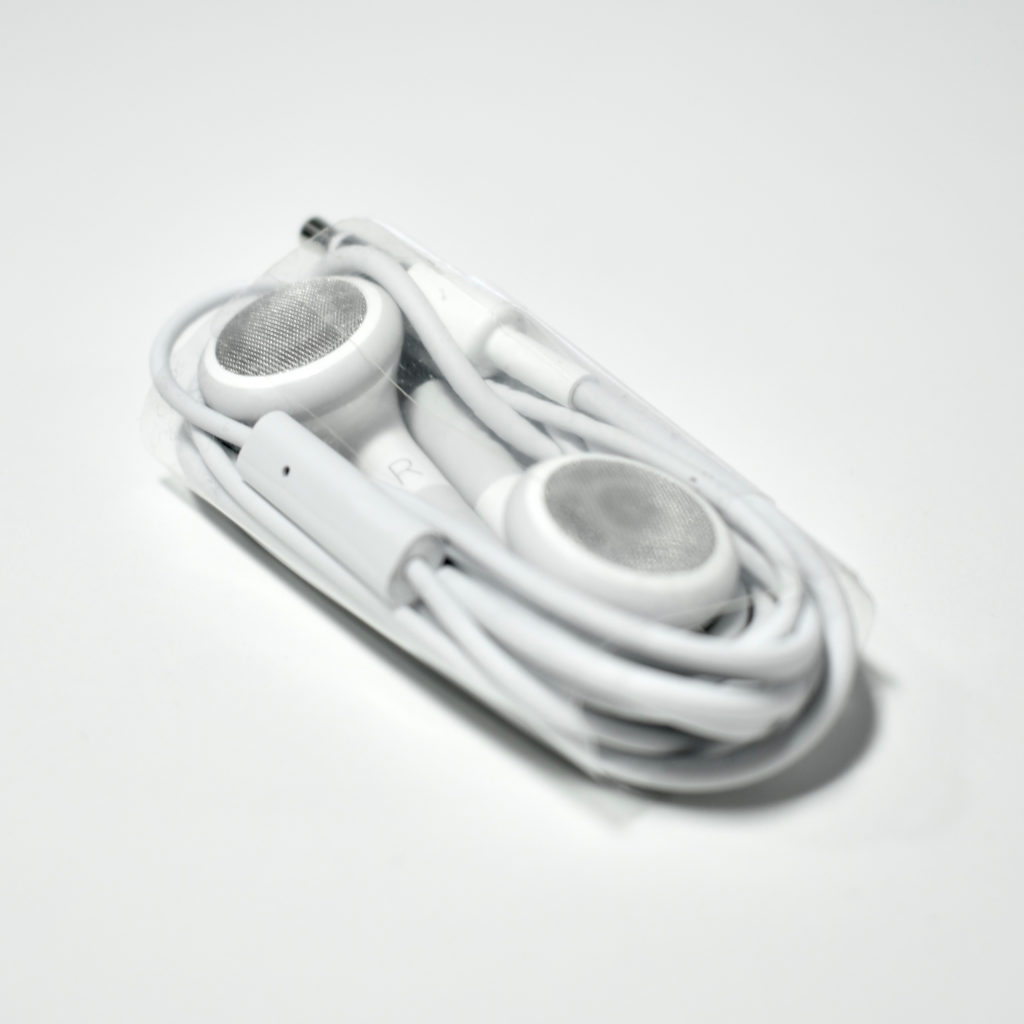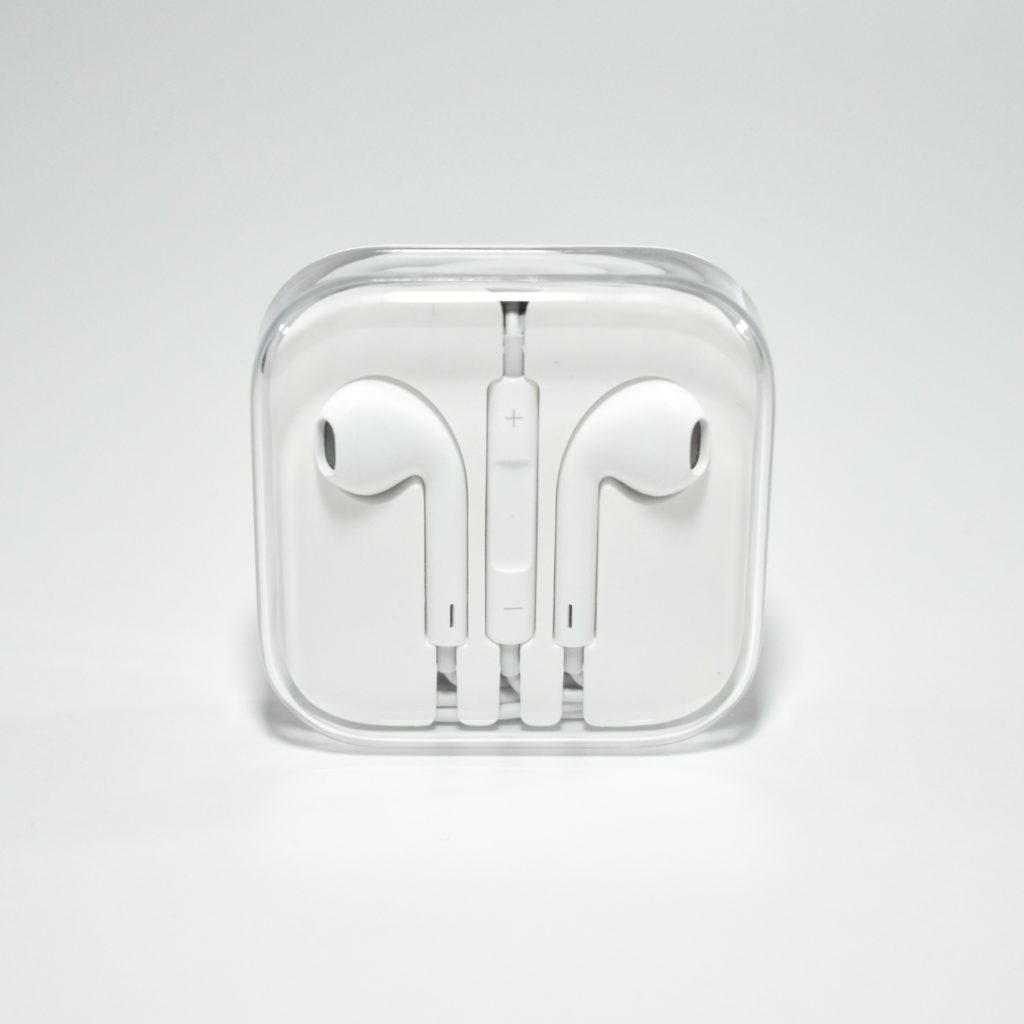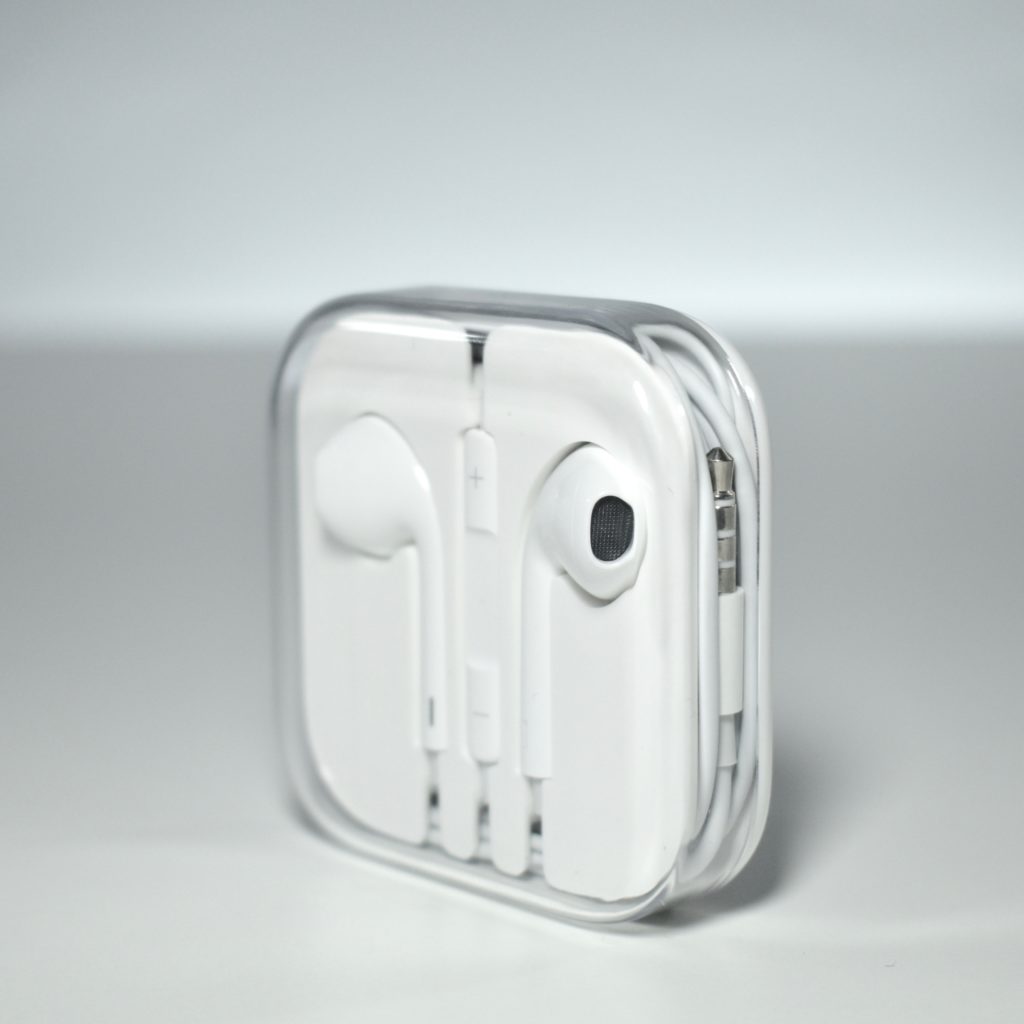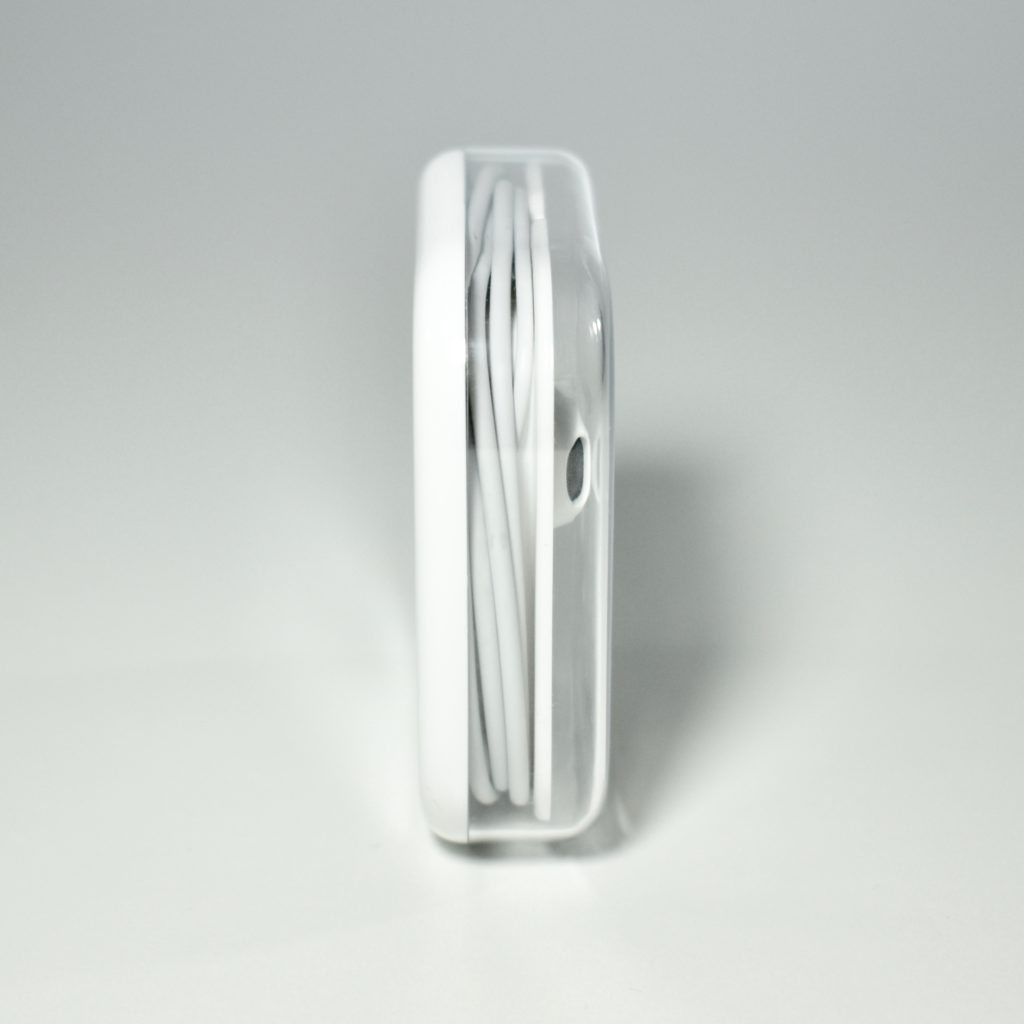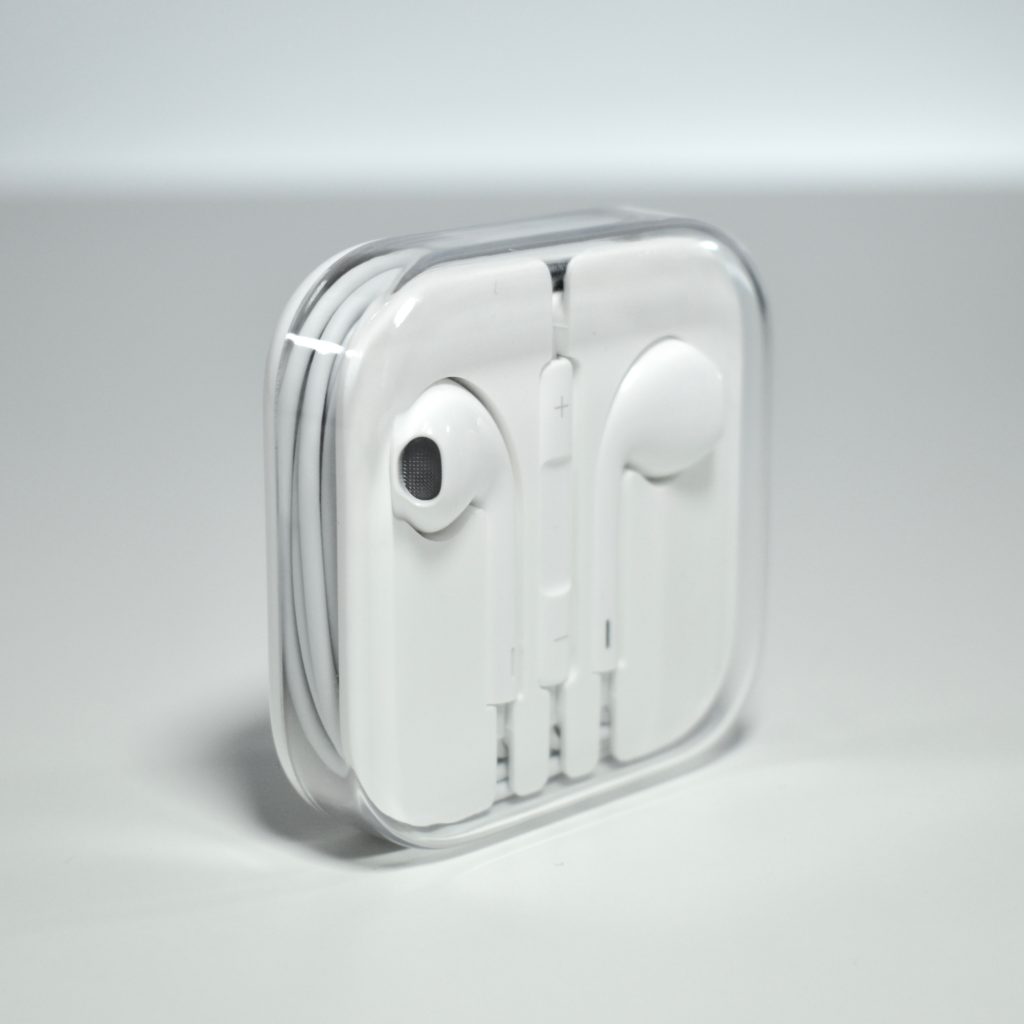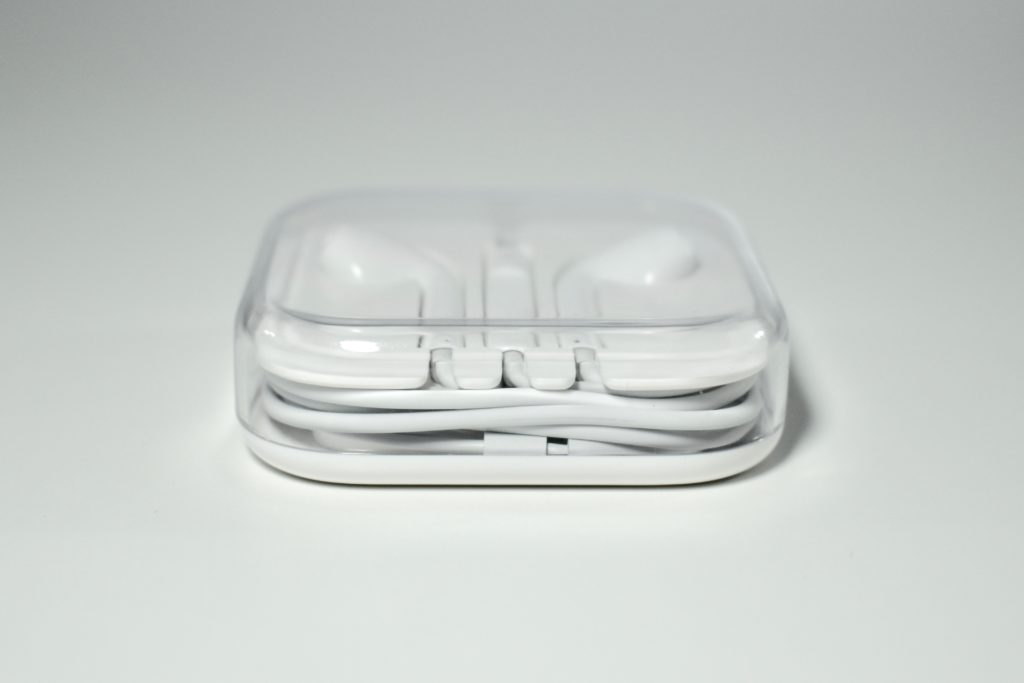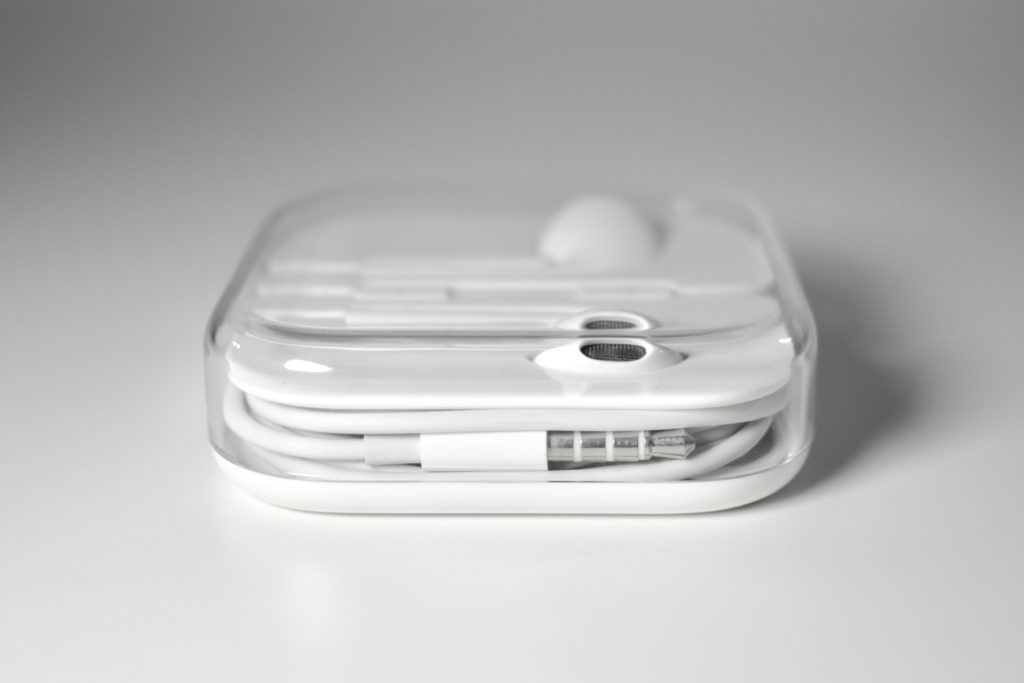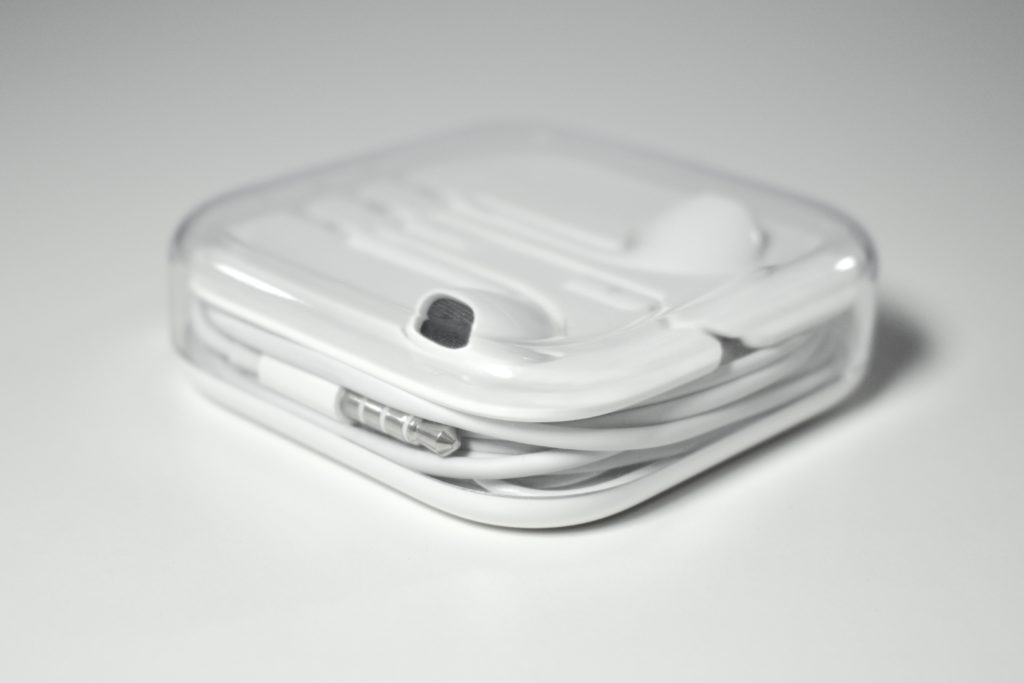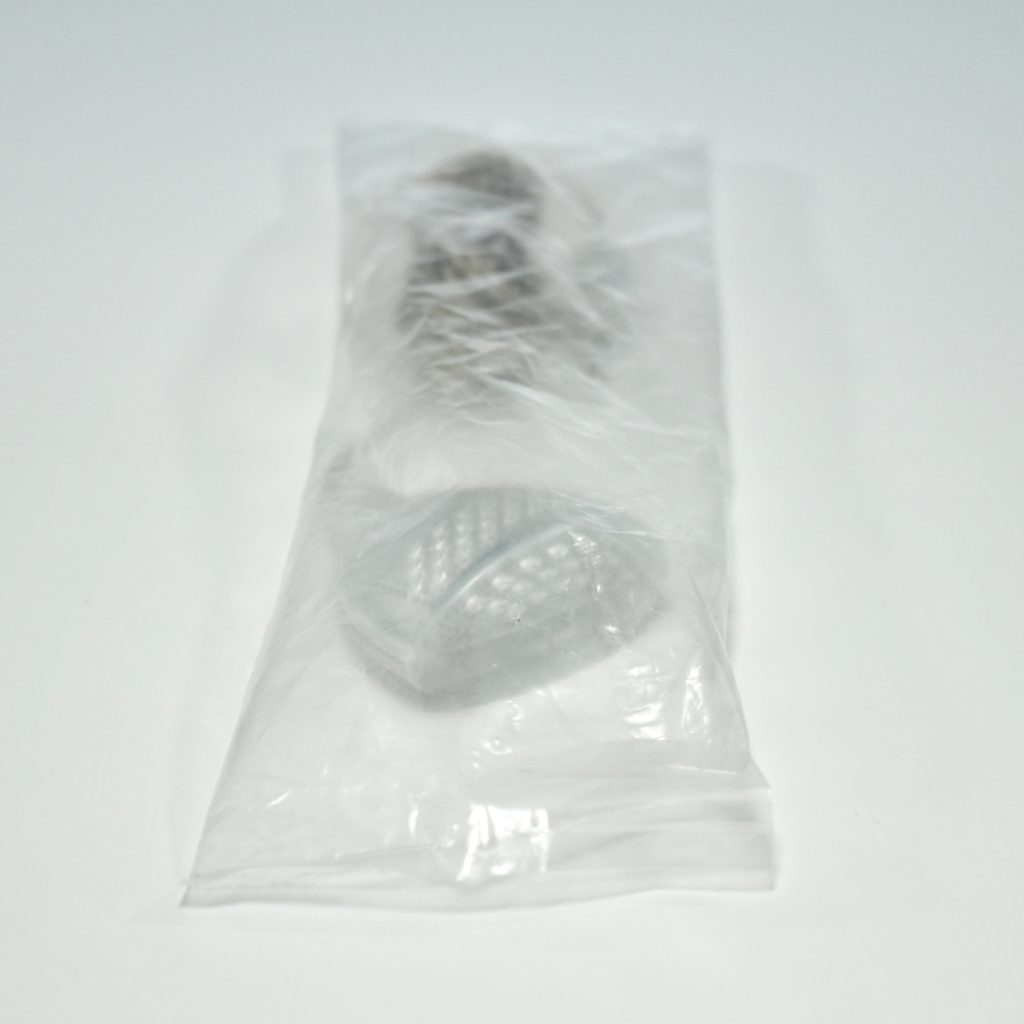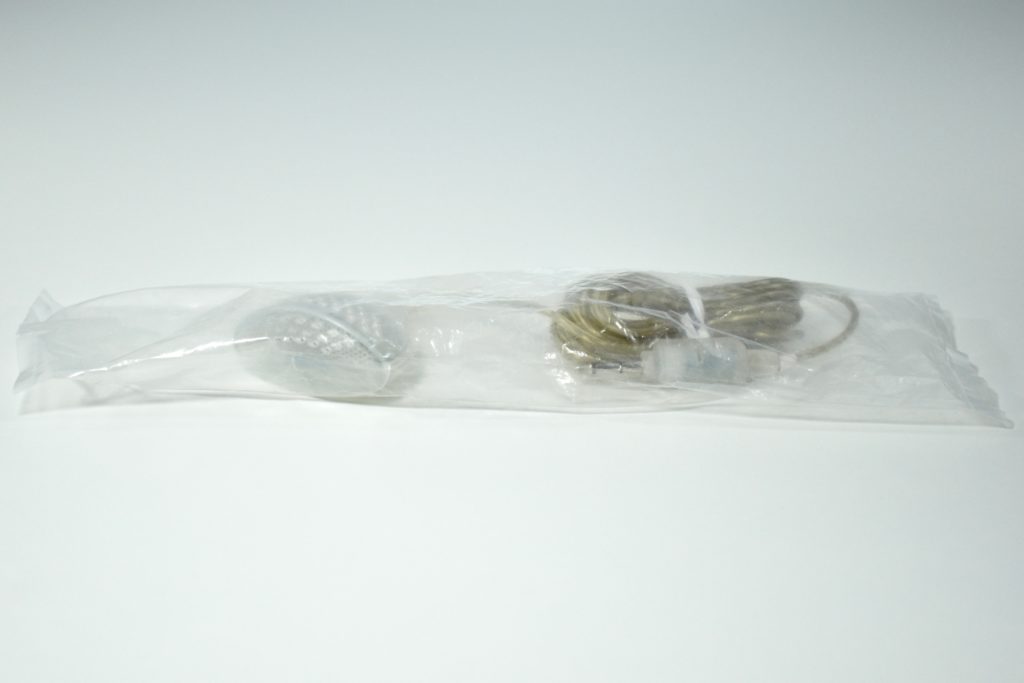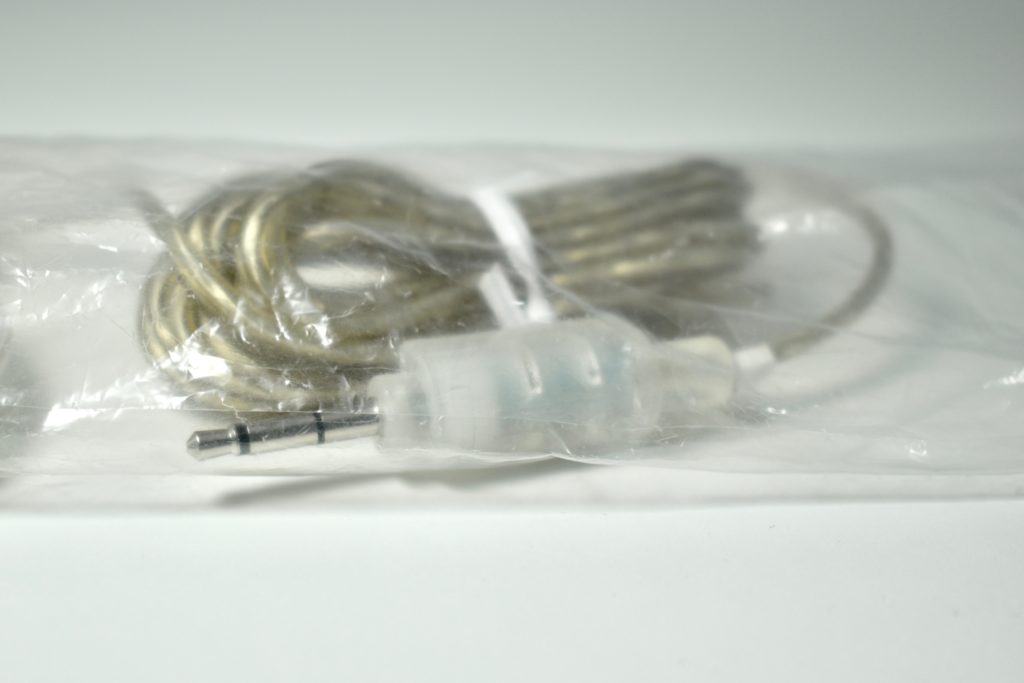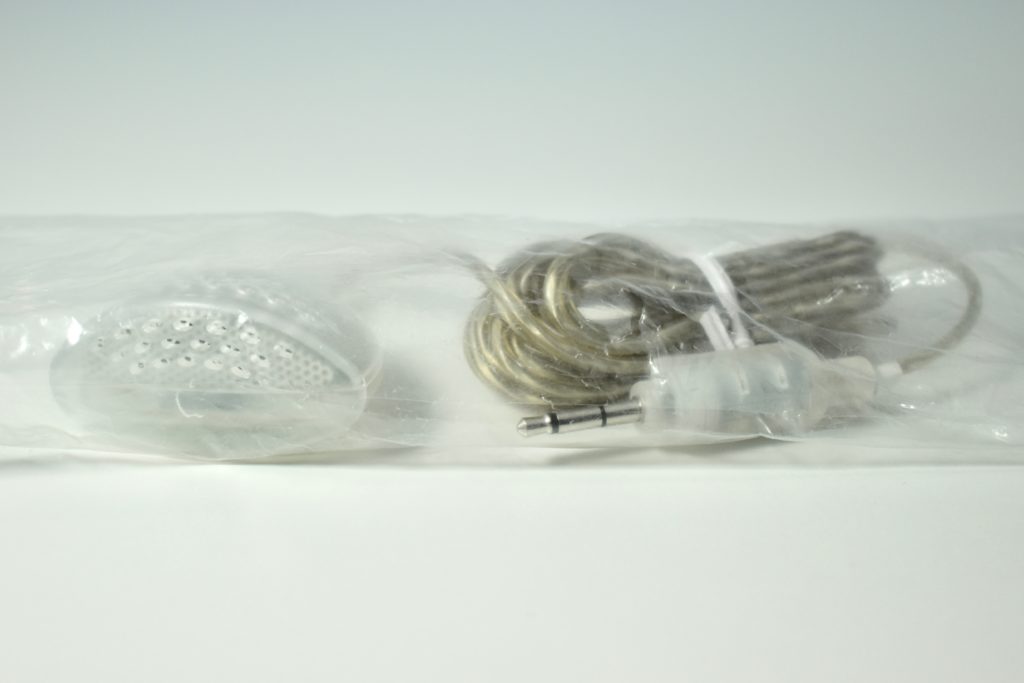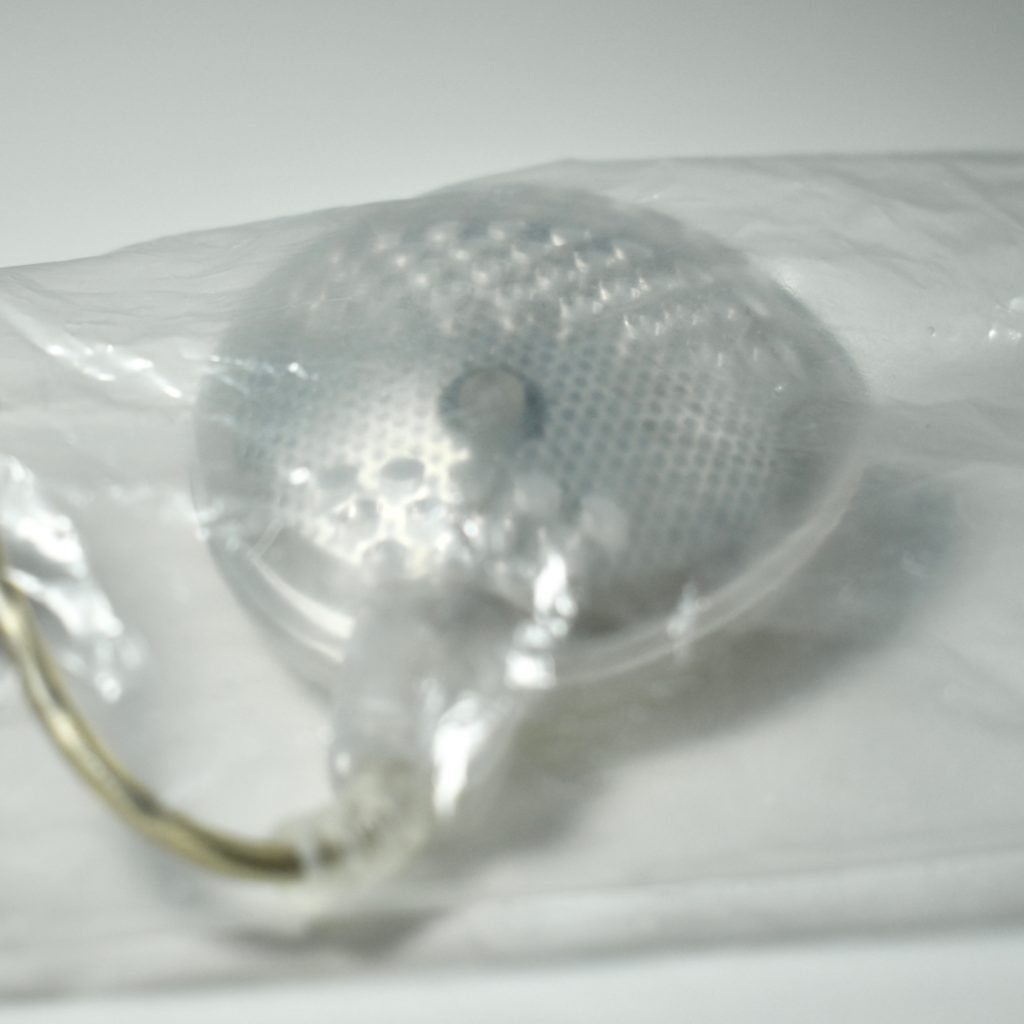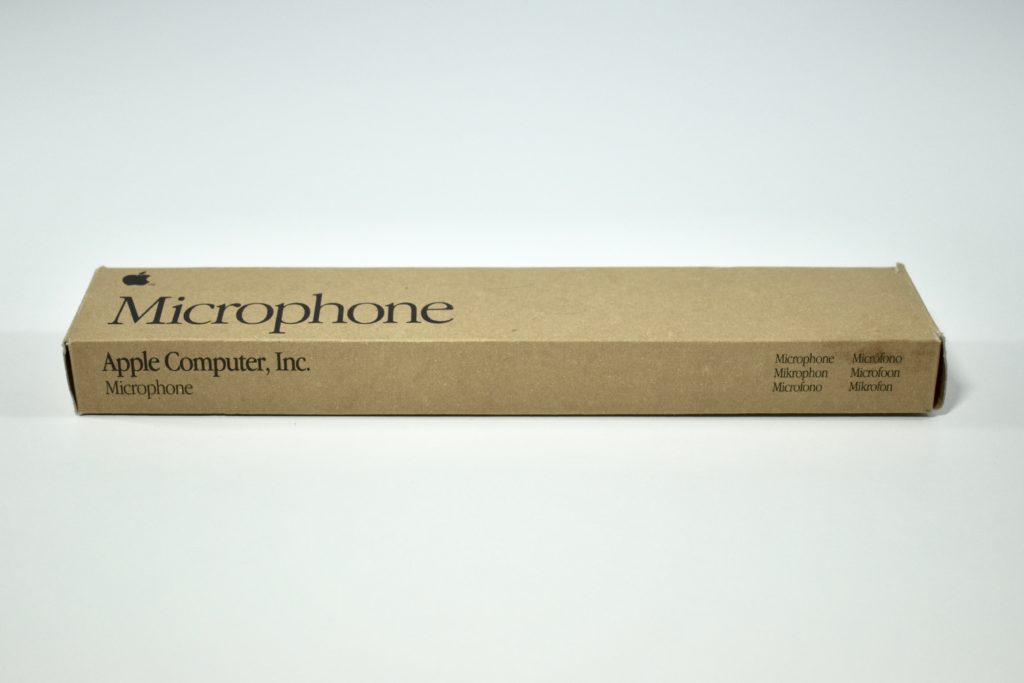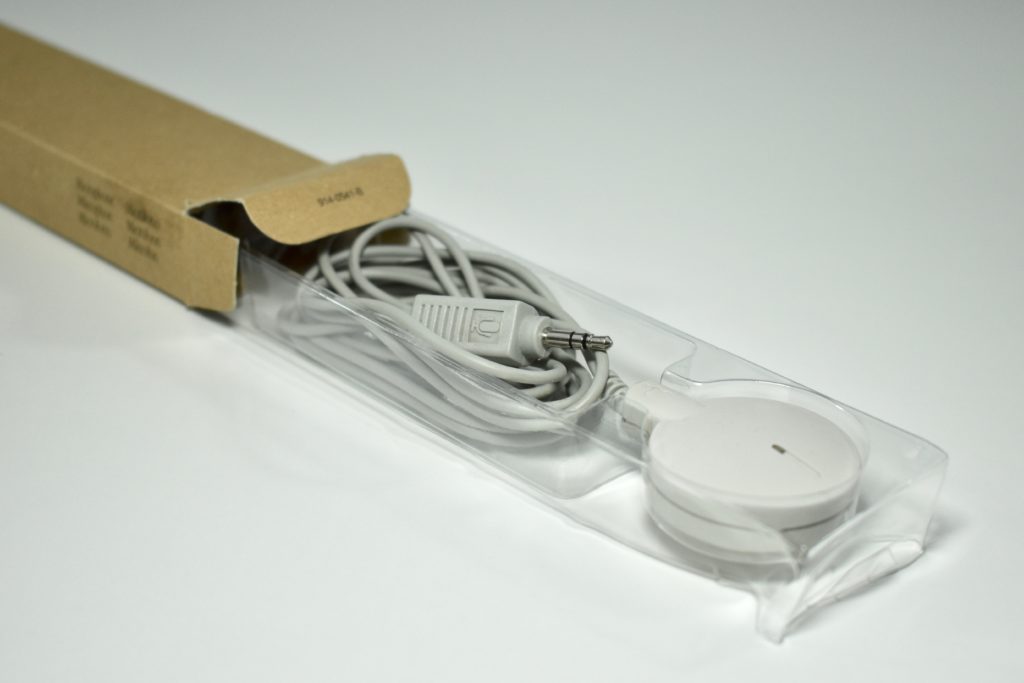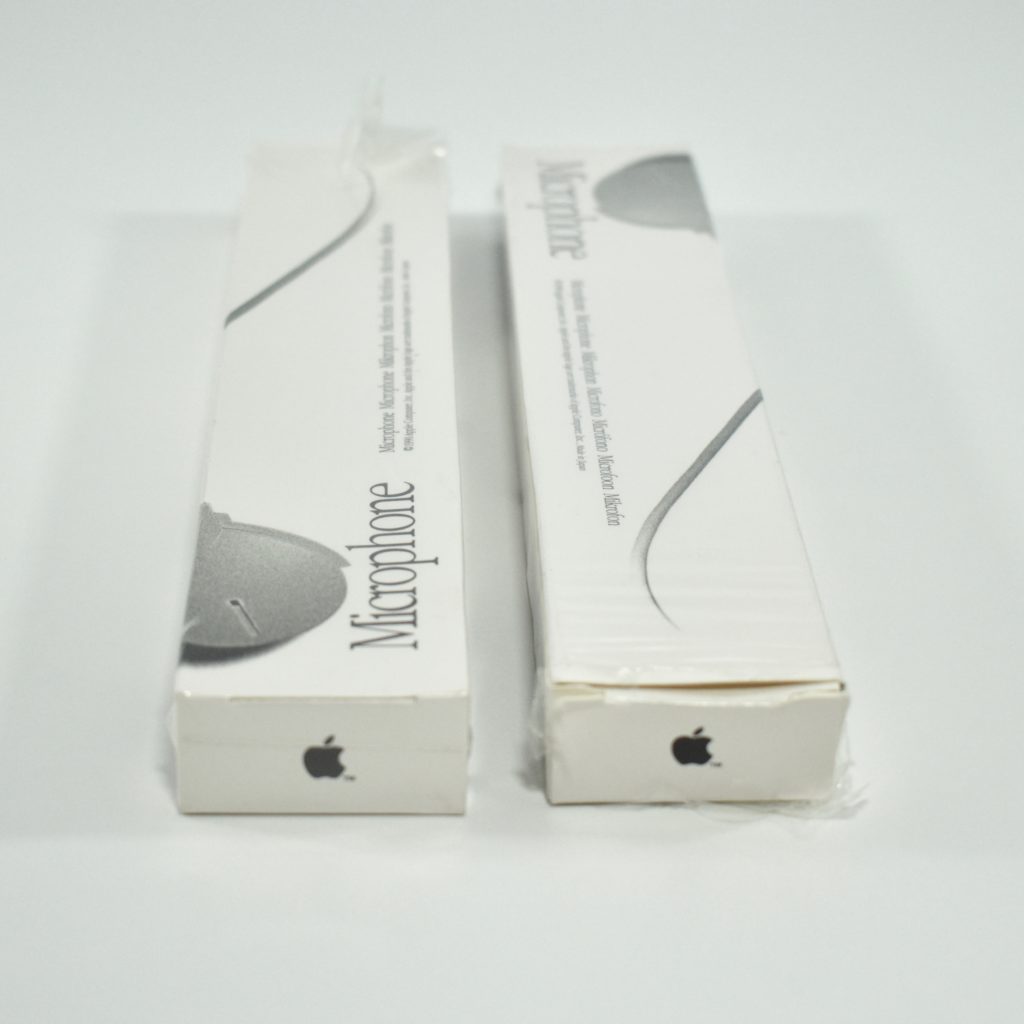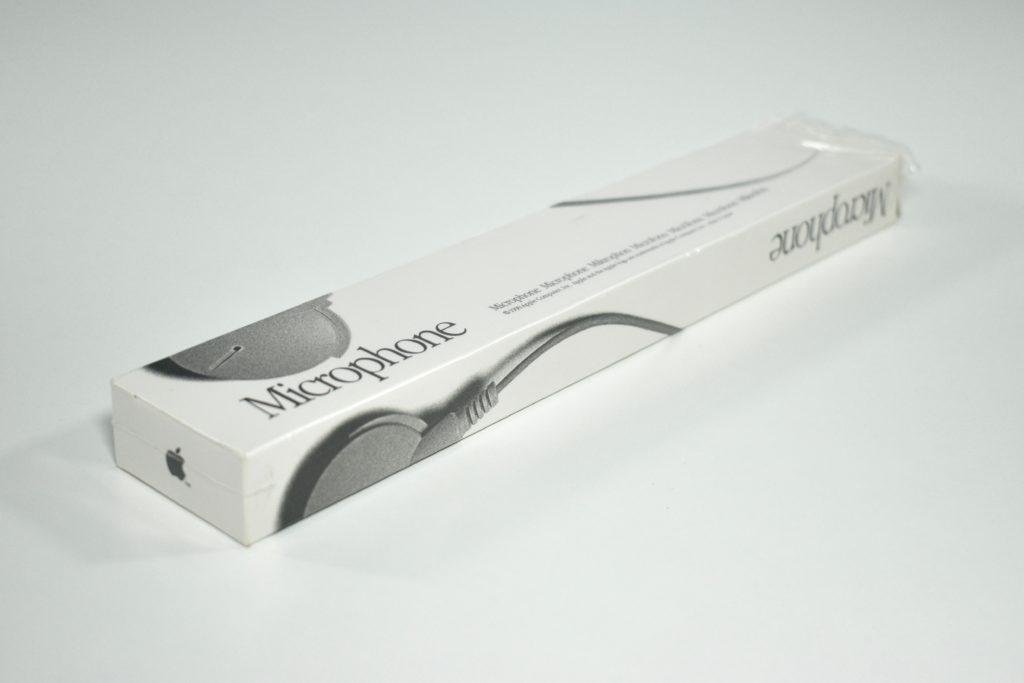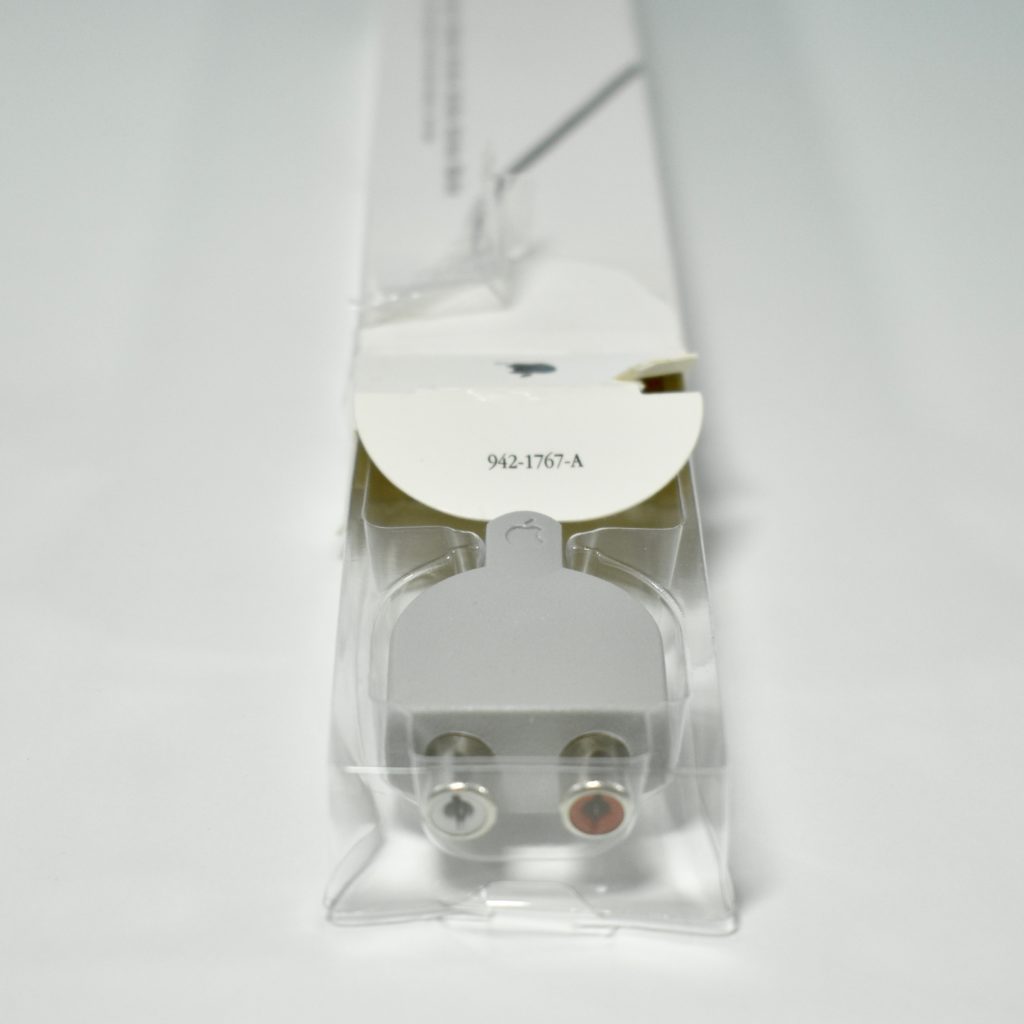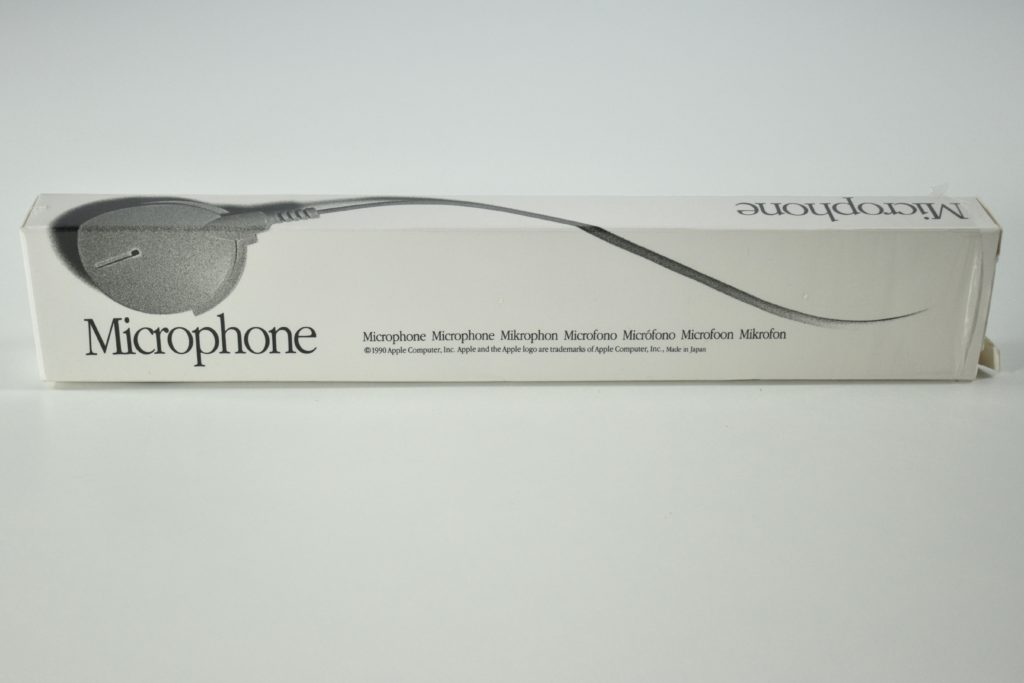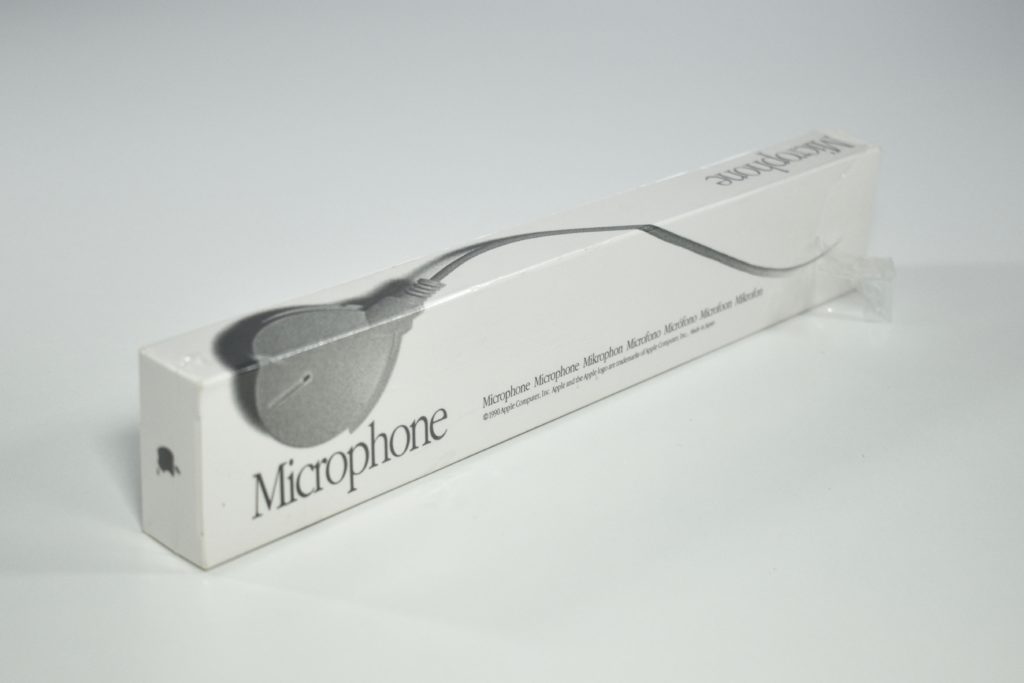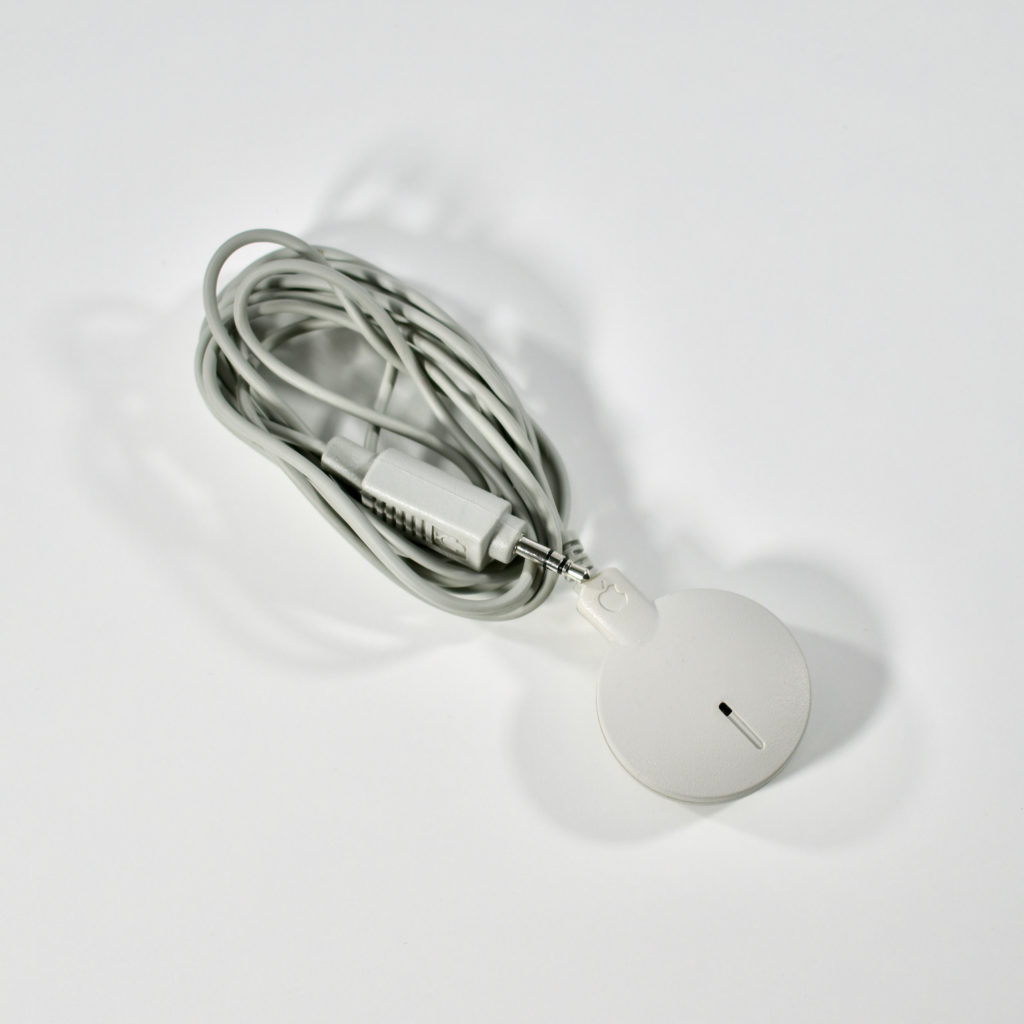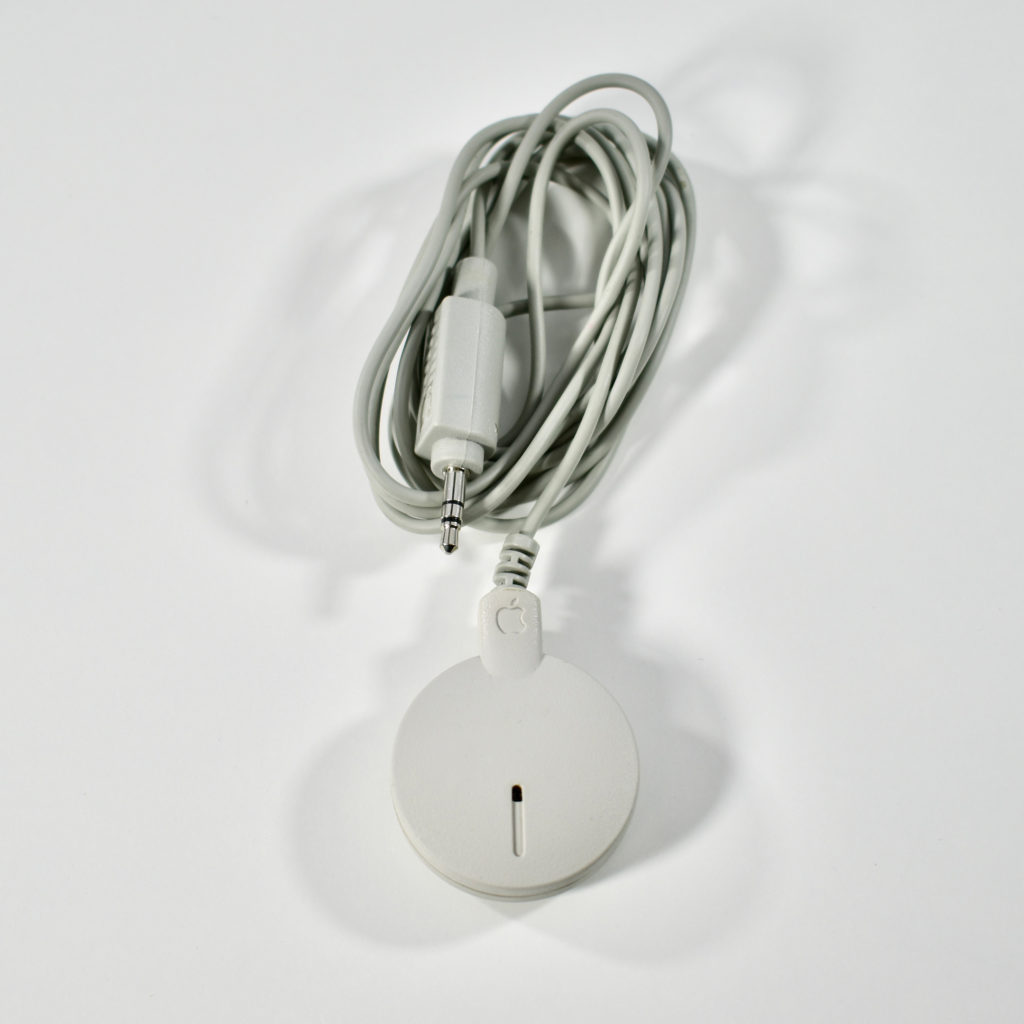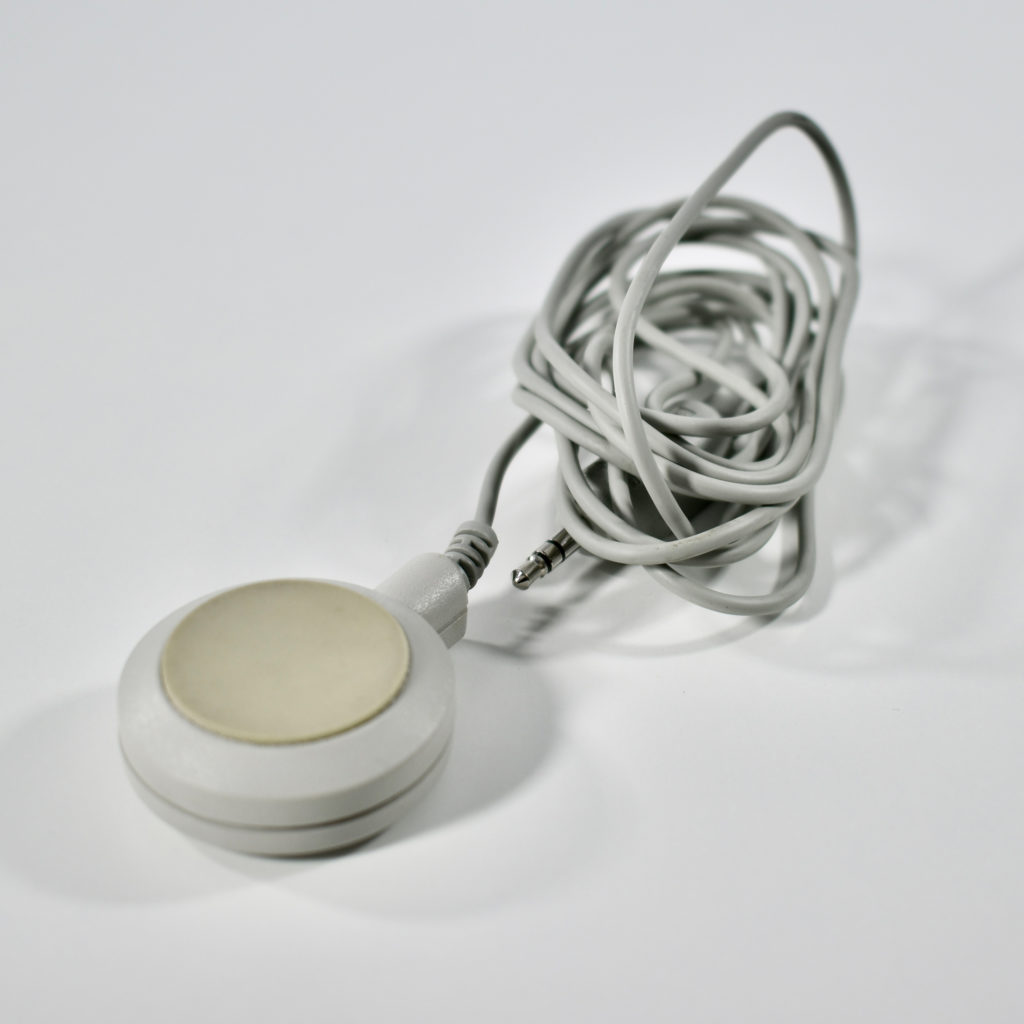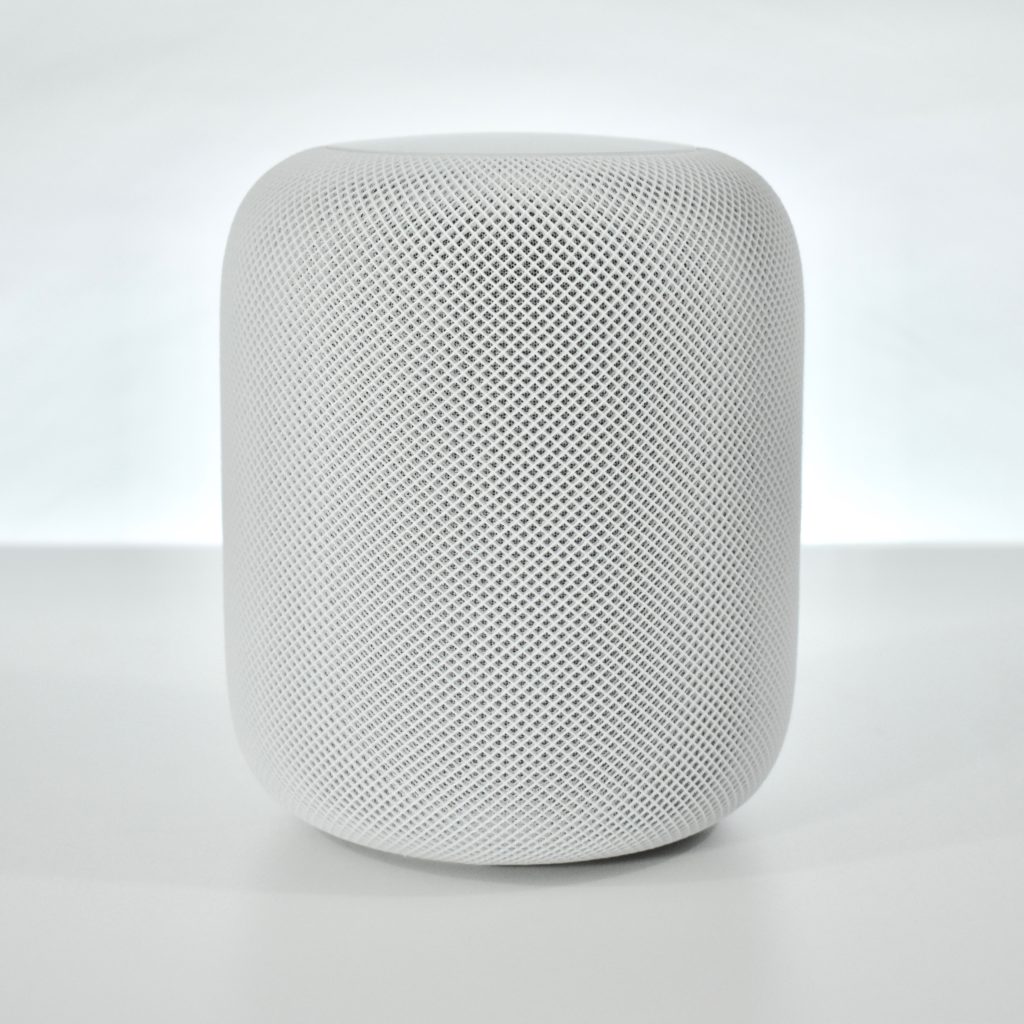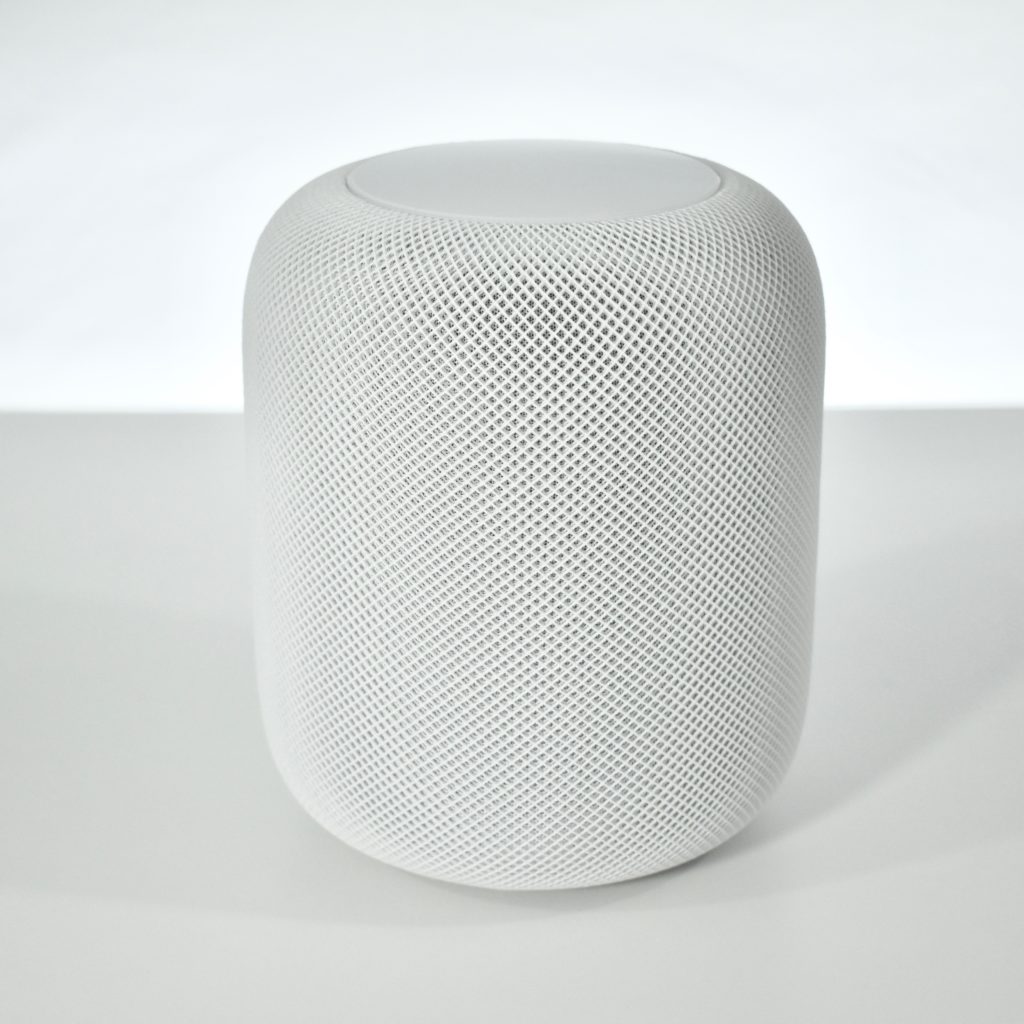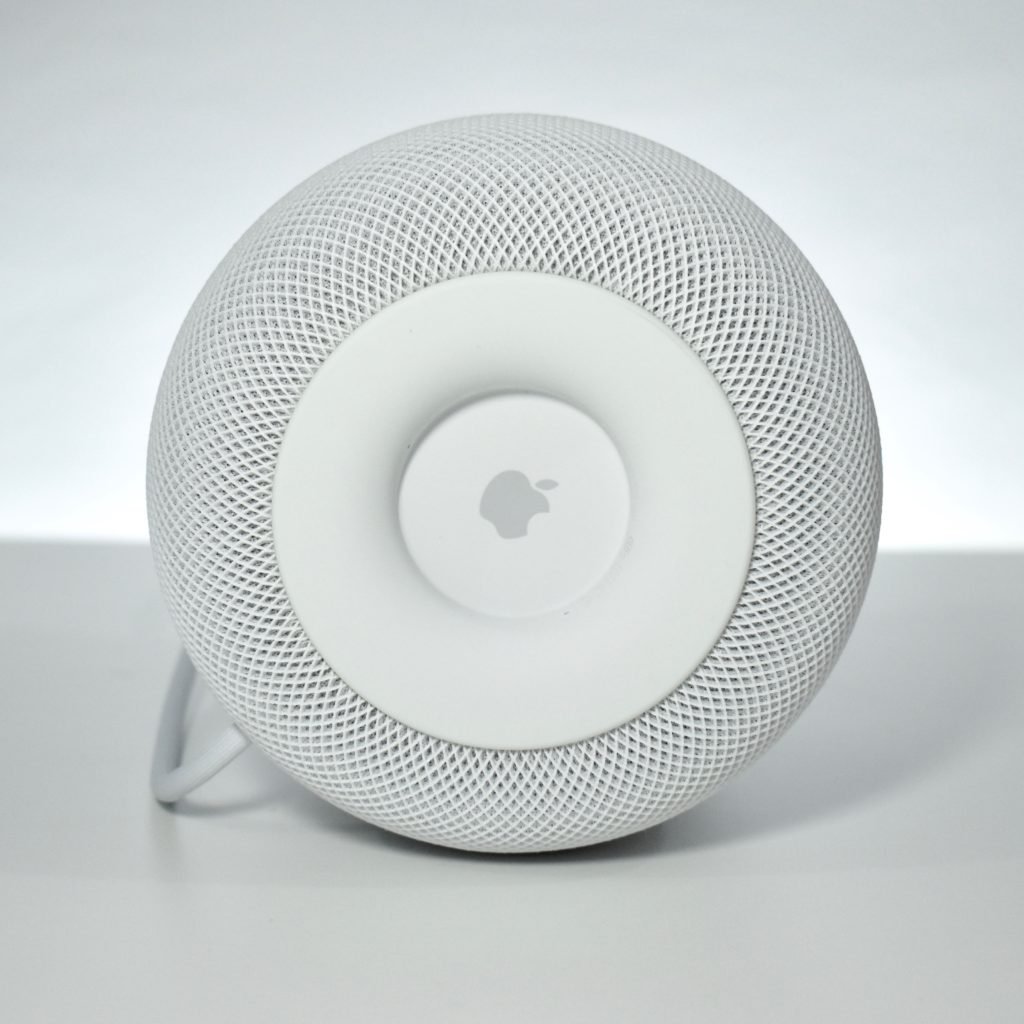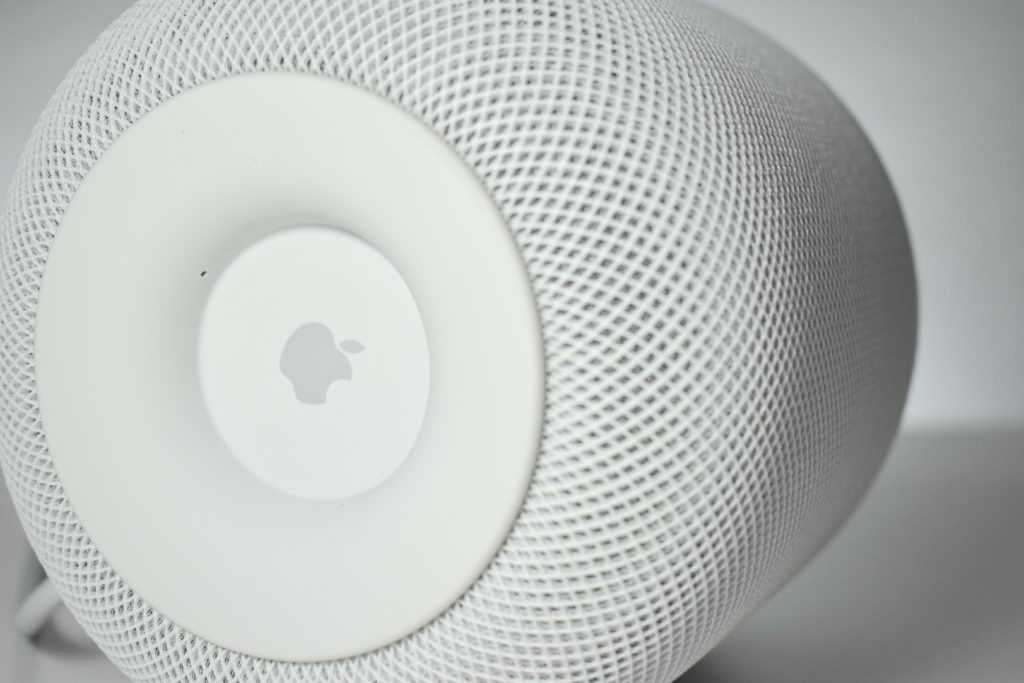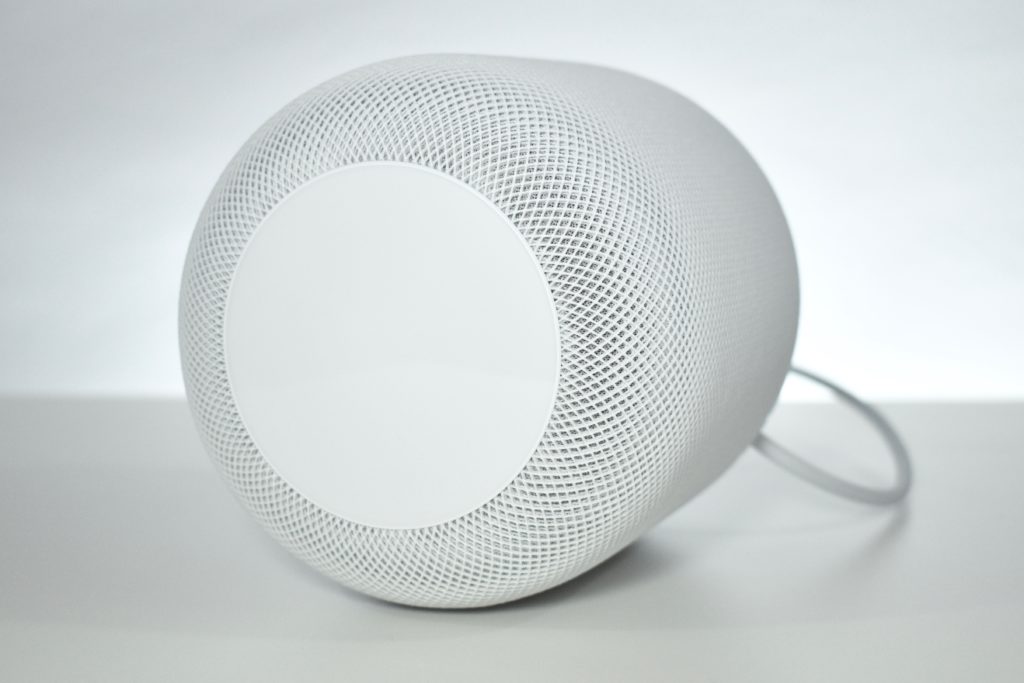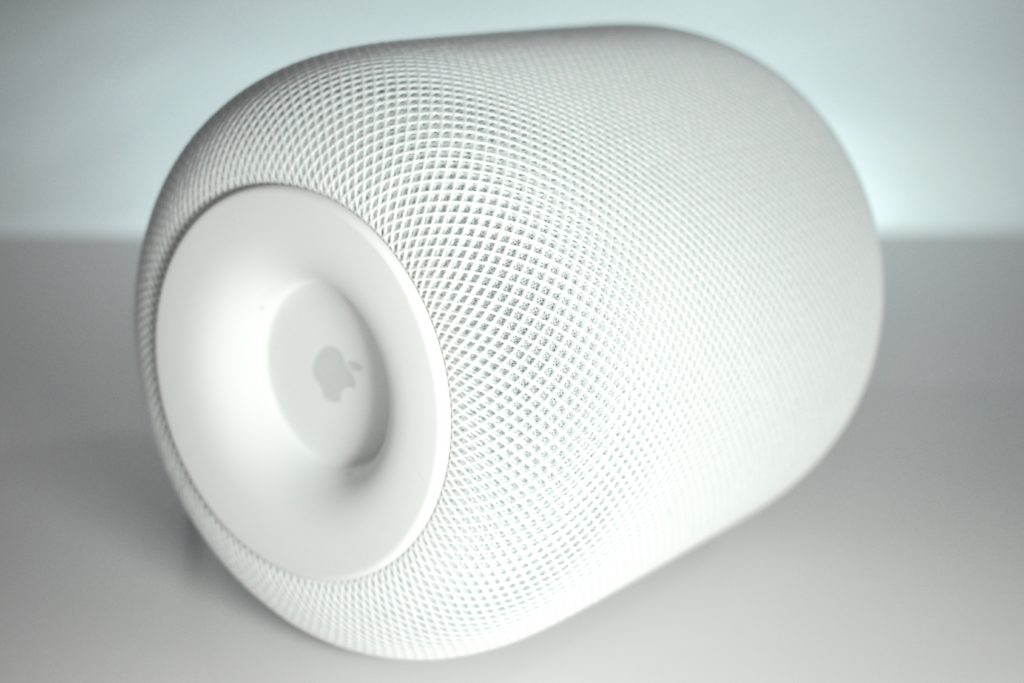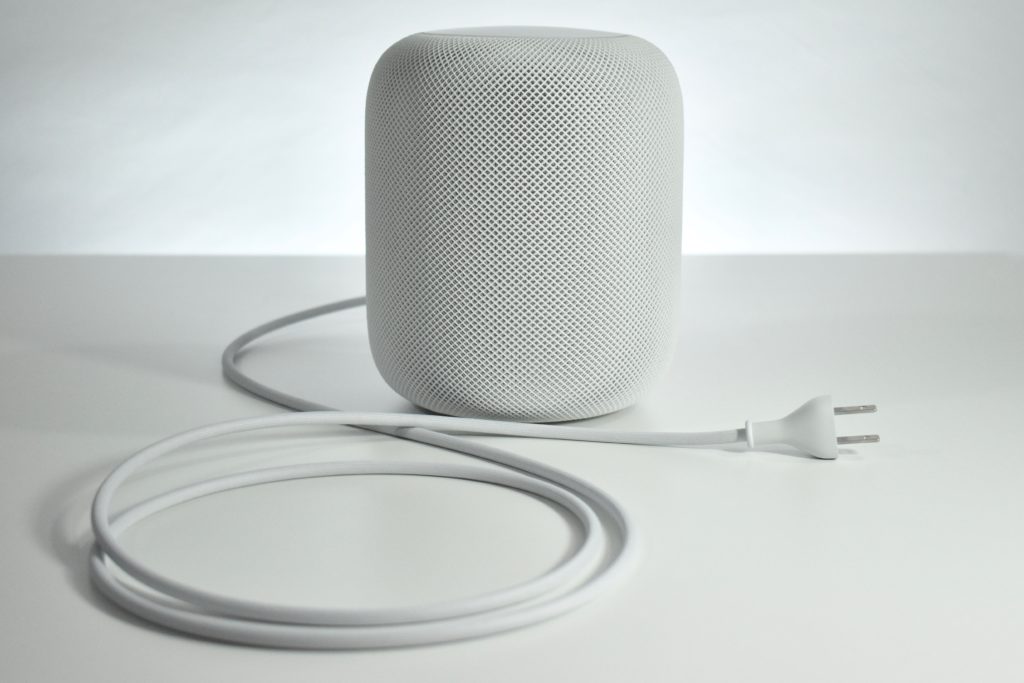The Apple Watch Ultra was announced on September 7, 2022, and was described as having a “revolutionary new design with breakthrough capabilities.” Apple highlighted the Apple Watch Ultra as:
“built for endurance, exploration, and adventure. Apple Watch Ultra introduces a 49mm titanium case and flat sapphire front crystal that reveals the biggest and brightest Apple Watch display yet. A customizable Action button offers instant access to a wide range of useful features. Apple Watch Ultra has the best battery life of any Apple Watch, reaching up to 36 hours during normal use.”
The Apple Watch Ultra website focused upon the ruggedness of the design and depicted users in “extreme sport” situations including running through a desert, climbing mountains, and scuba diving. To match these scenarios, the Apple Watch Ultra offered three new band designs, the Trail Loop, Alpine Loop, and Ocean Band. Apple described each new band:
- Trail Loop. Comfort for the long run. Designed to be light, thin, and flexible. It features a fuss-free loop closure for quick adjustments during workouts. Extra stretch built into the webbing makes it easy to cinch for optimal fit.
- Alpine Loop. Tough as trails. Light, durable, and made from two textile layers seamlessly woven into one continuous piece without stitching. The corrosion‑resistant titanium G‑hook slips smoothly into the reinforced loops for a secure fit.
- Ocean Band. The sea is calling. Molded from fluoroelastomer rubber, it’s lightweight and flexible. It has a titanium buckle and a spring‑loaded titanium adjustable loop that secures through the tubes for a hypersecure fit, even during high‑speed water sports. An attachable band extension lets you wear it over a thick wet suit.
In addition to its rugged design, several features were exclusive to the Apple Watch Ultra. The Apple Watch Ultra had apps for scuba and free diving, a redesigned compass, a lightweight titanium case, a precision dual-frequency GPS, and its battery could last up to 36 hours (up to 60 hours in low power mode). It had a screen that was twice as bright as other Apple Watch models (up to 2000 nits) and had a night mode for low-light situations.
The Apple Watch Ultra also had an extra “Action button” on the left side that “gives you quick, physical control over a variety of functions. It’s customizable and can do things like control a workout, mark a Compass Waypoint, or begin a dive.” The “International Orange” button could be customized in the iPhone Watch app to control the following functions:
- Workout
- Stopwatch
- Waypoint
- Backtrack
- Dive
- Flashlight
- Shortcut
When pressed and held, the Action Button activated an “86-decibel sound pattern to attract help” that “can be heard up to 600 feet or 180 meters away.”
The Apple Watch Ultra also had a Three‑Microphone Array to allow use in windy environments. The microphones used an adaptive algorithm that “picks the best microphone for audio. Machine learning filters noise for optimal voice clarity.”
The larger size of the Apple Watch Ultra screen allowed a few additional display features unavailable in other models. While working out, the display allowed viewing up to six simultaneous metrics. The redesigned Compass app could be accessed in a new ring display on certain watch face designs and offered real-time elevation, incline, longitude, and latitude along with the directional information.
The Apple Watch Ultra was released in just one color, size, and finish: a metallic light-beige shade of titanium. The display was 49mm. All models used three chips, including the S8 with 64-bit dual-core processor, W3 Apple wireless chip, and U1 Ultra Wideband chip. GPS and Cellular were standard features along with 802.11b/g/n 2.4GHz and 5GHz Wi-Fi and Bluetooth 5.3. It measured 49 x 44mm and was 14.4mm deep. It weighed 61.3 grams.
Sources Apple (Newsroom, product, specs)






